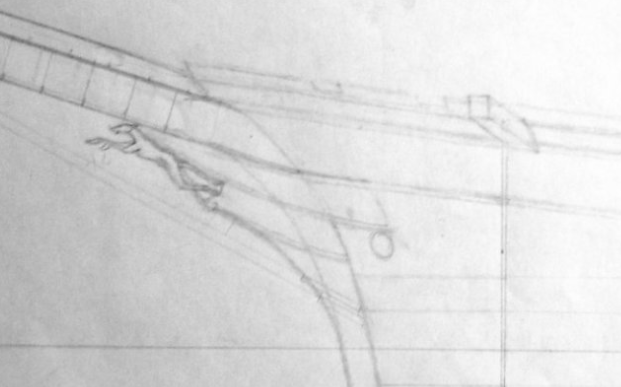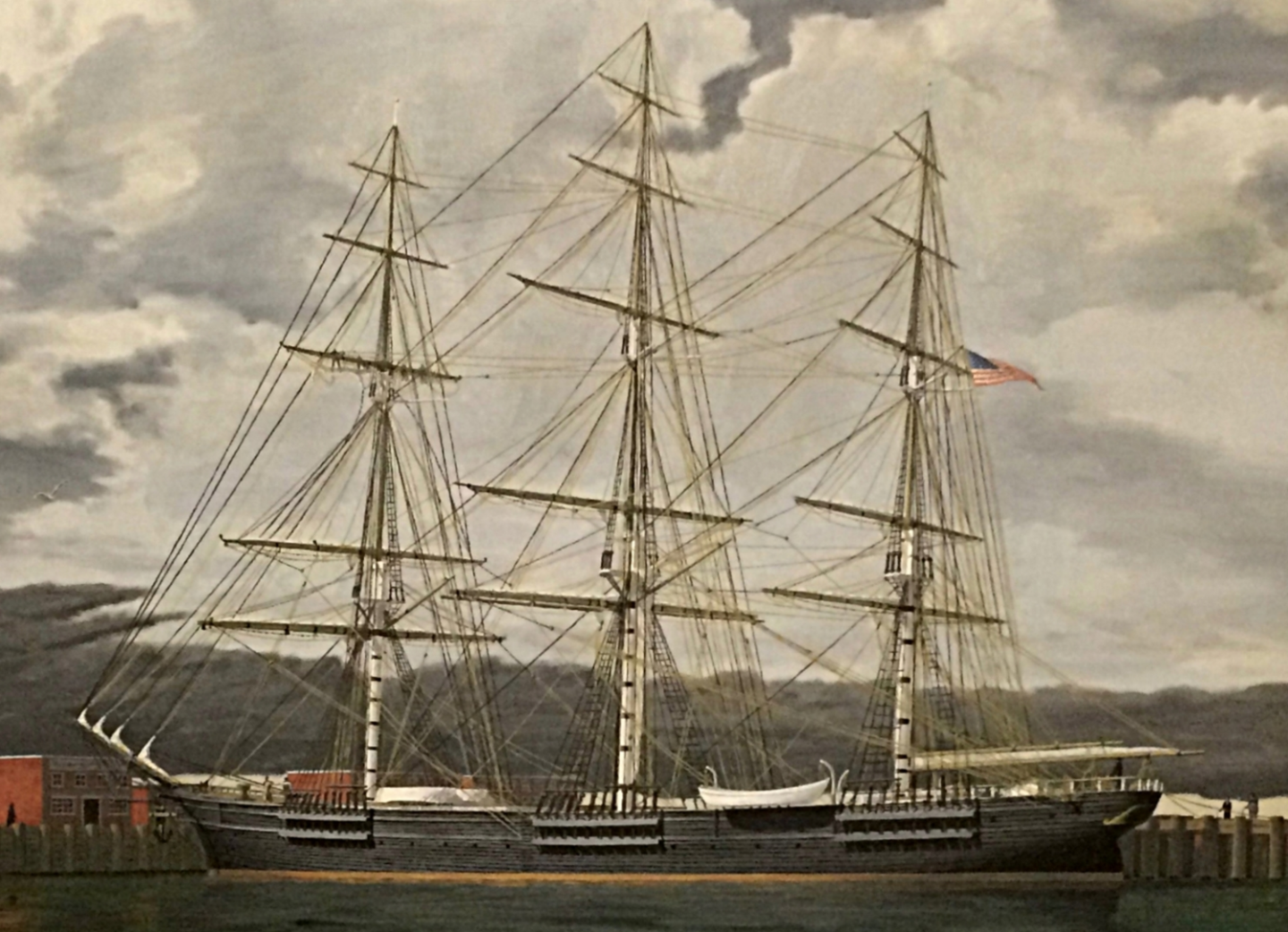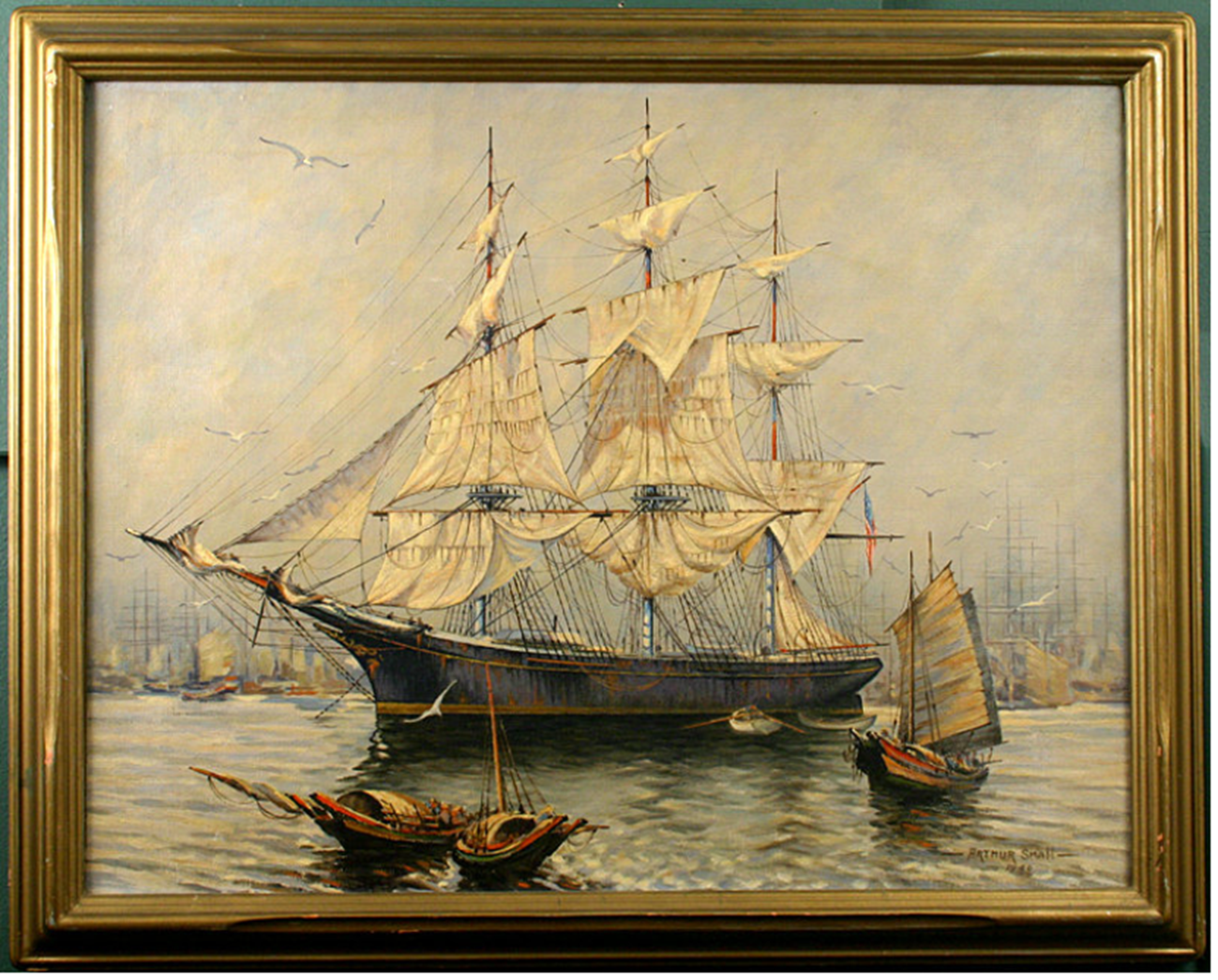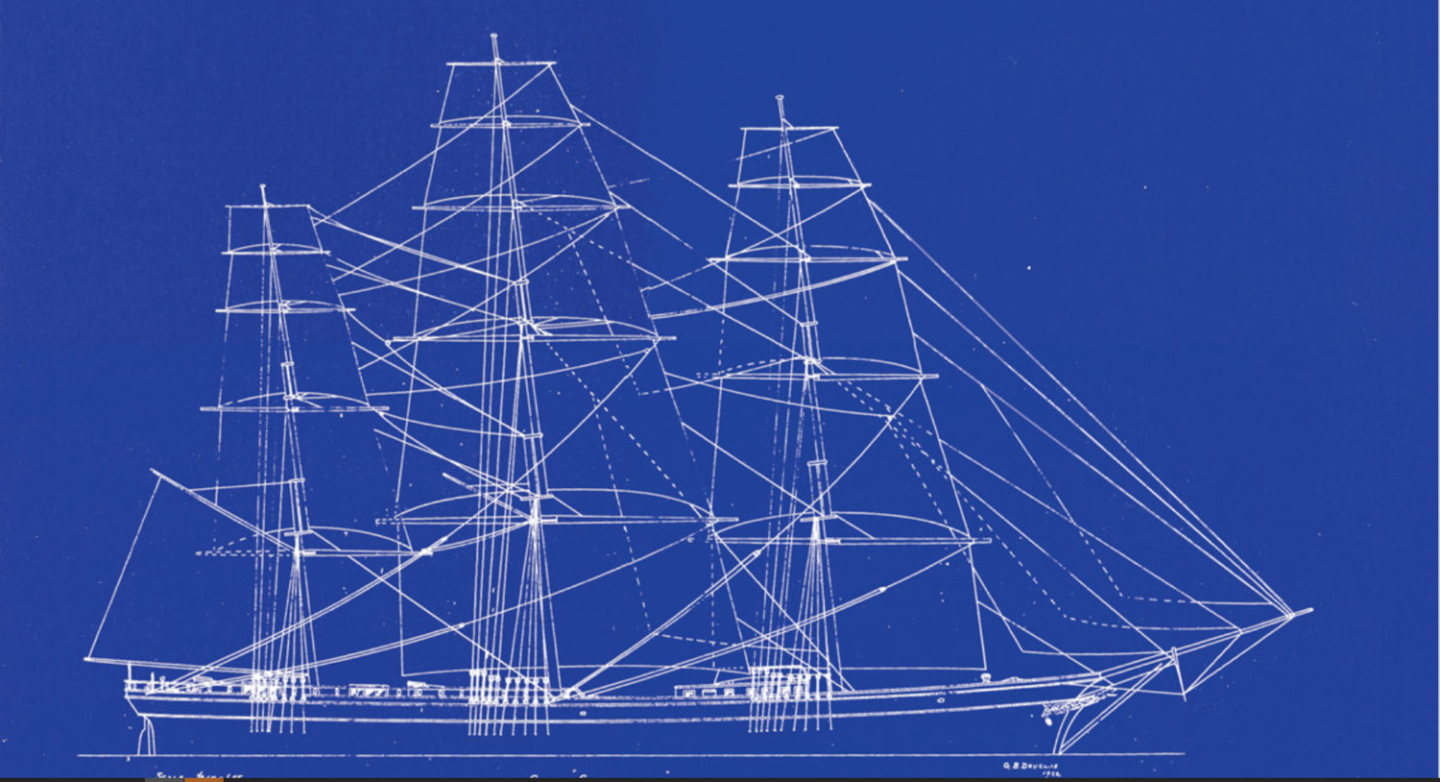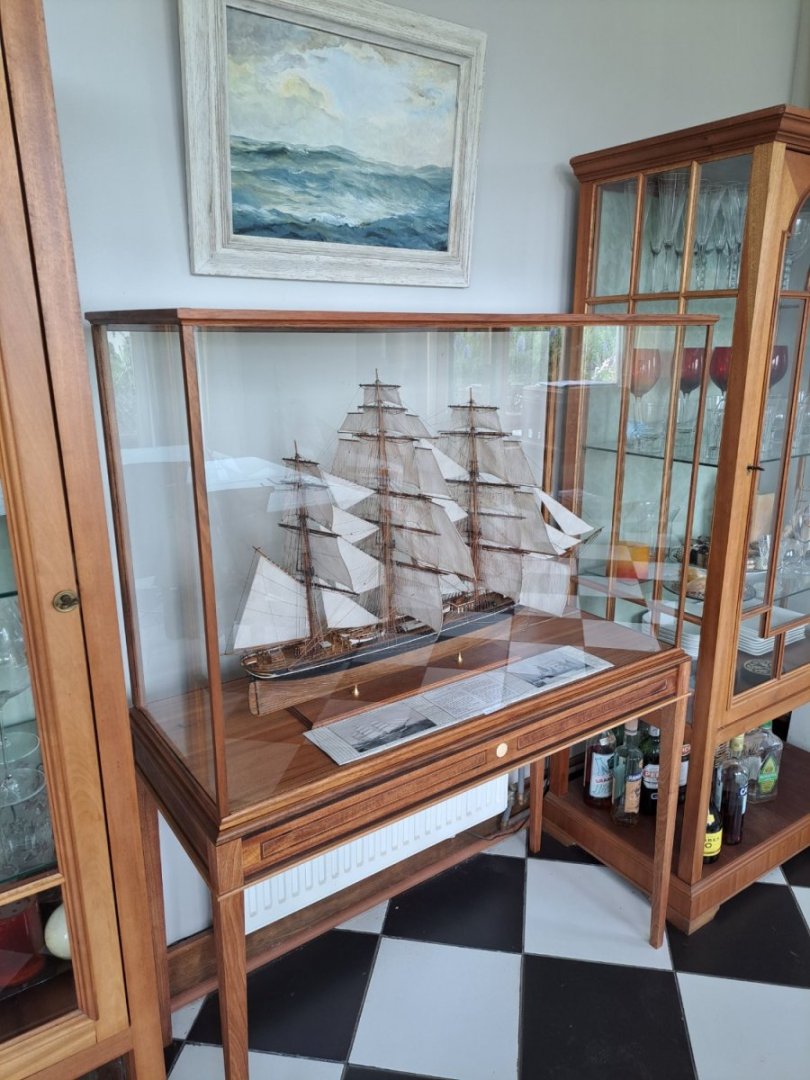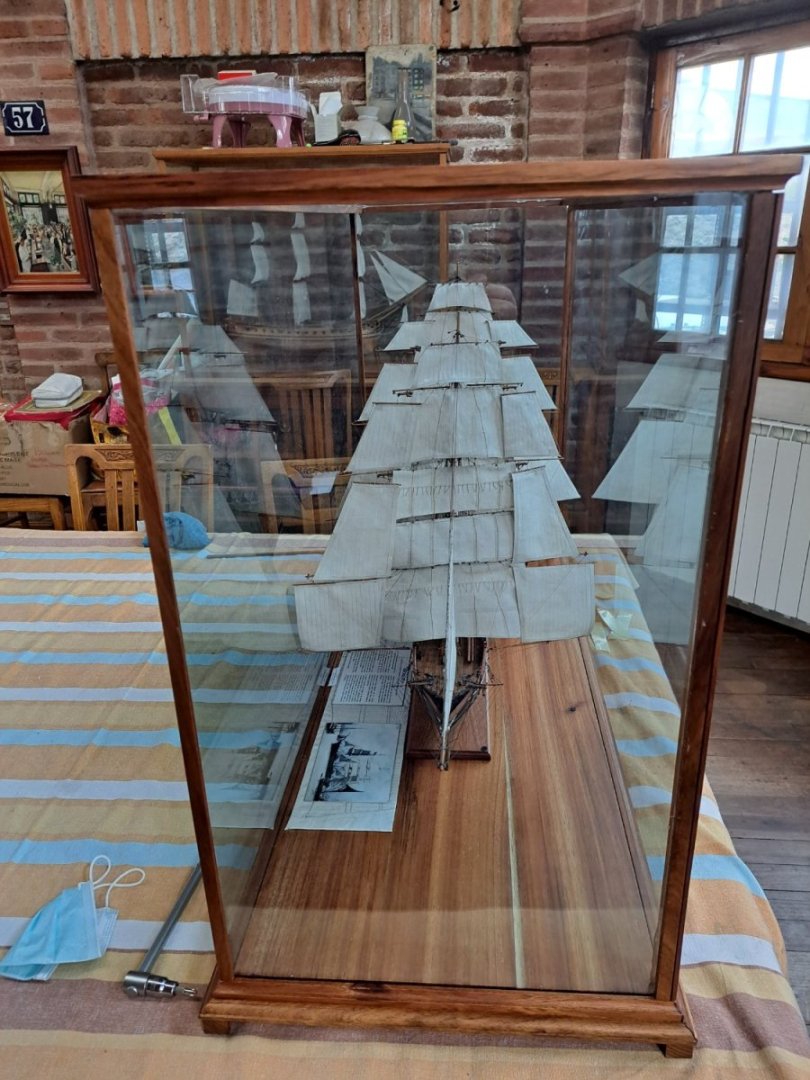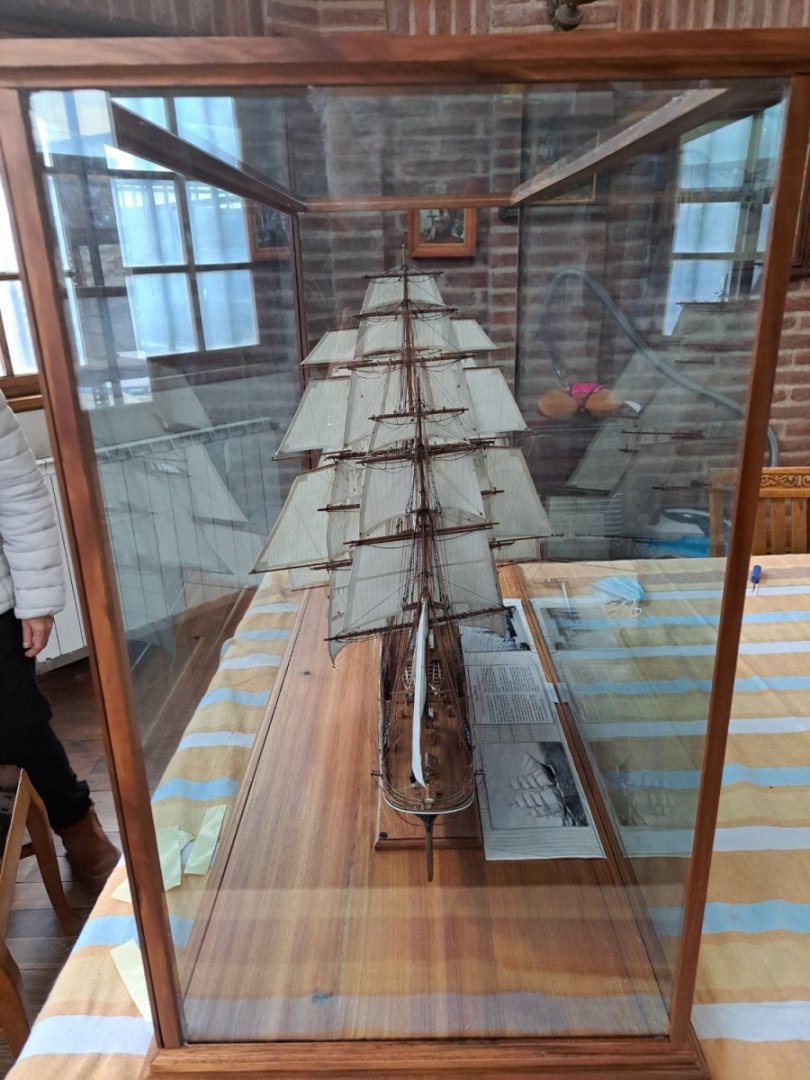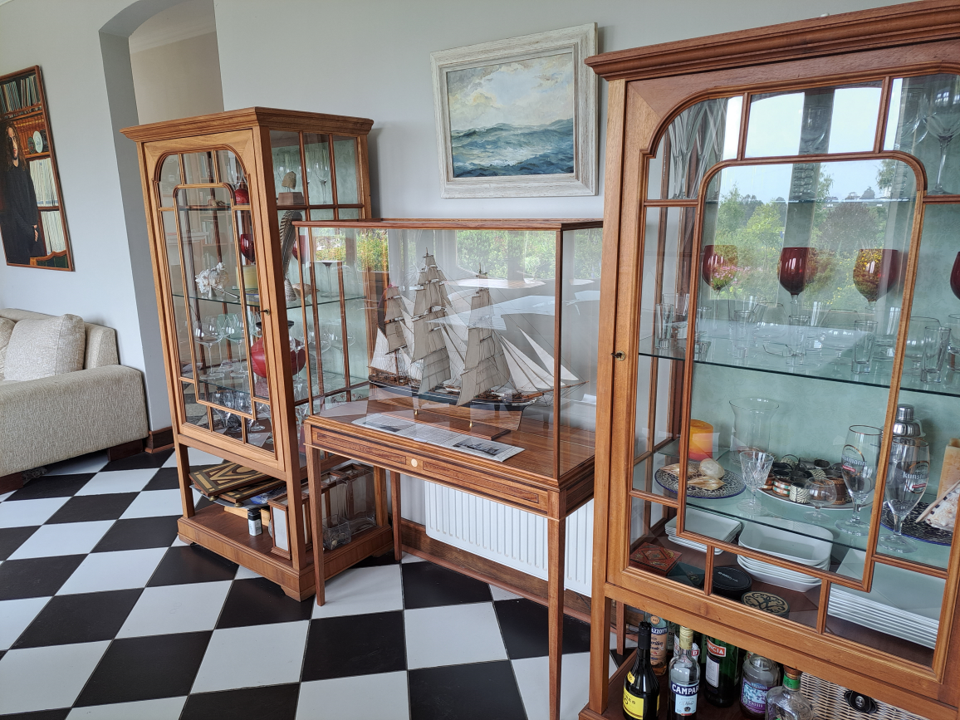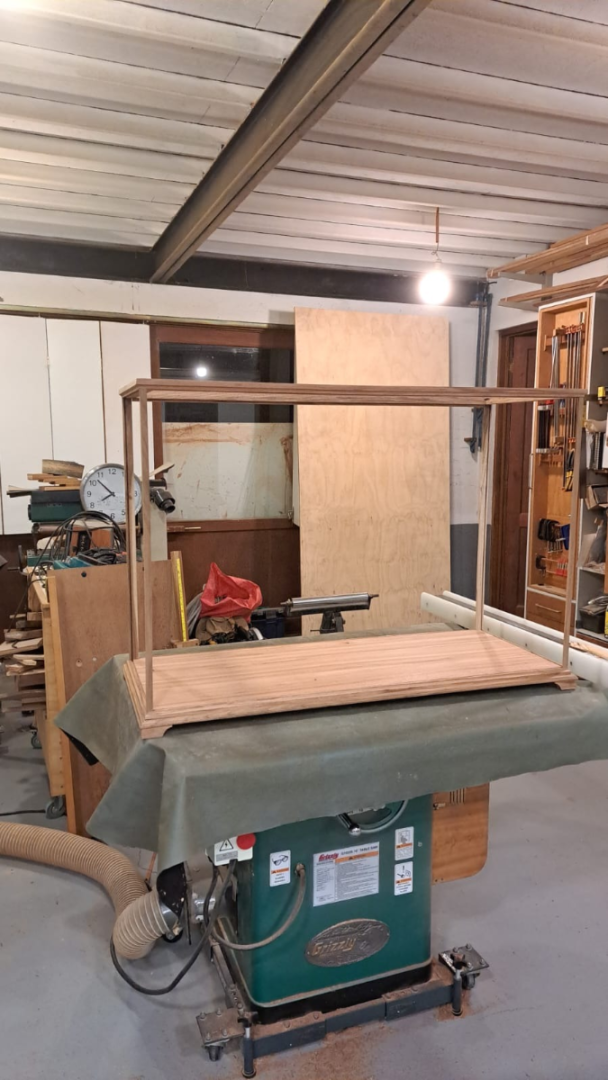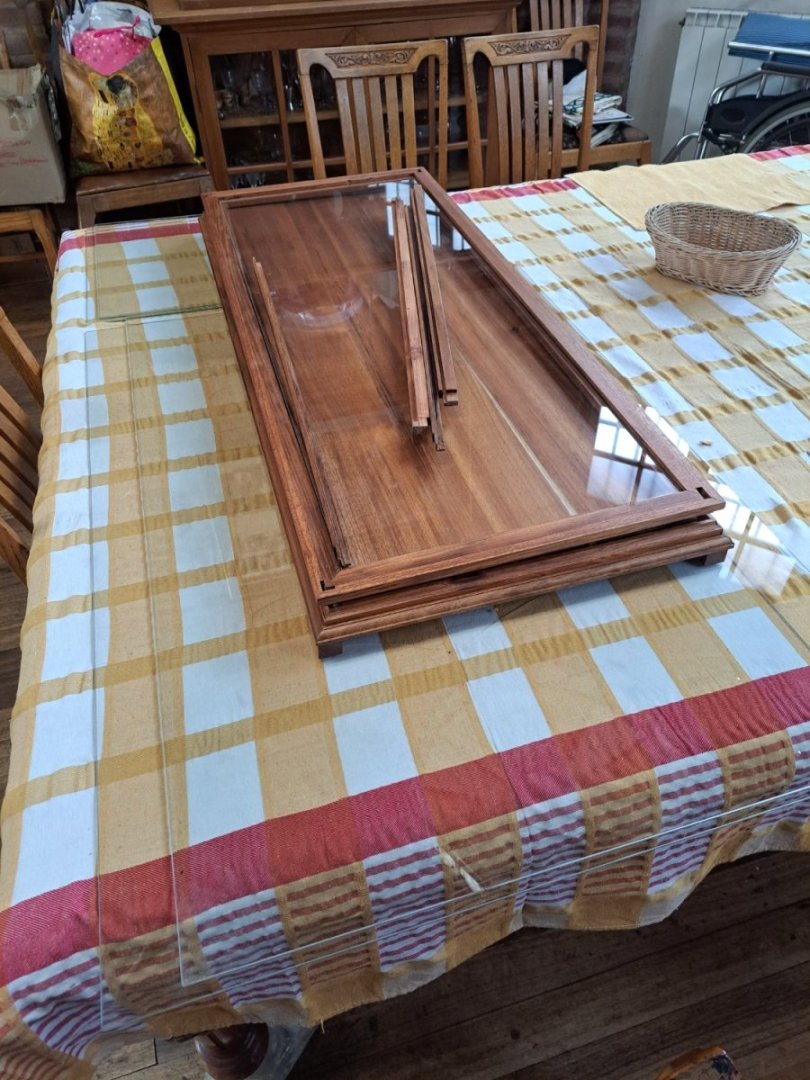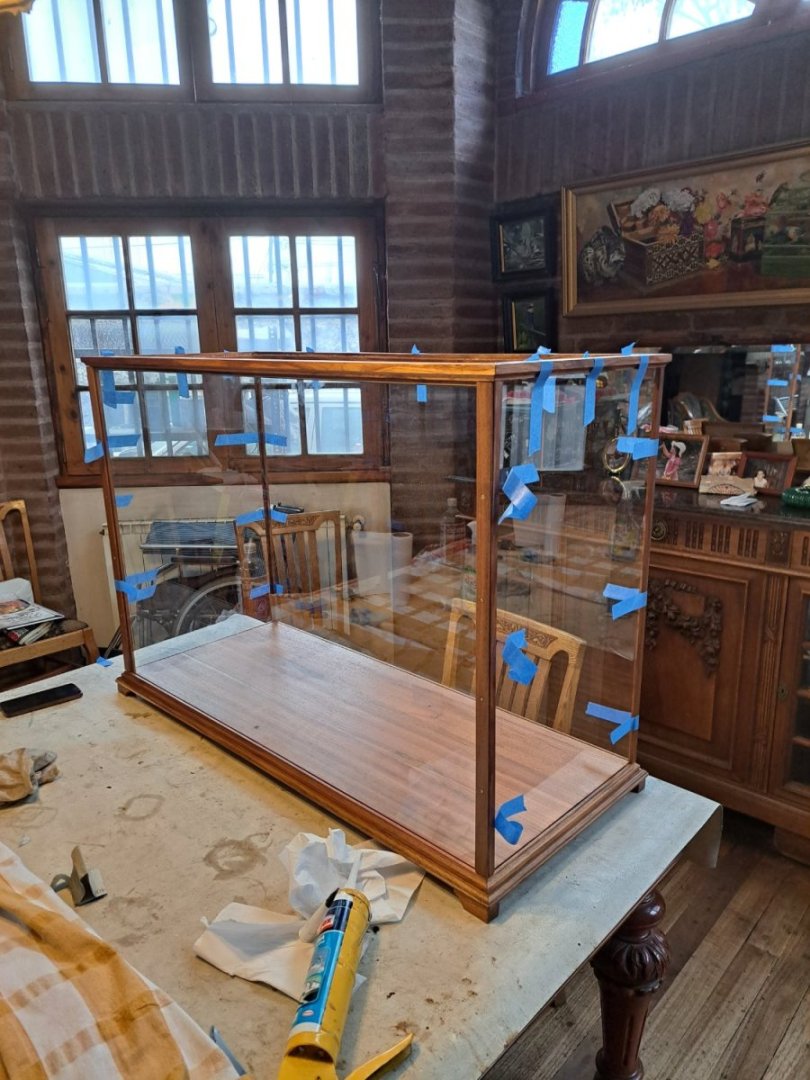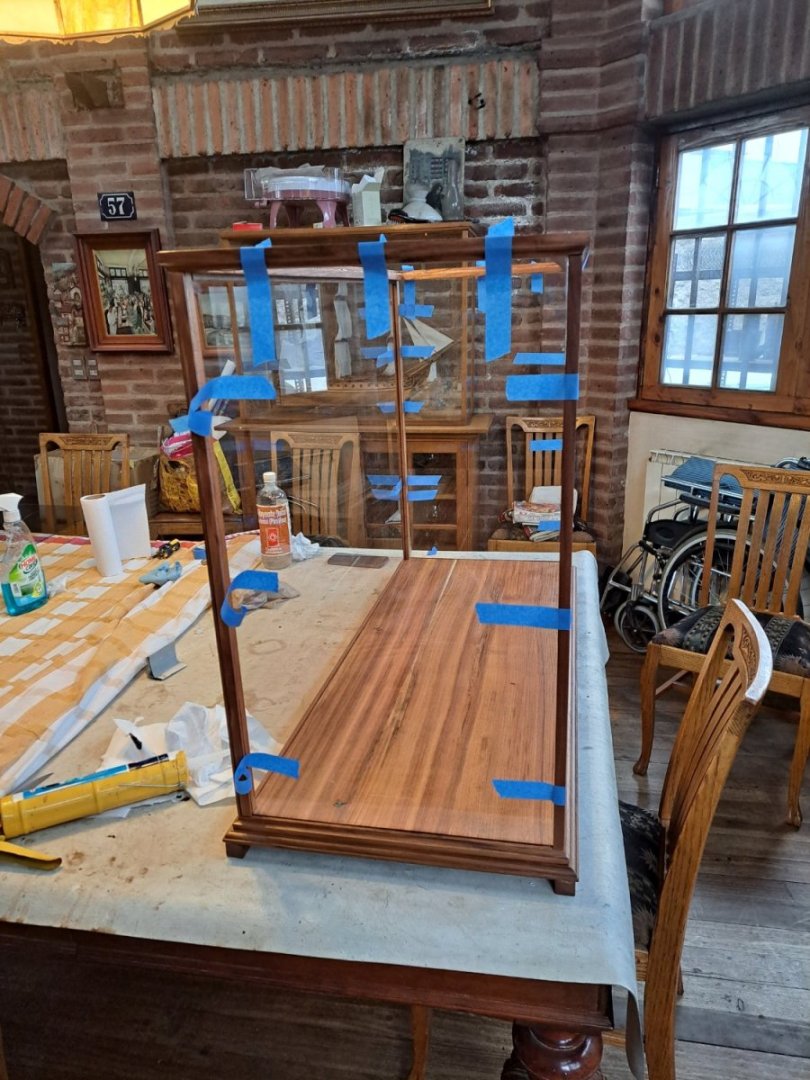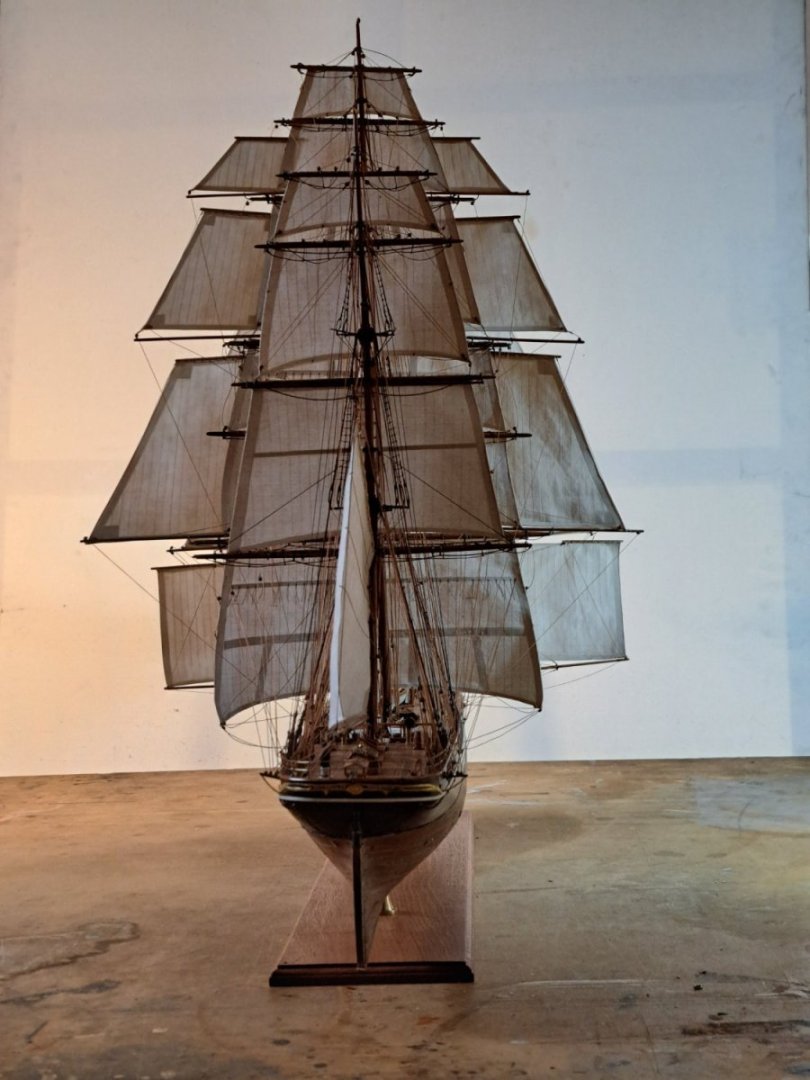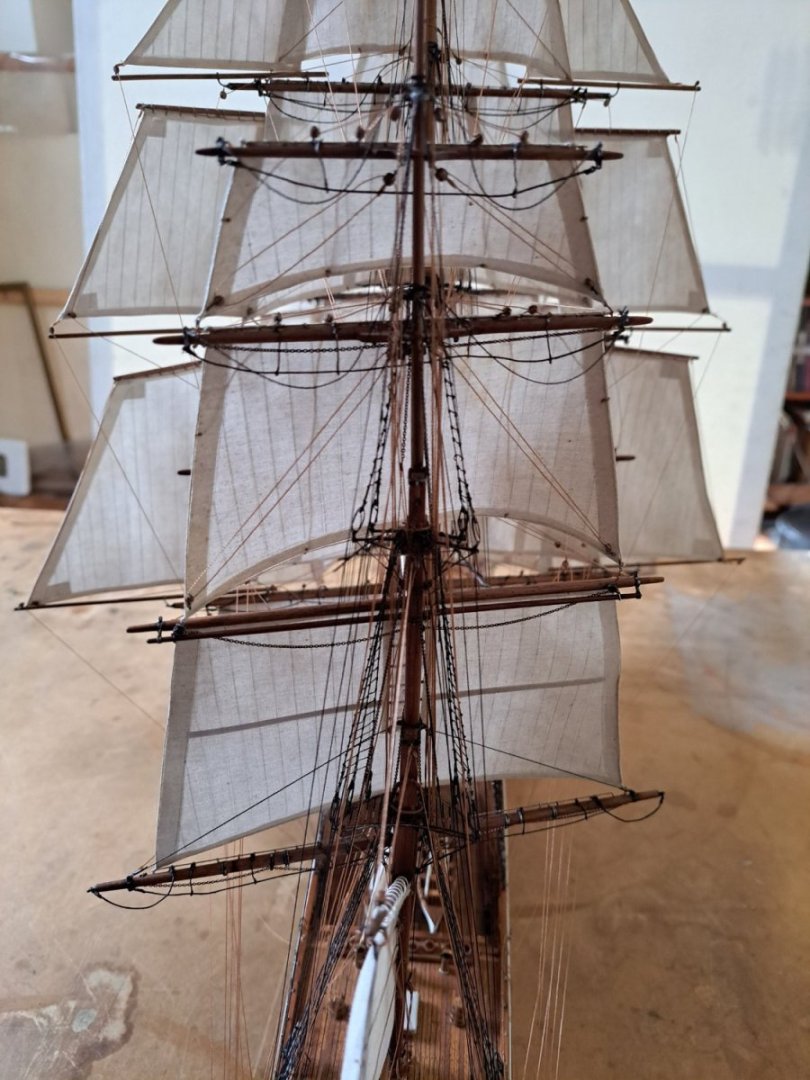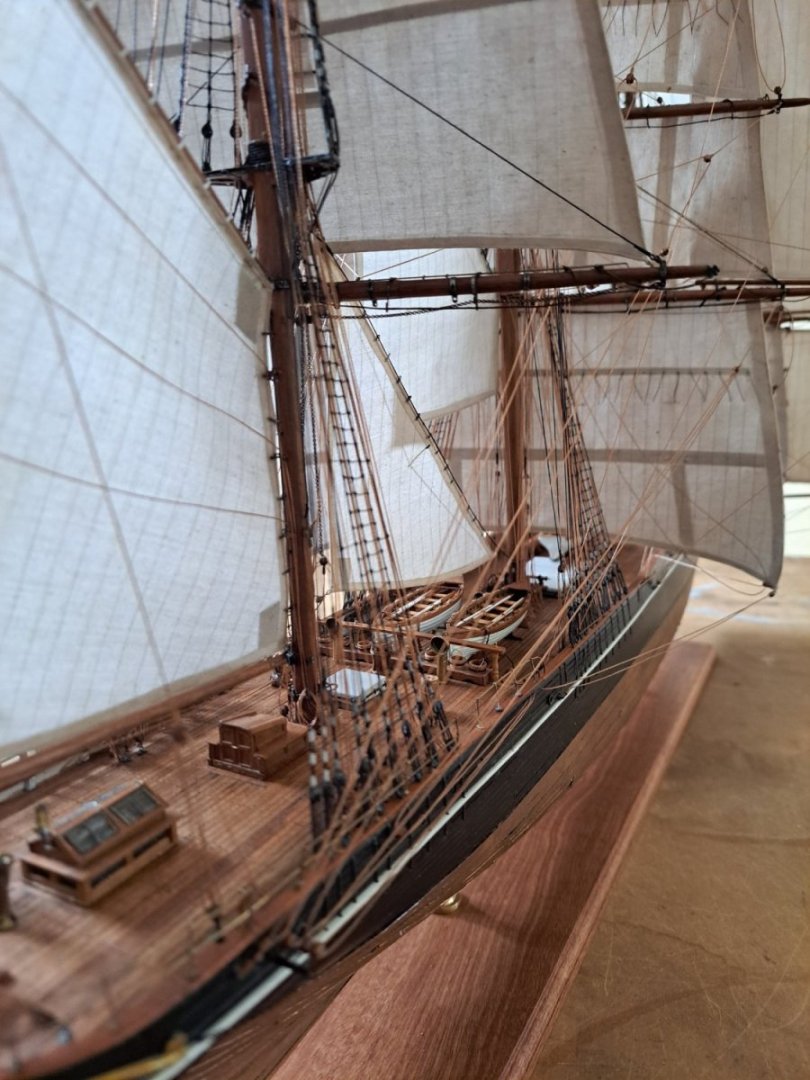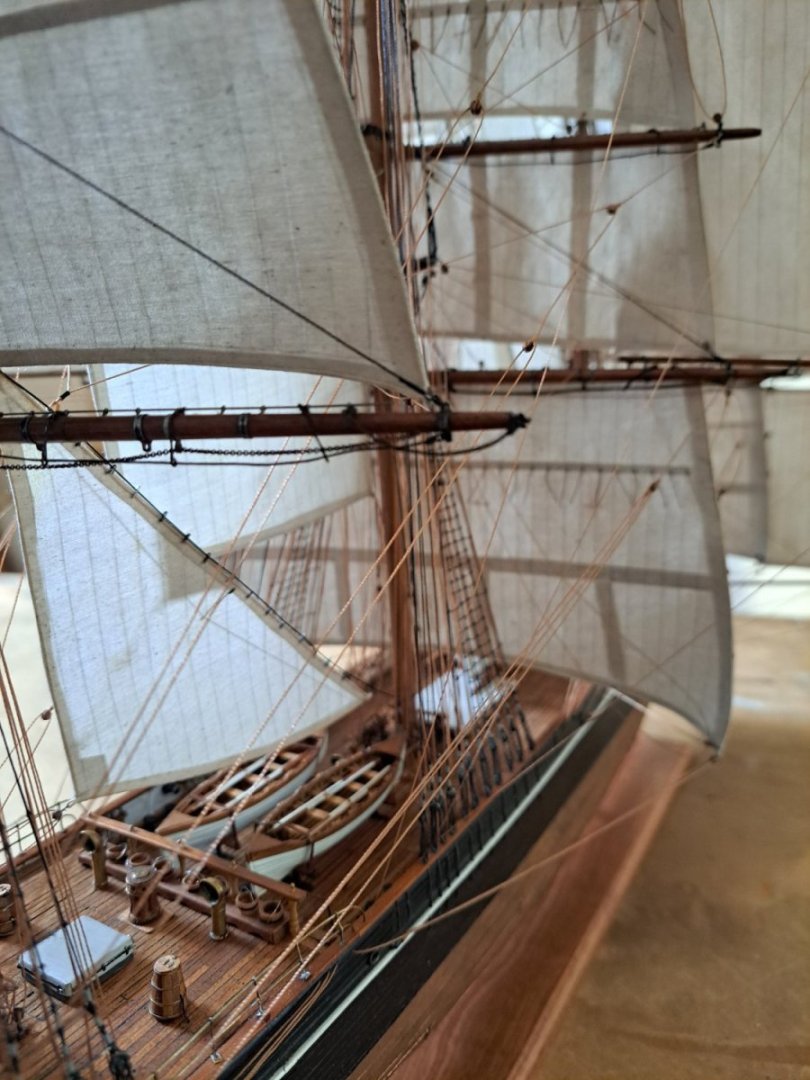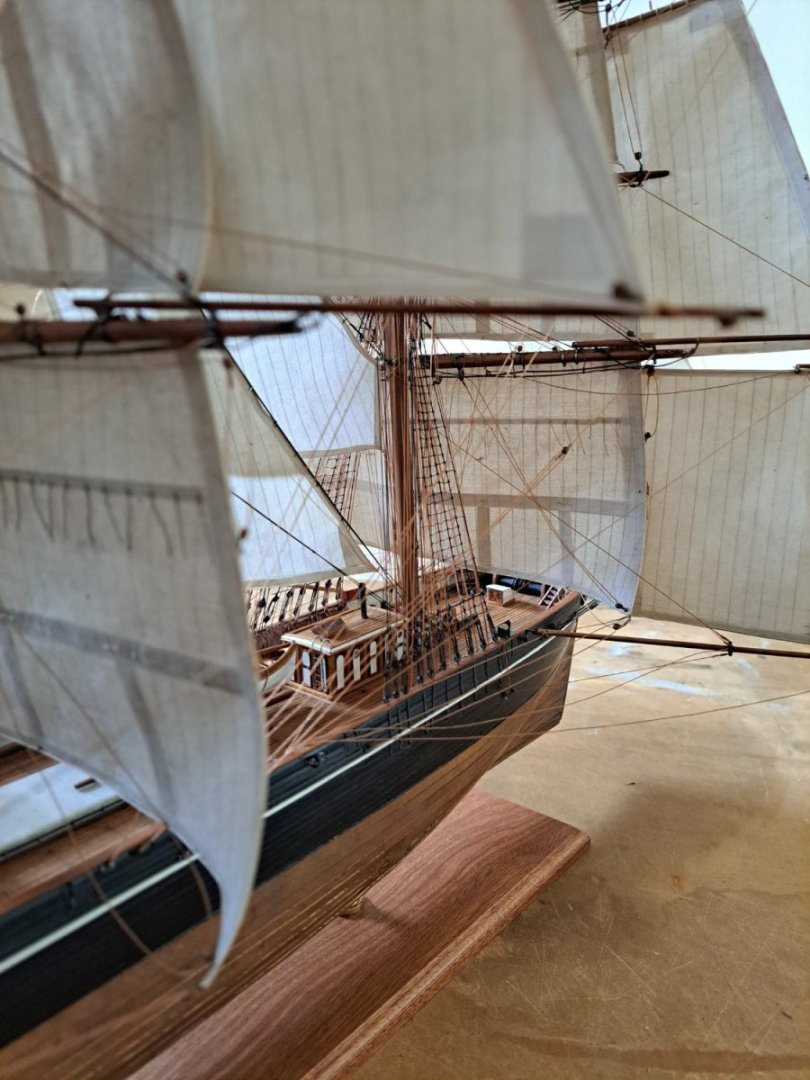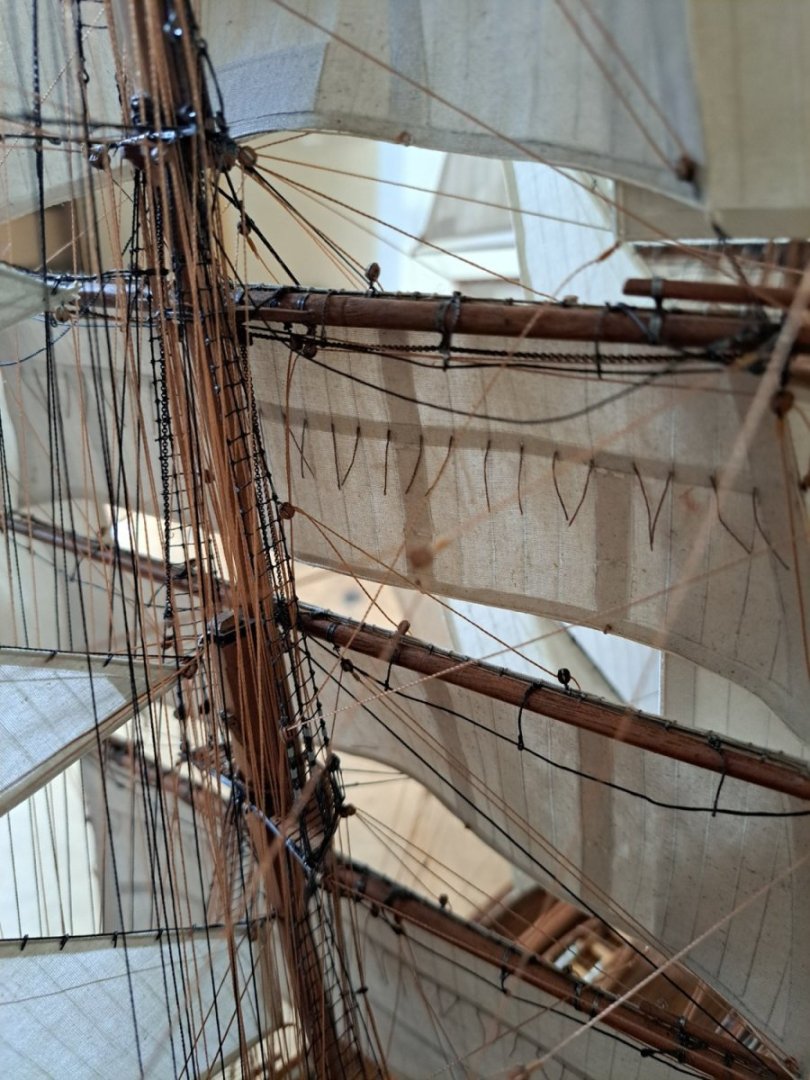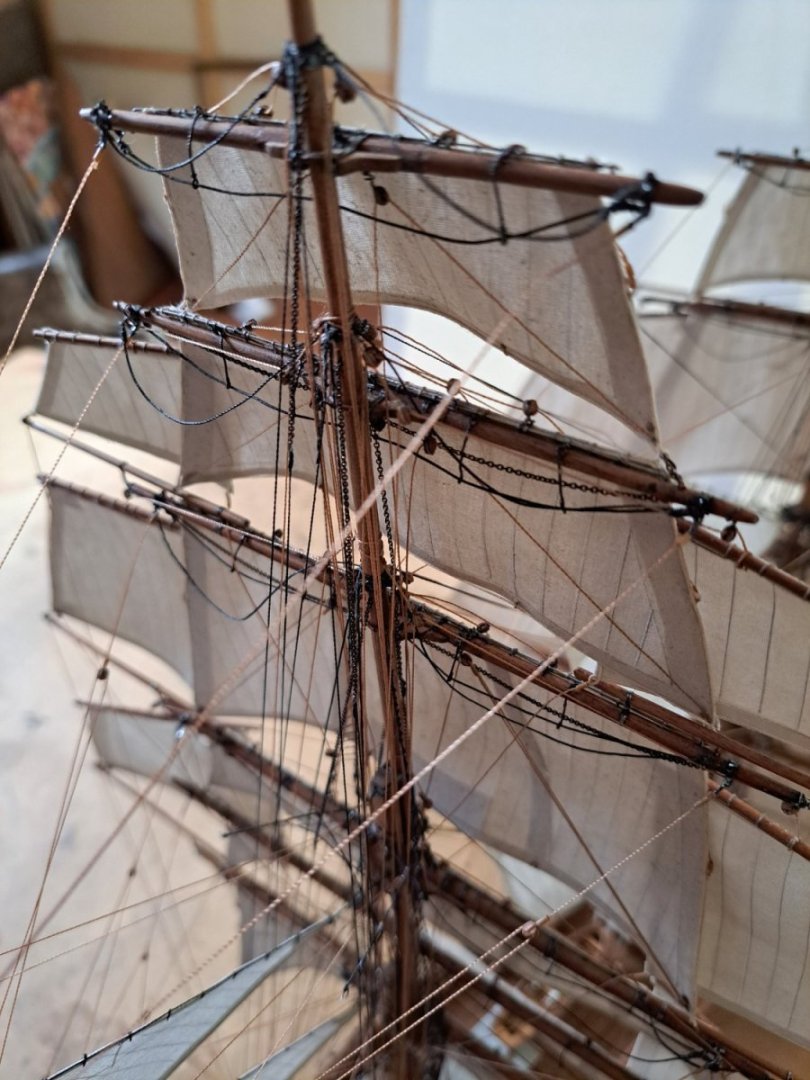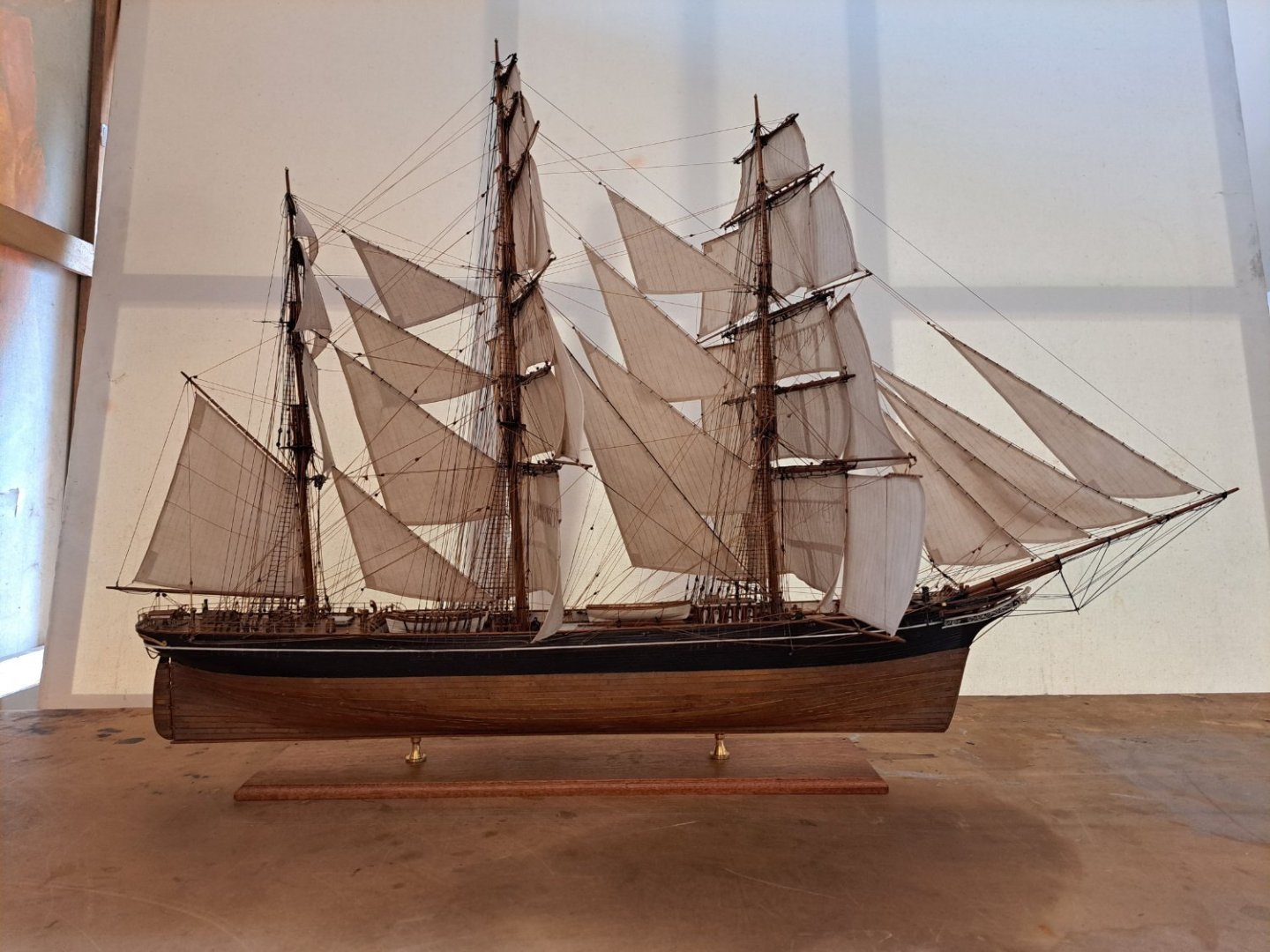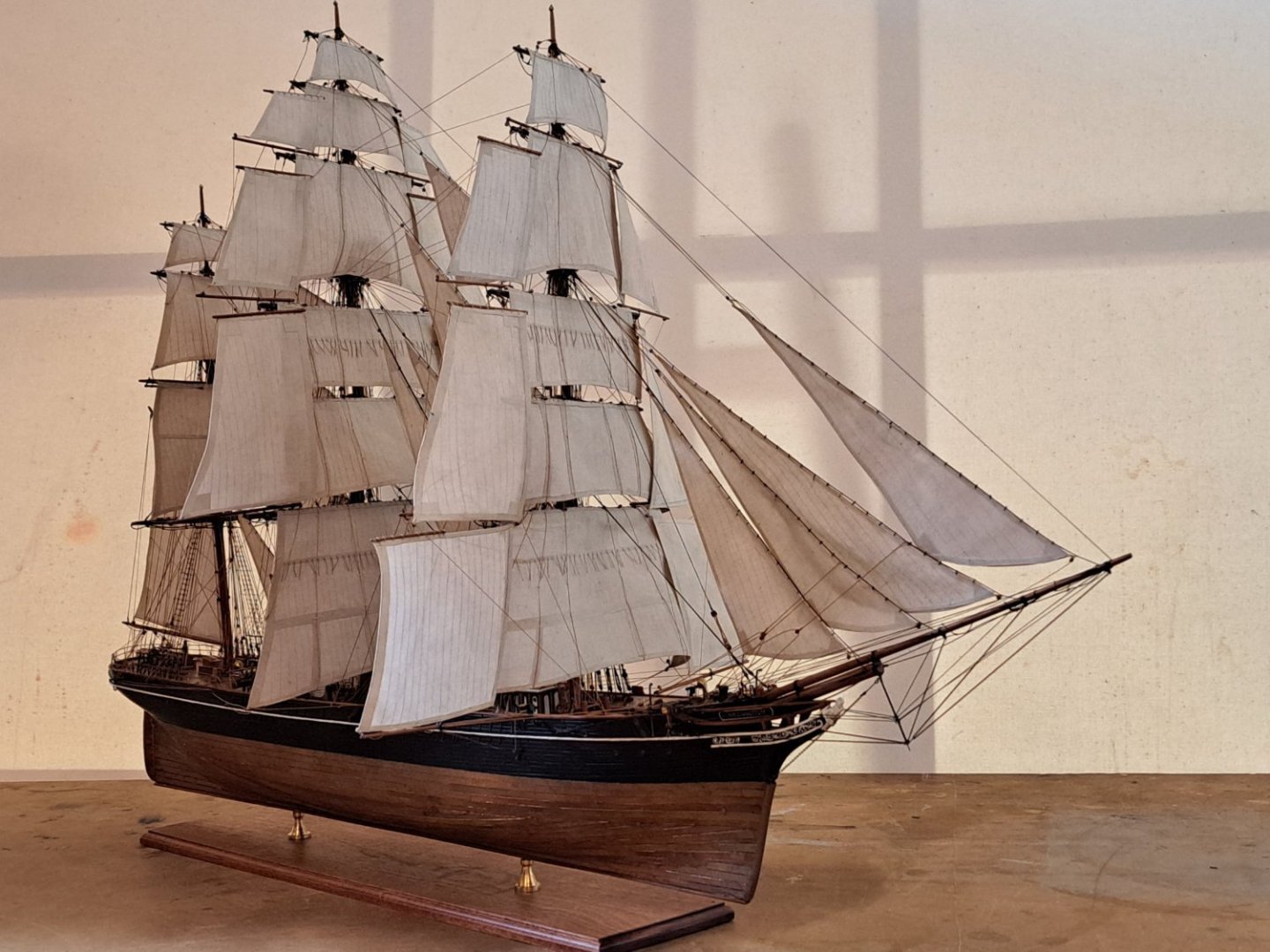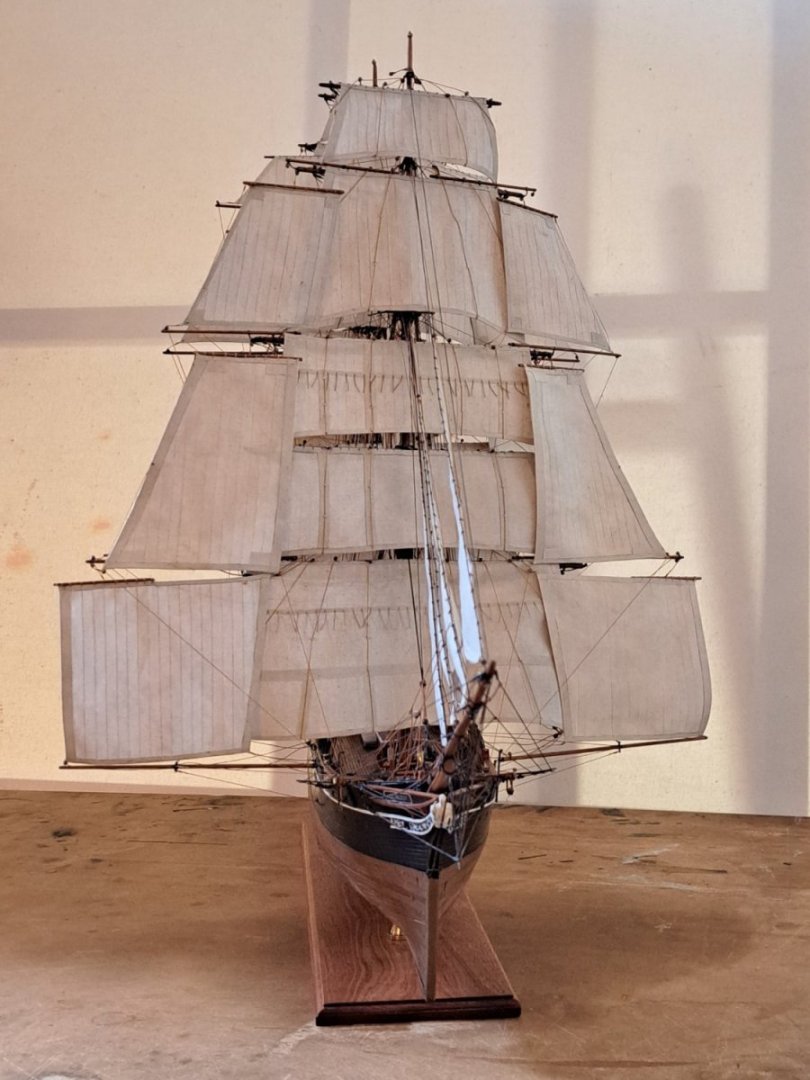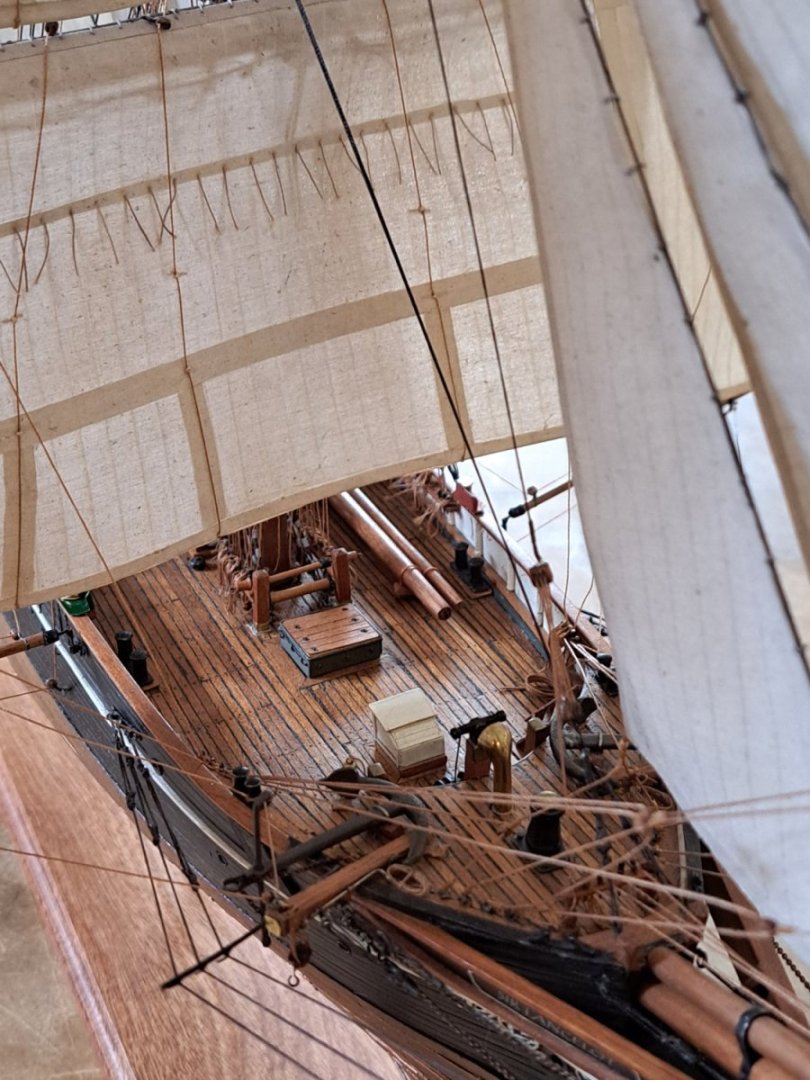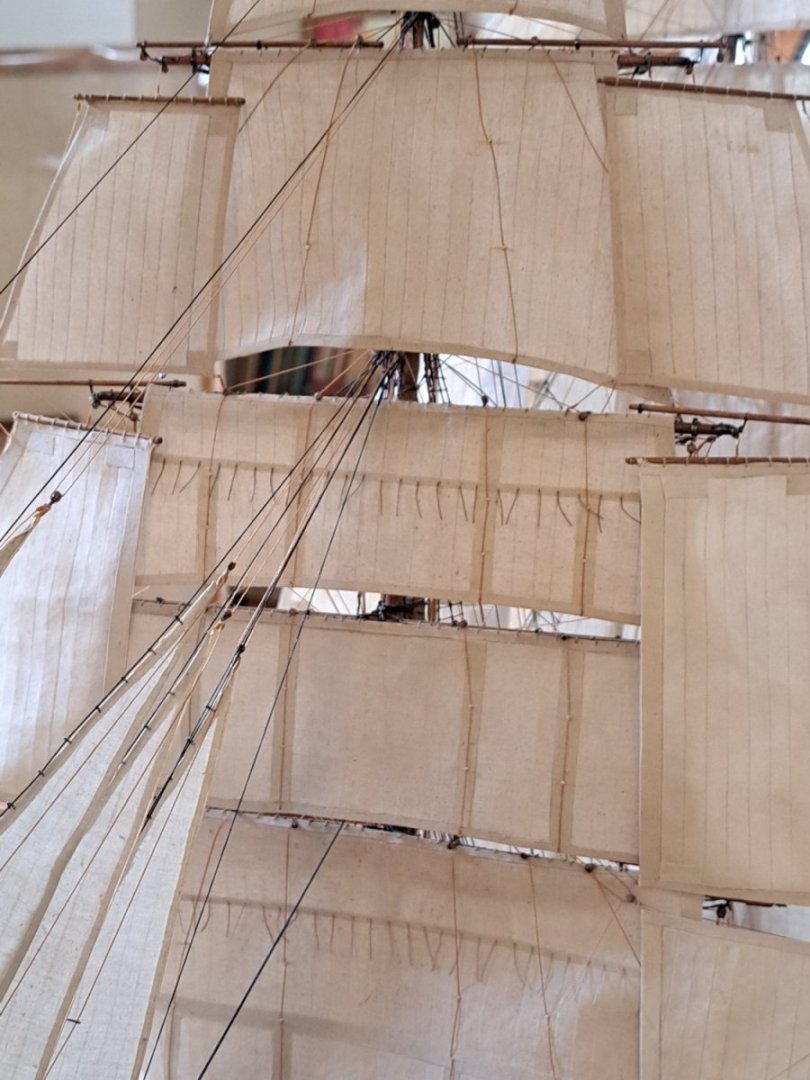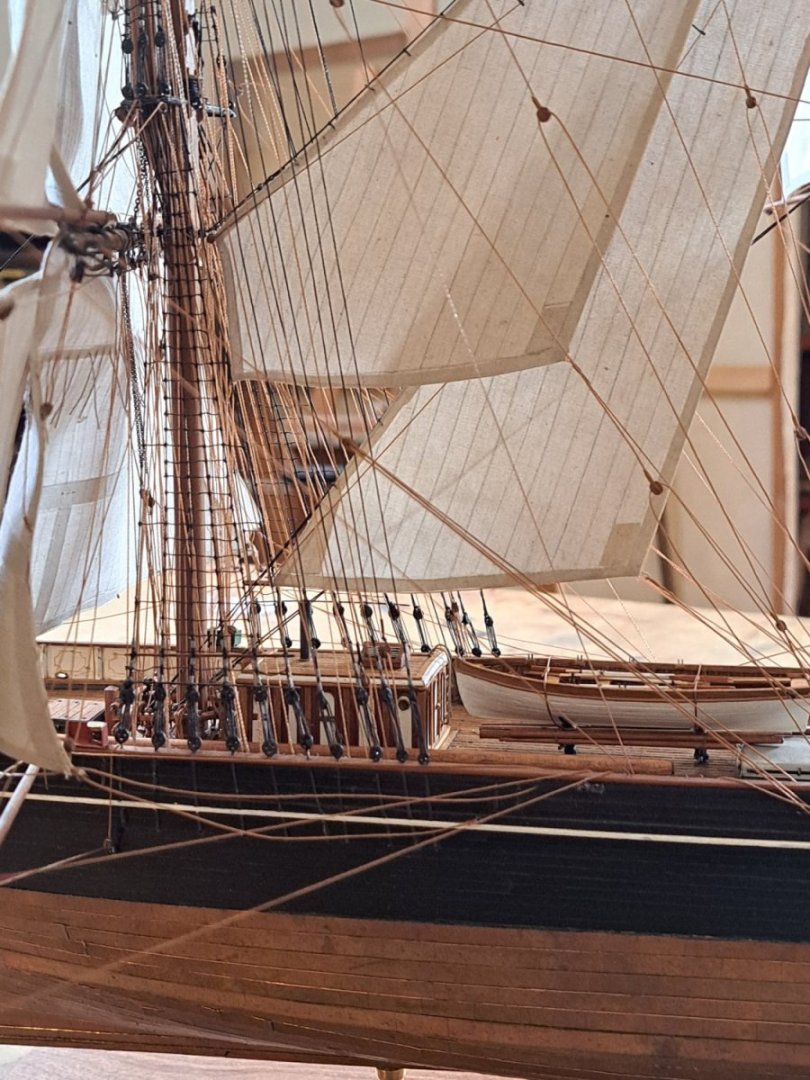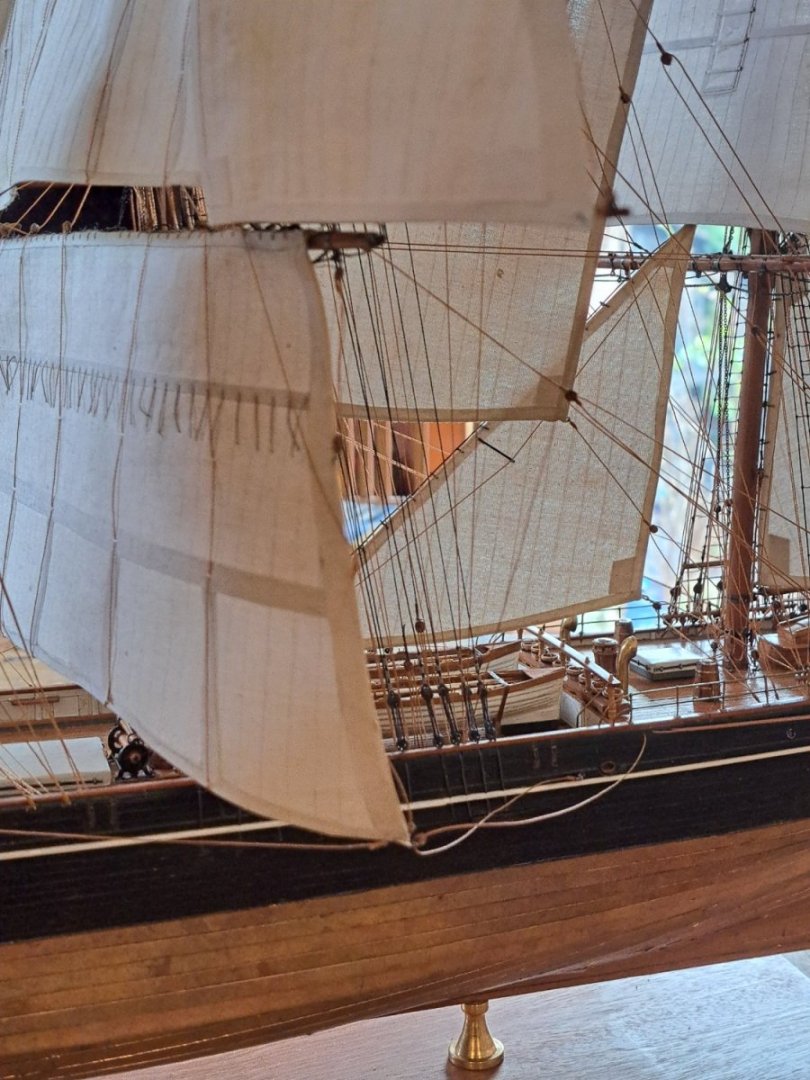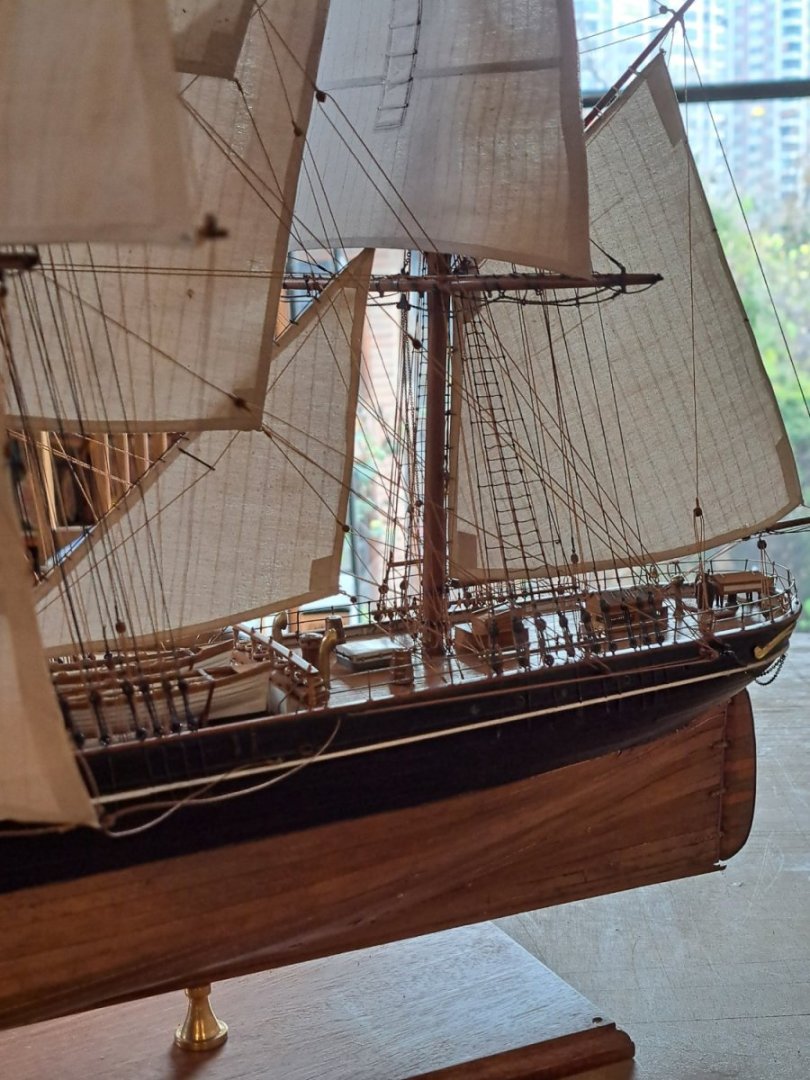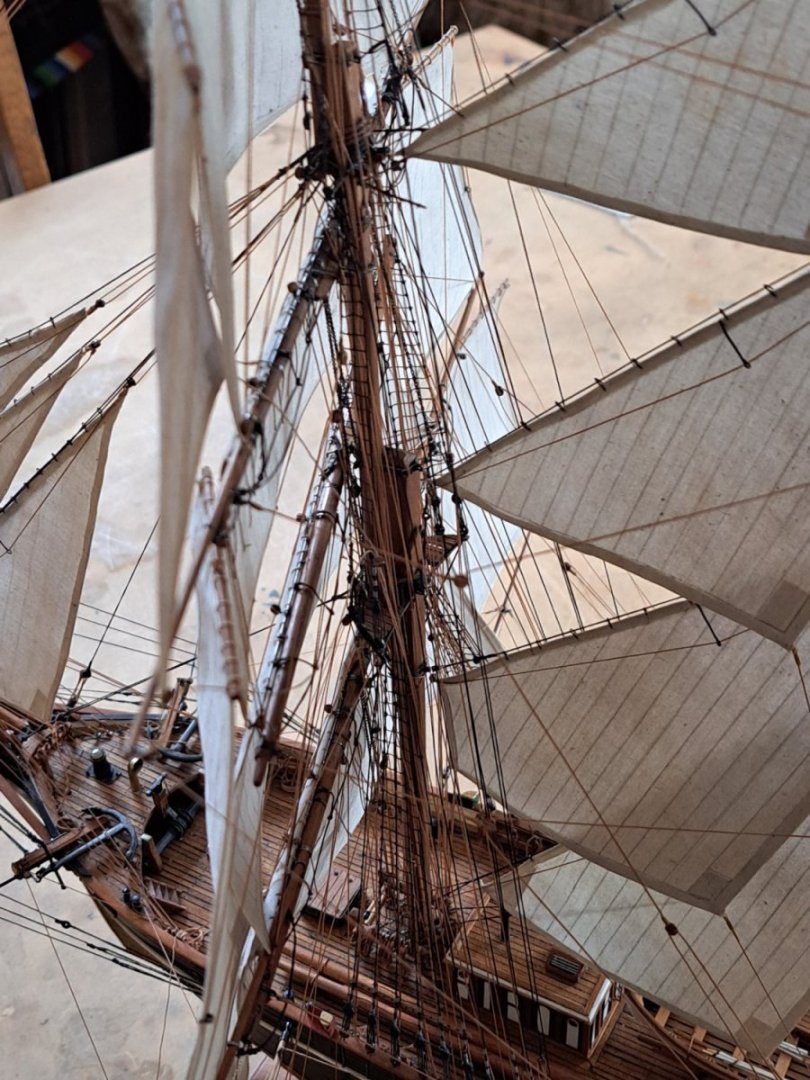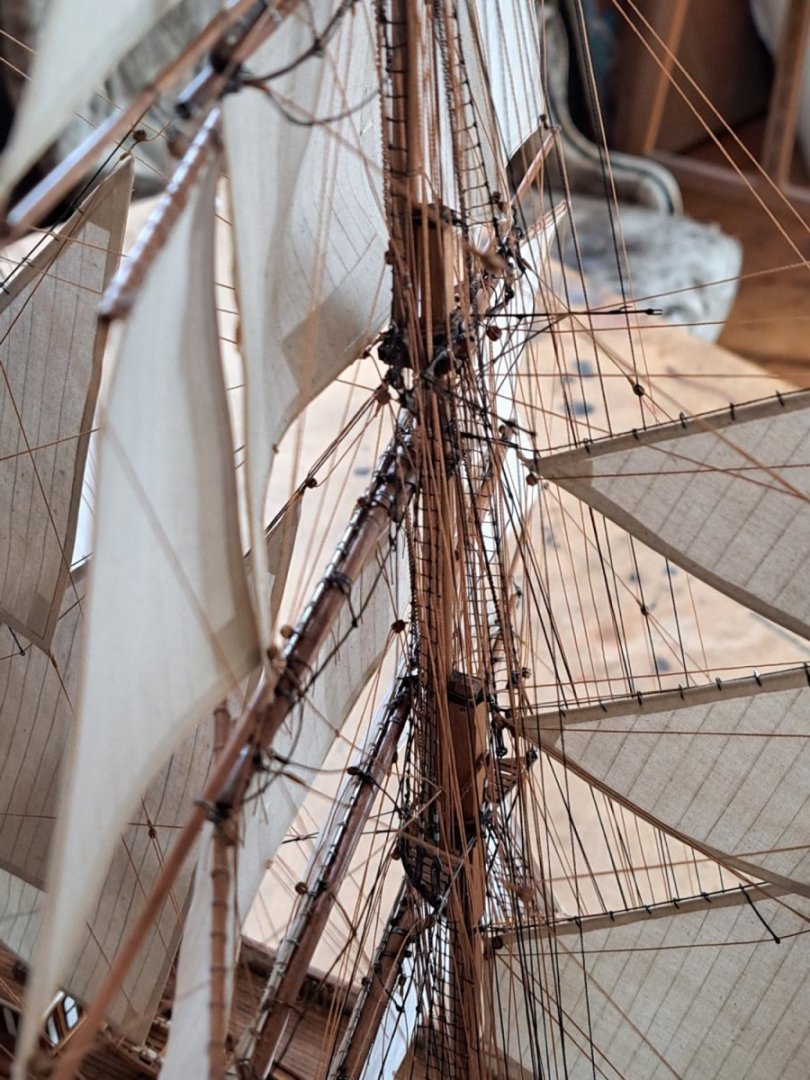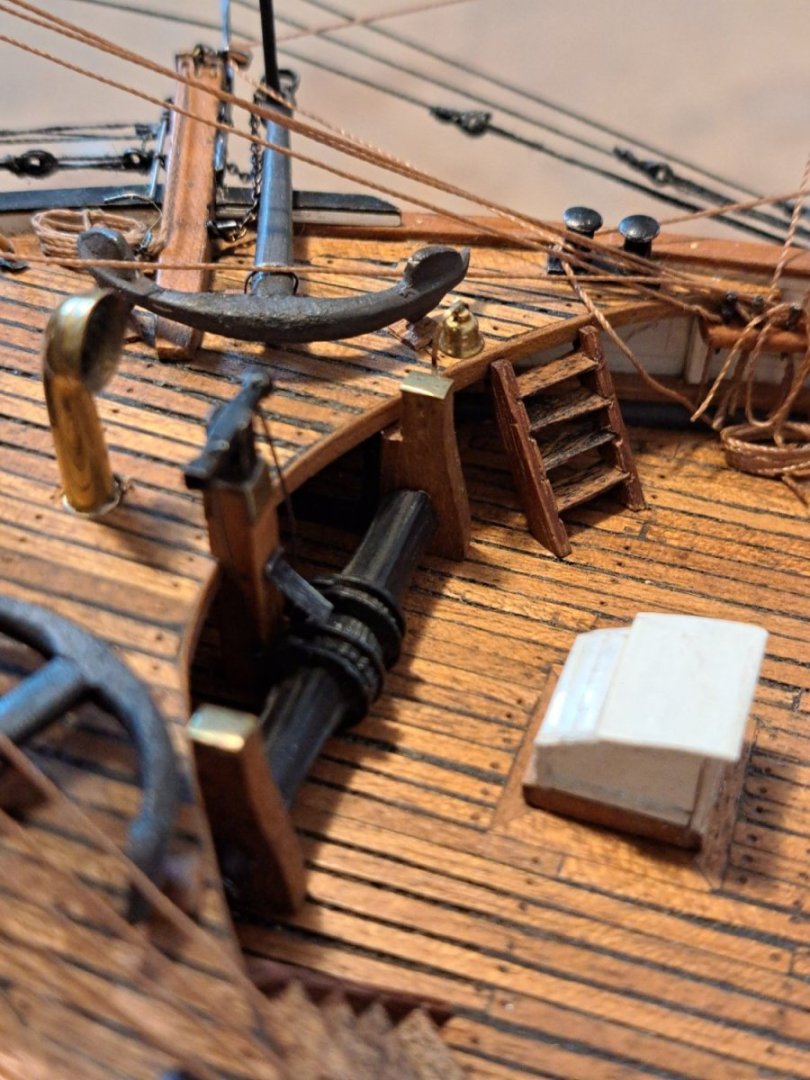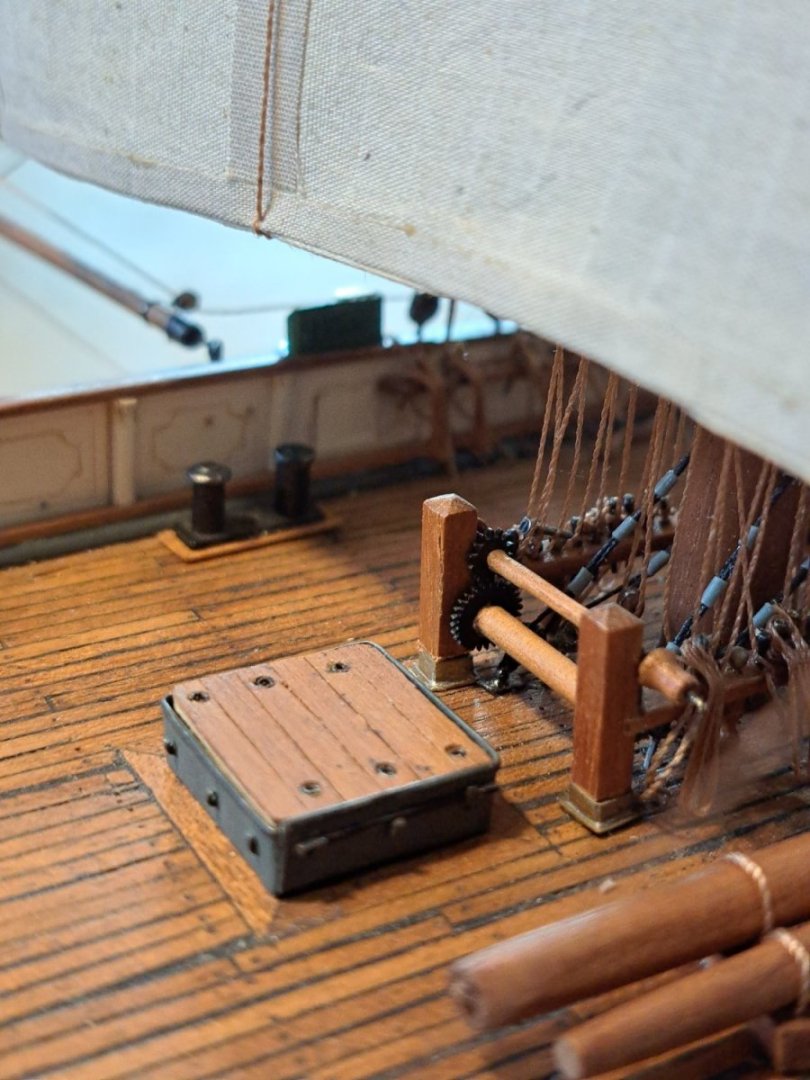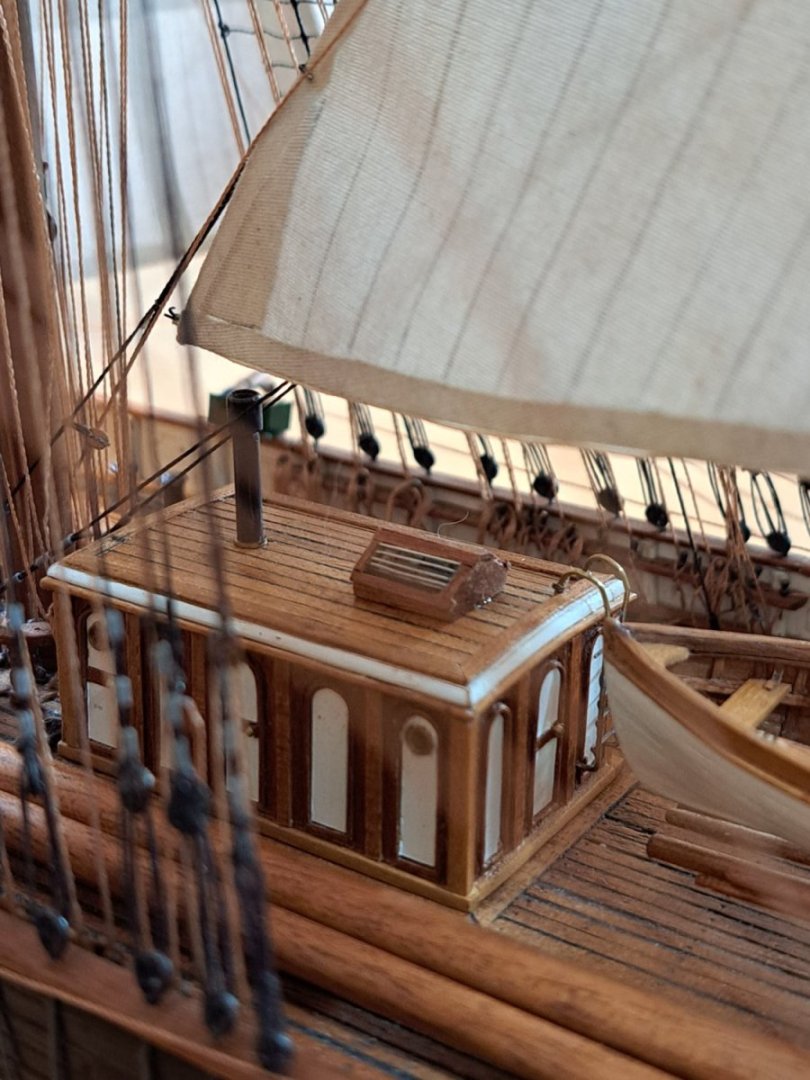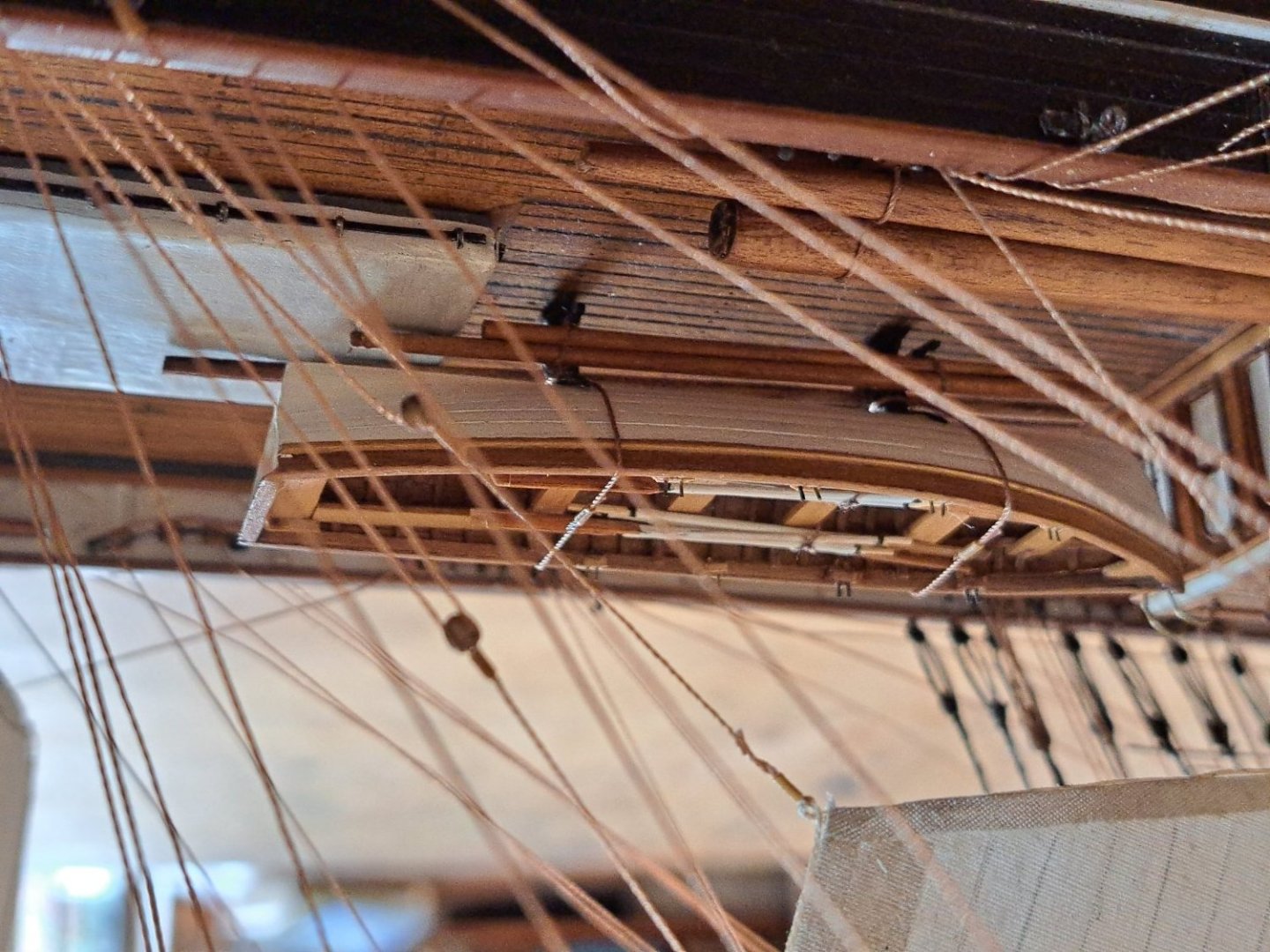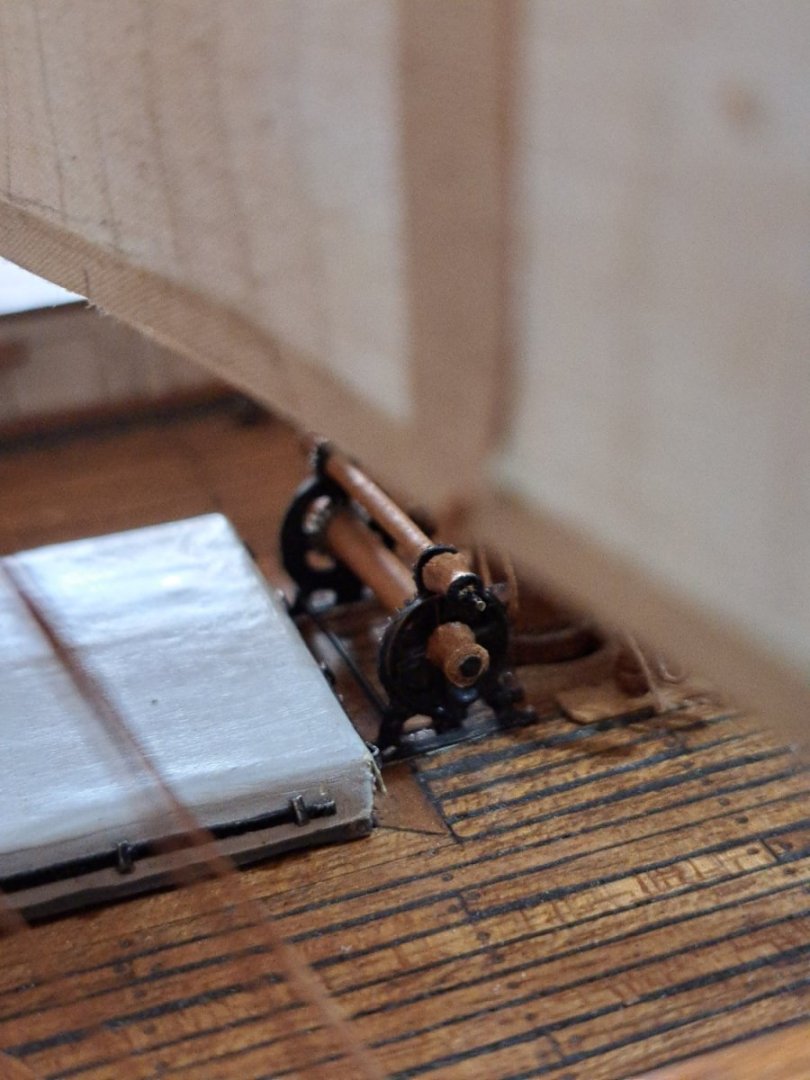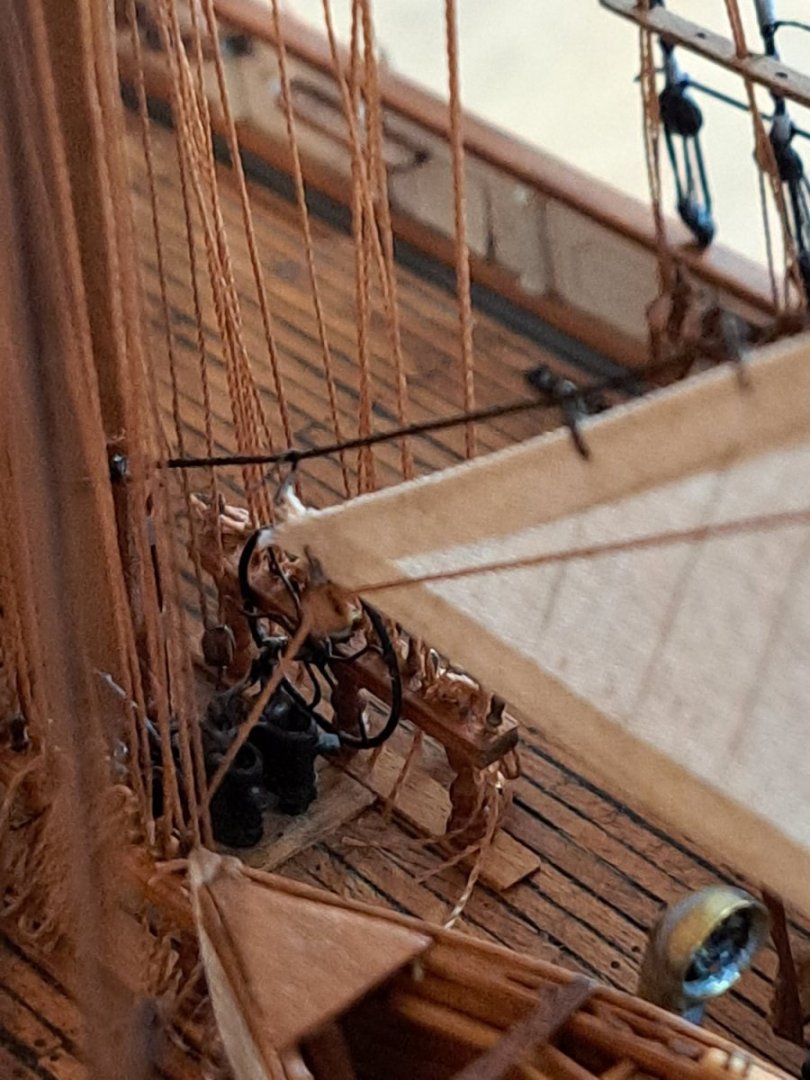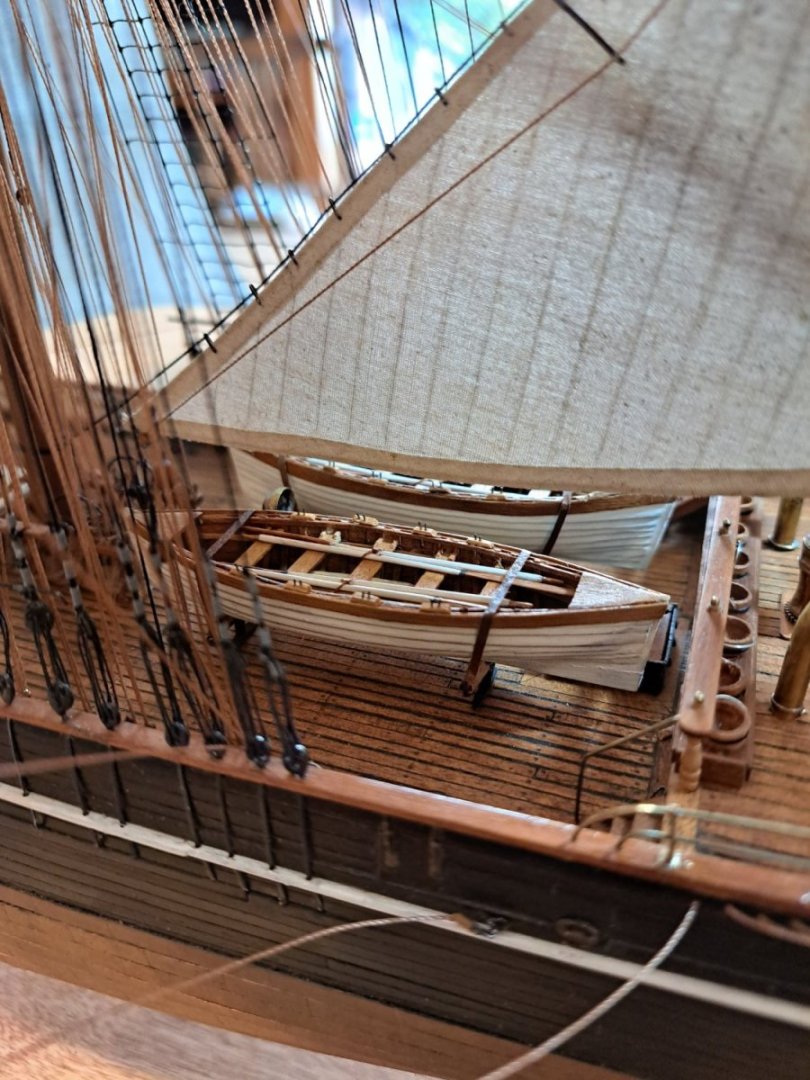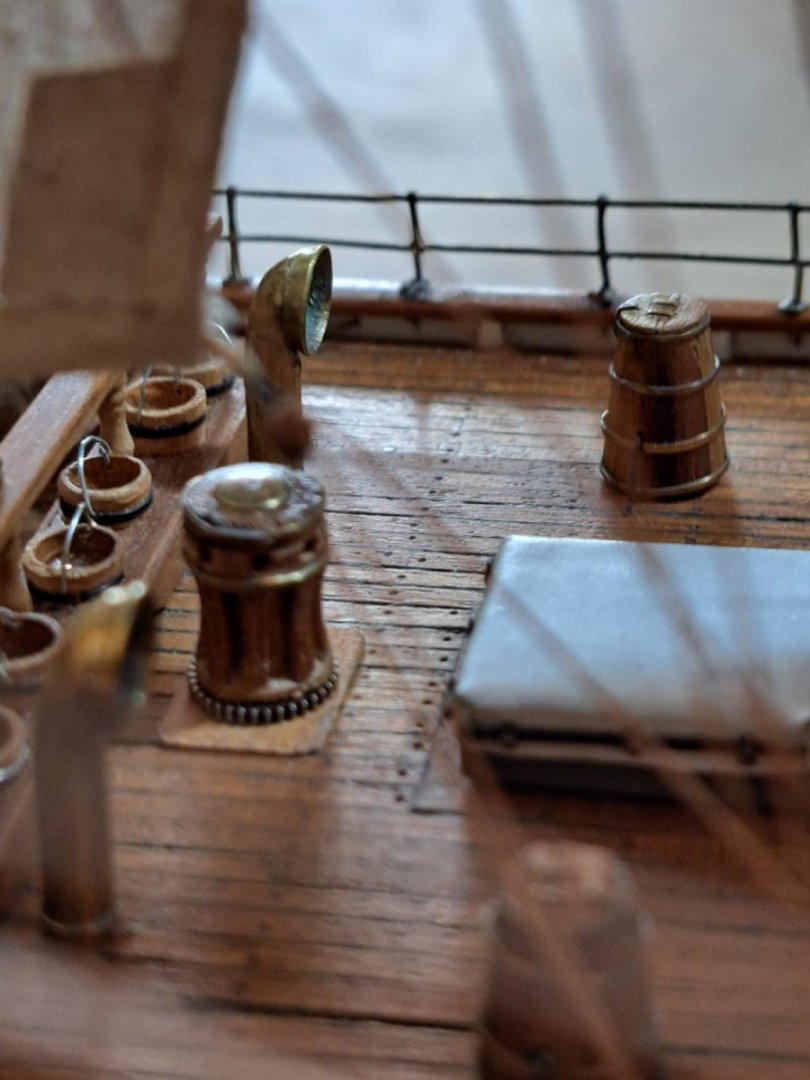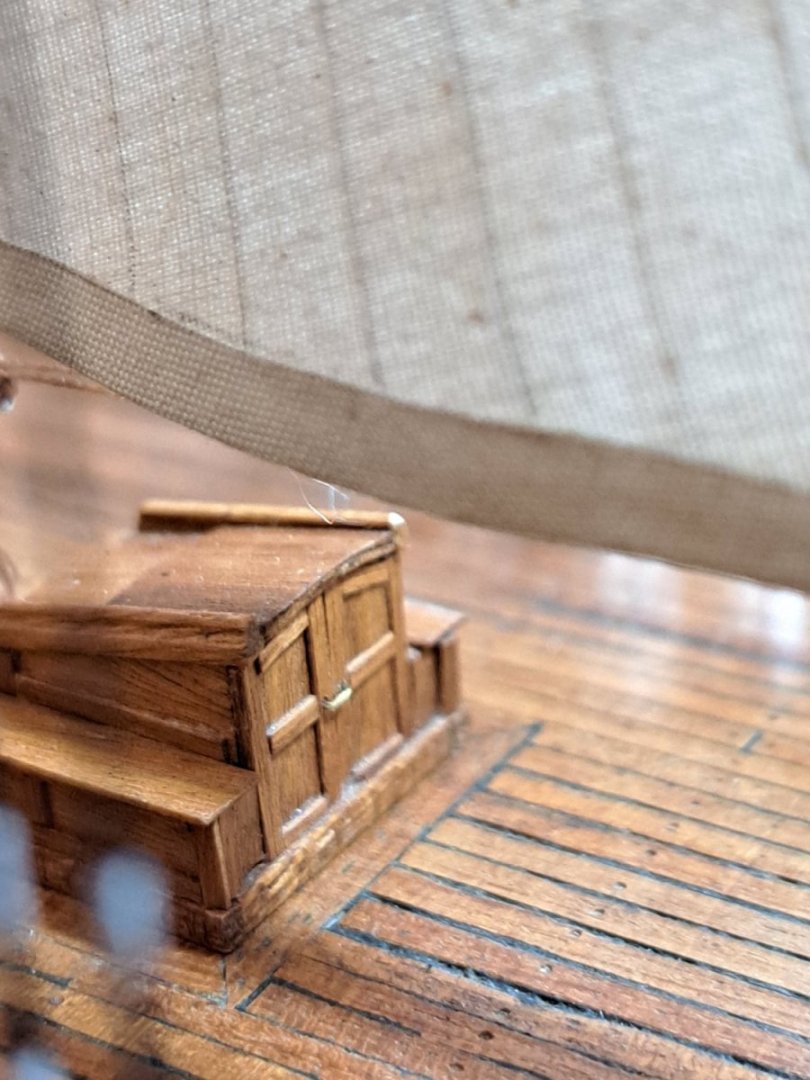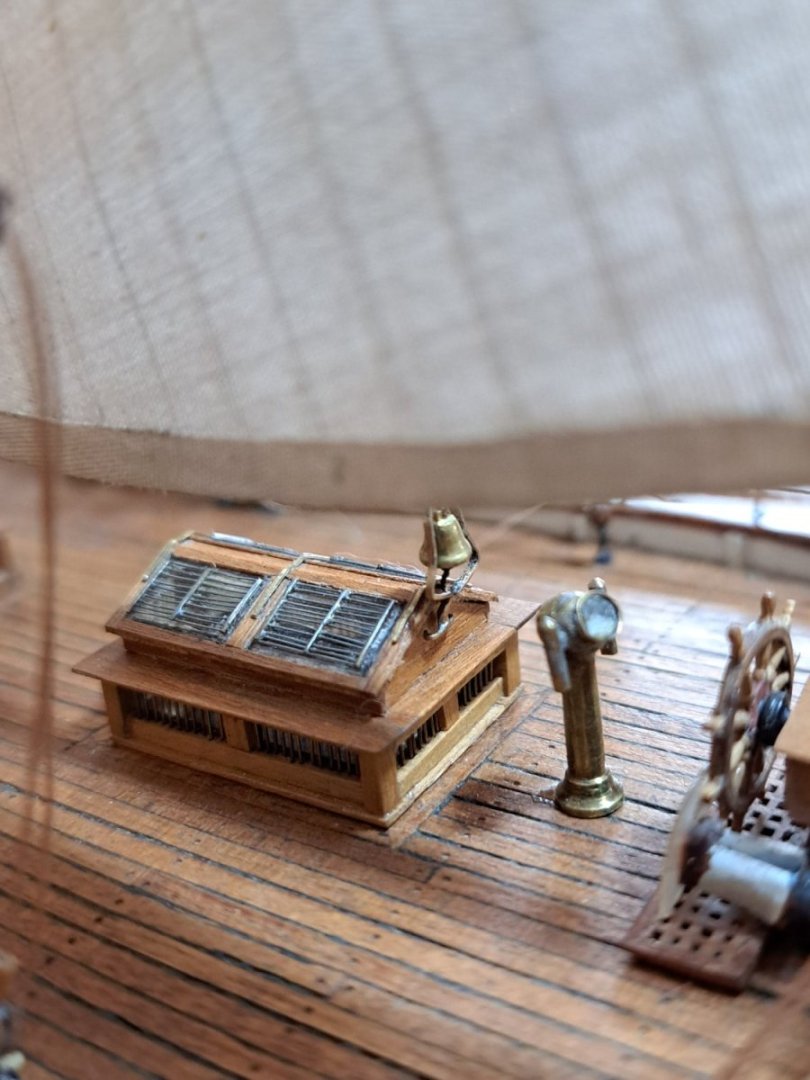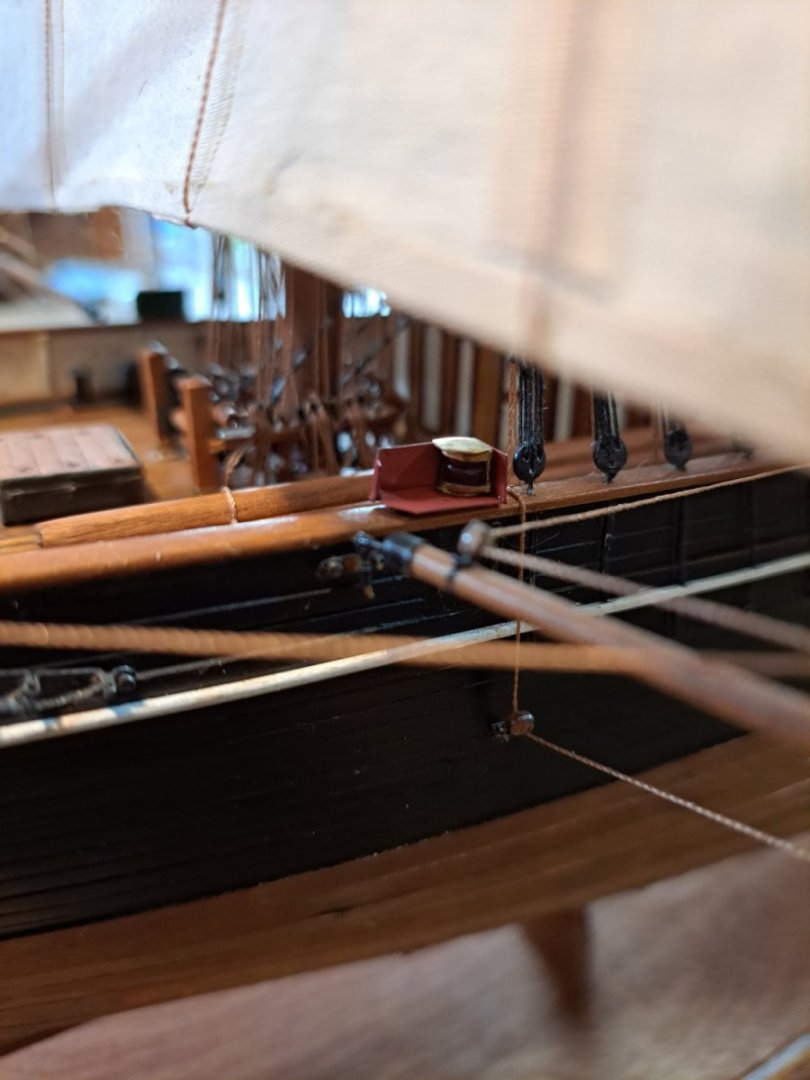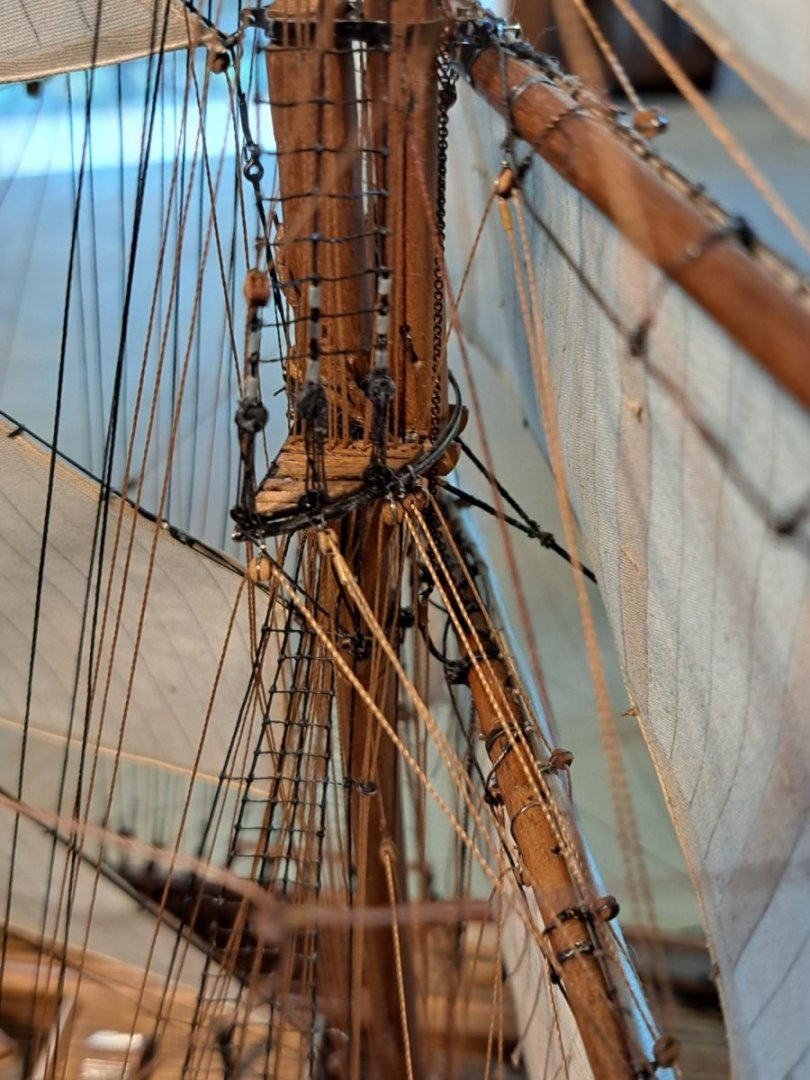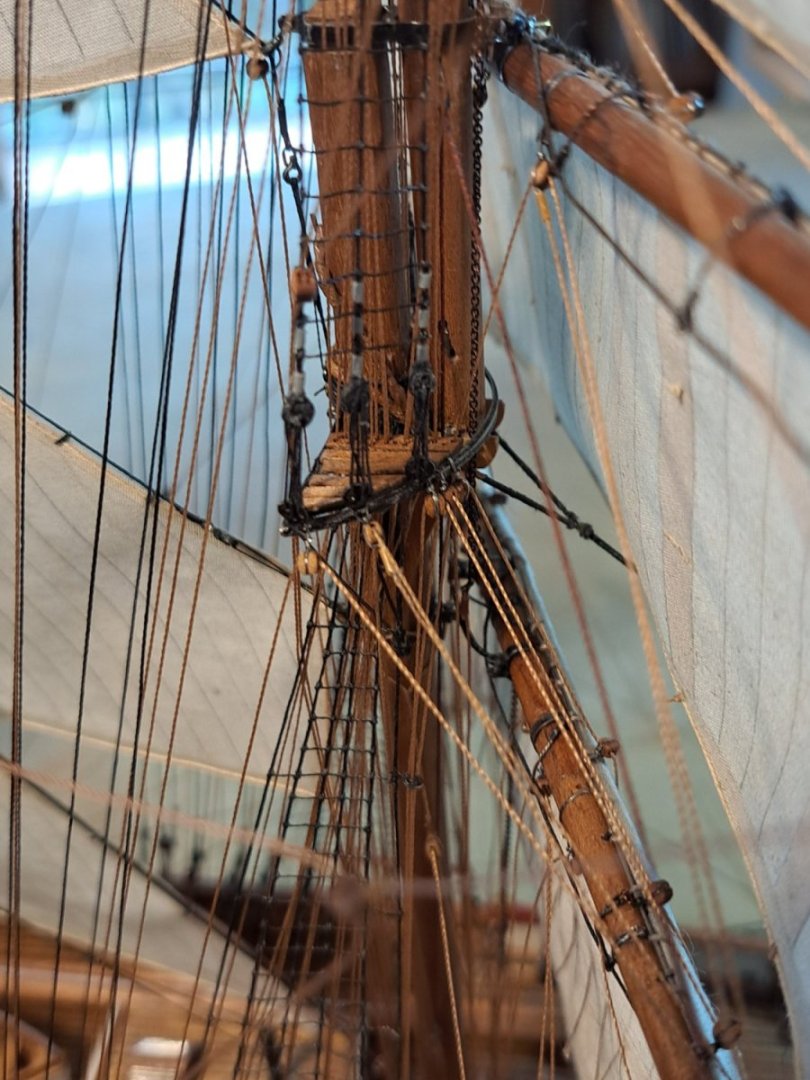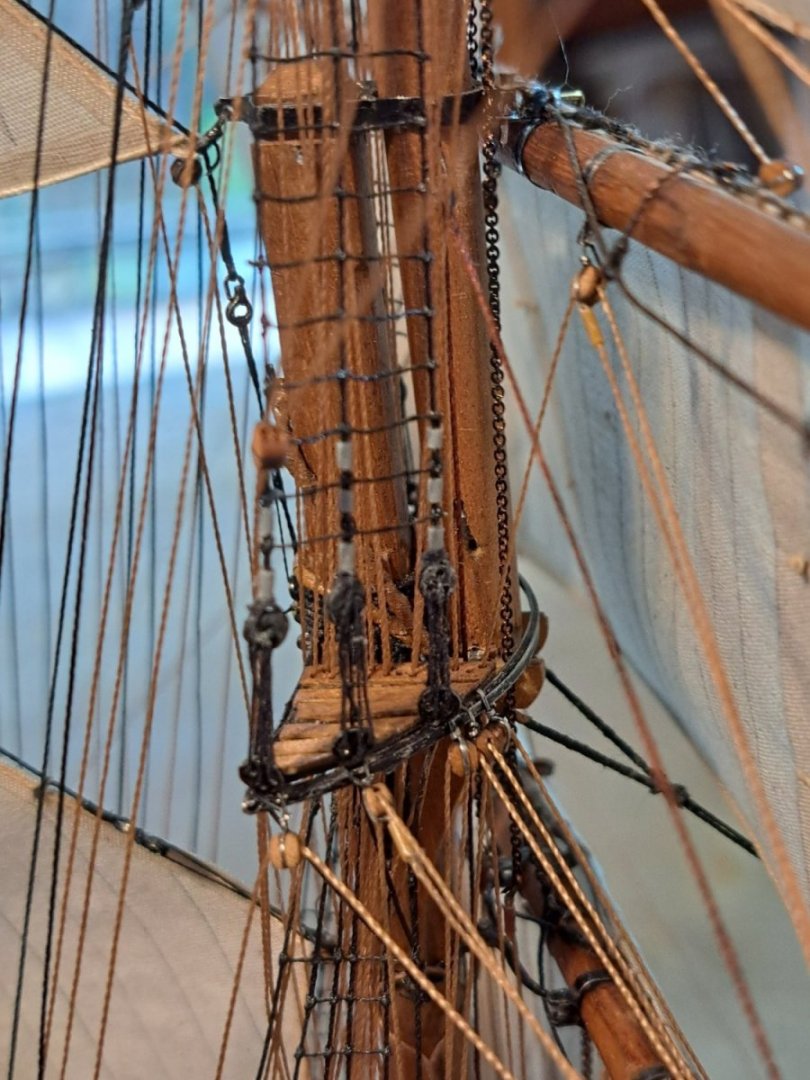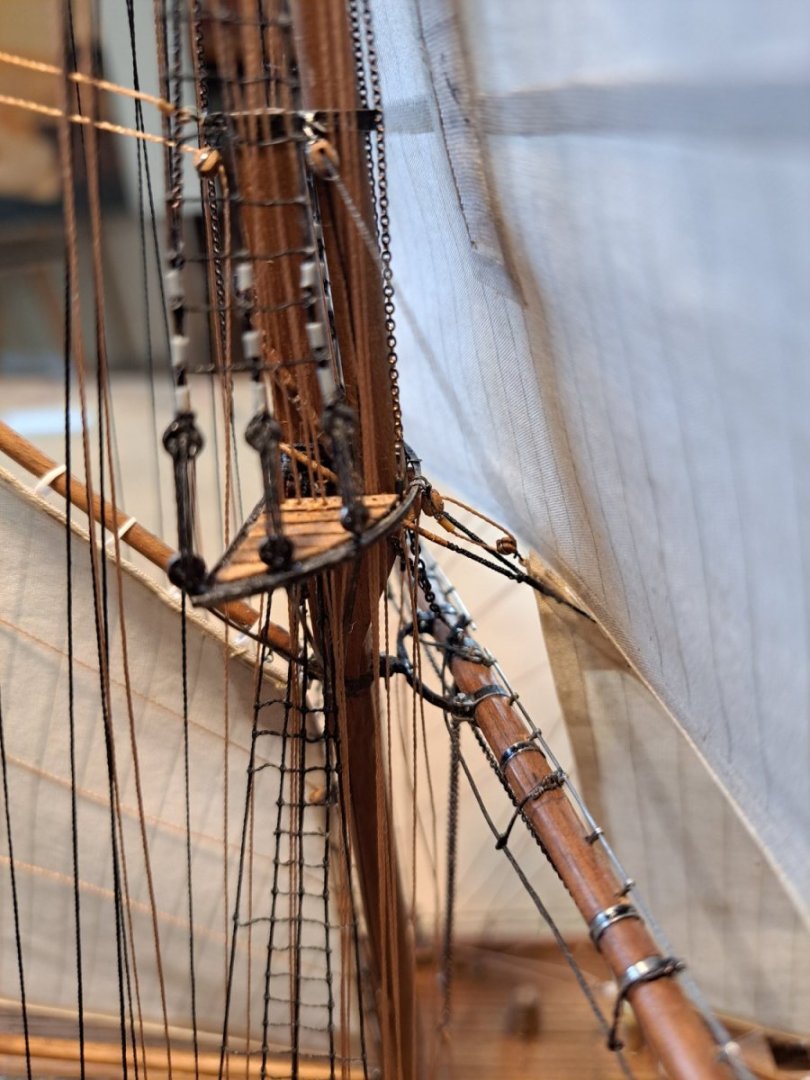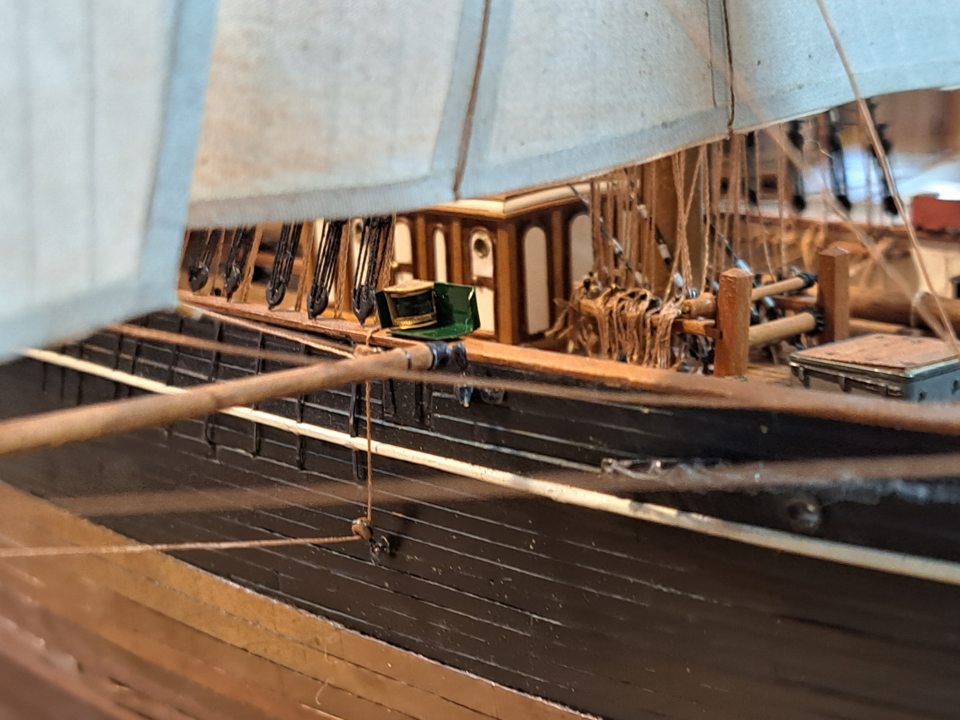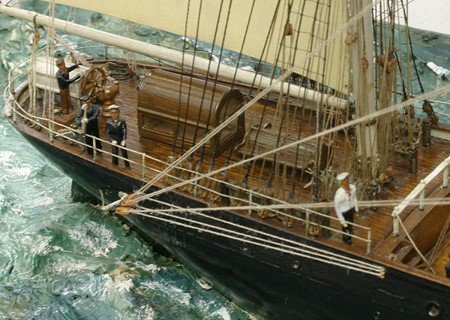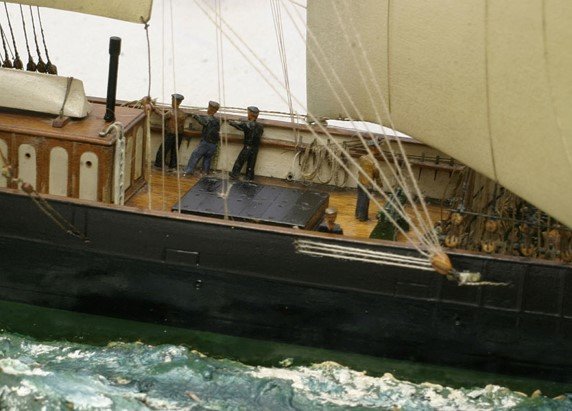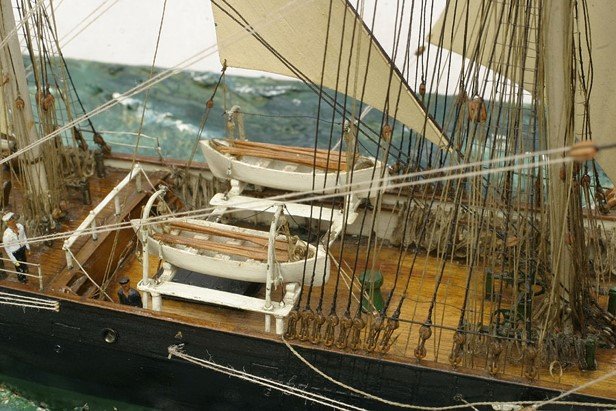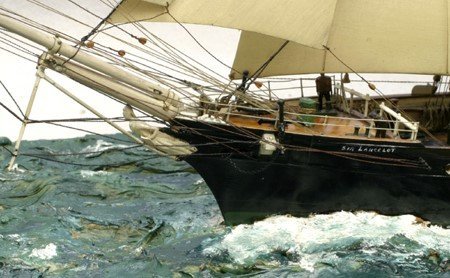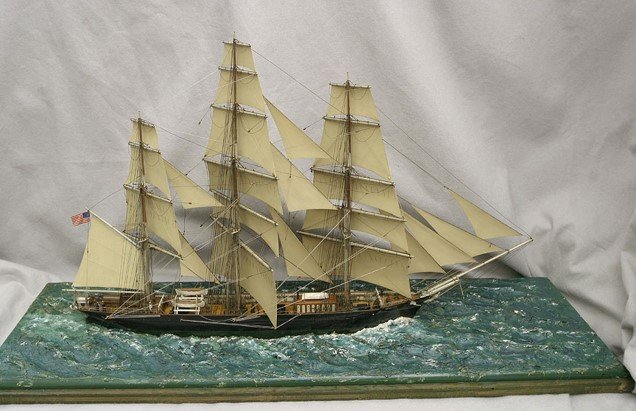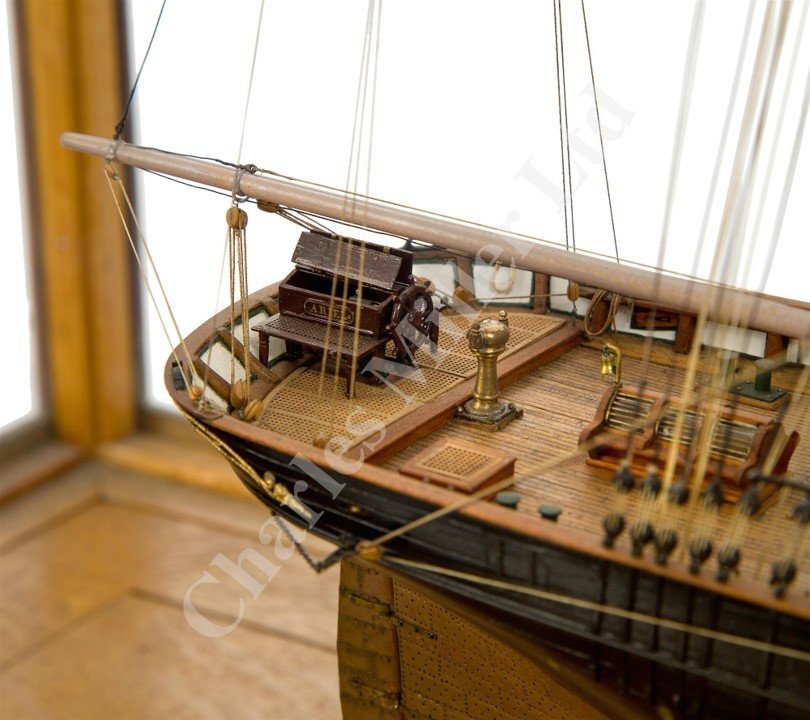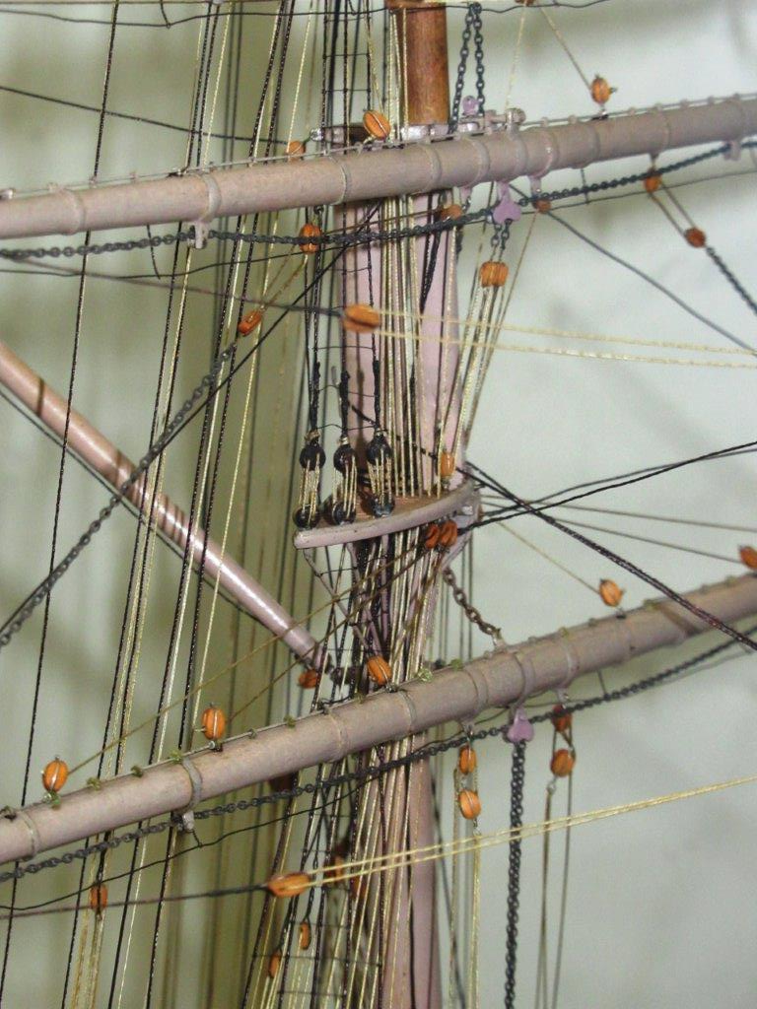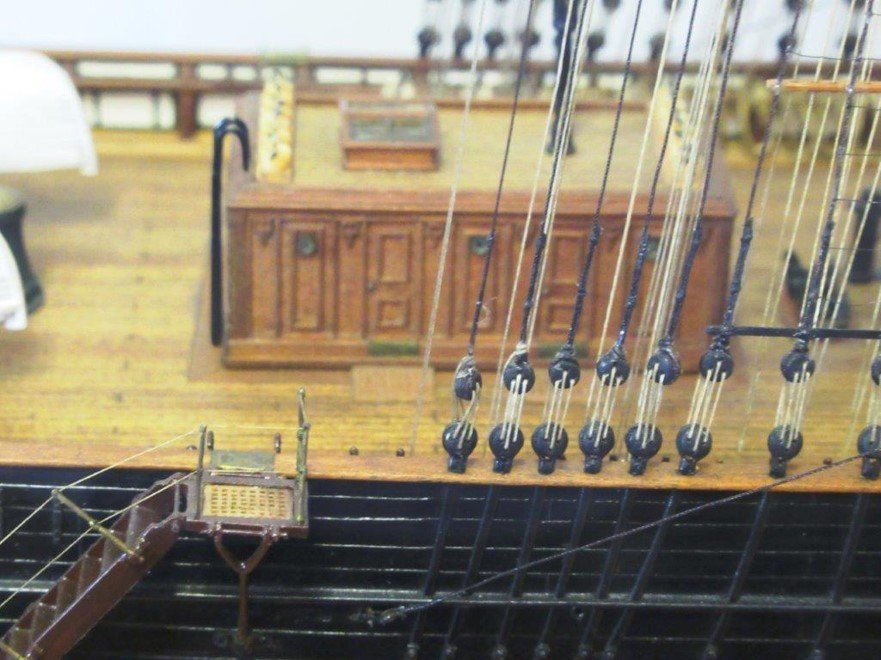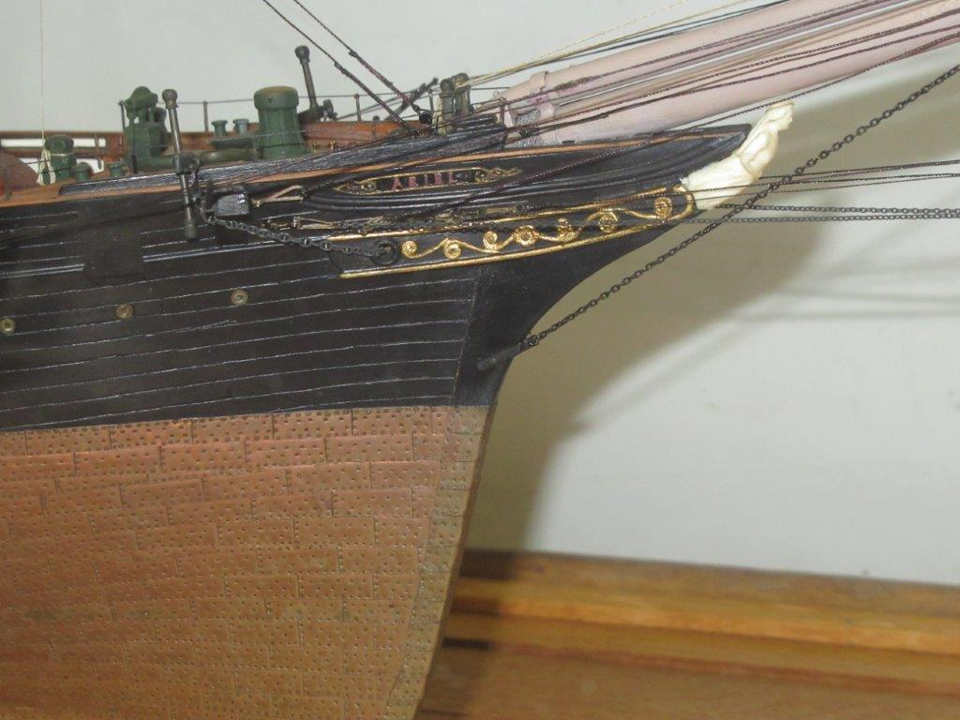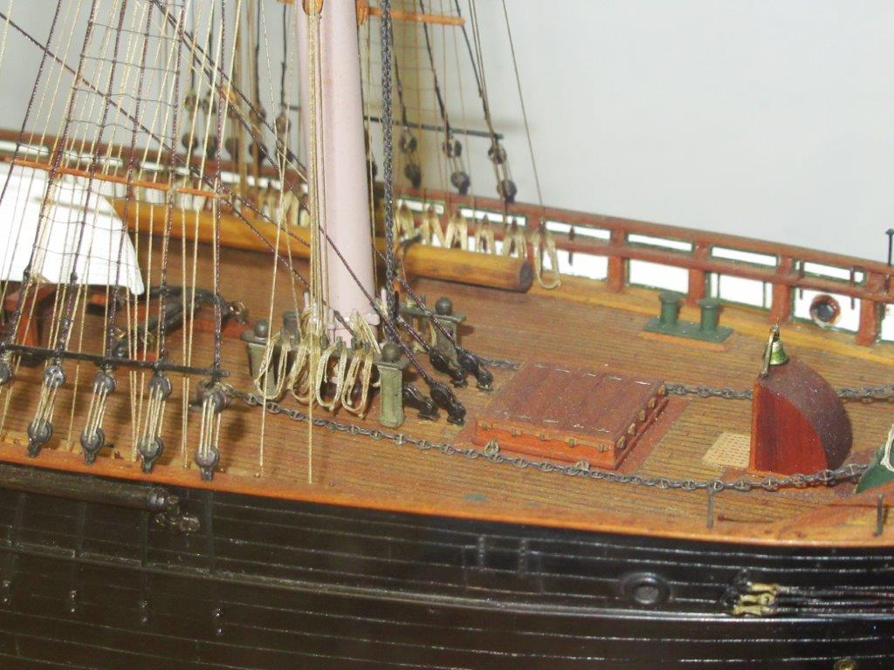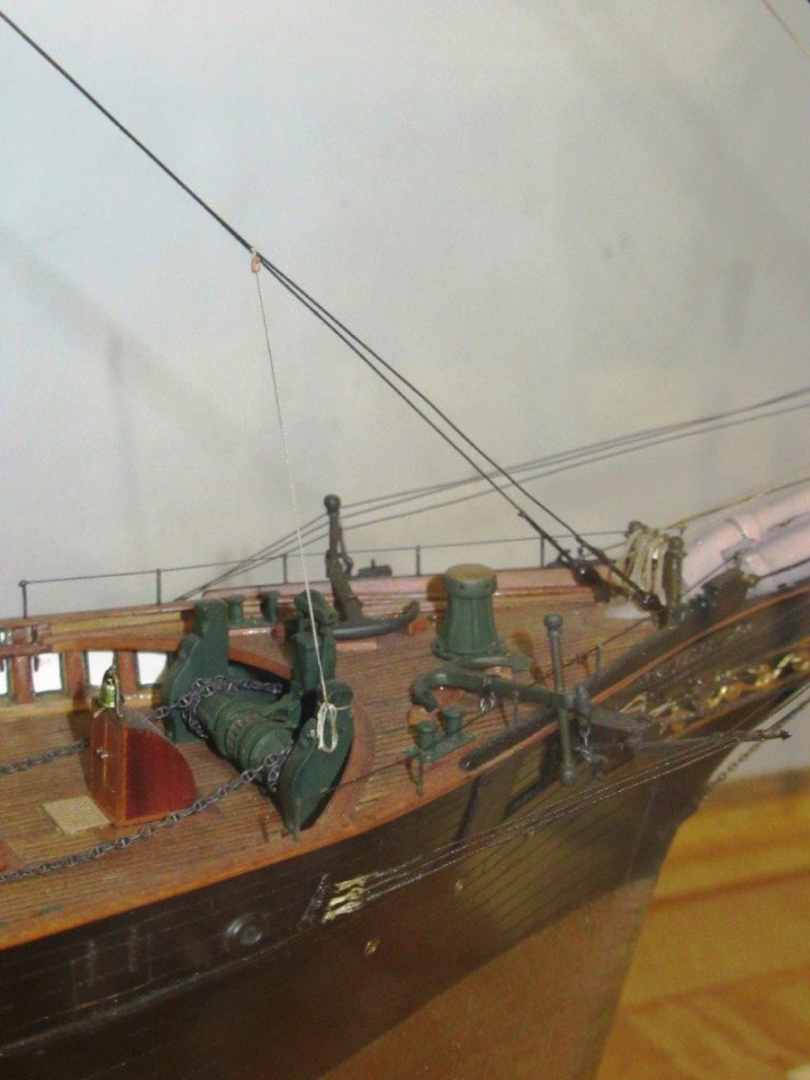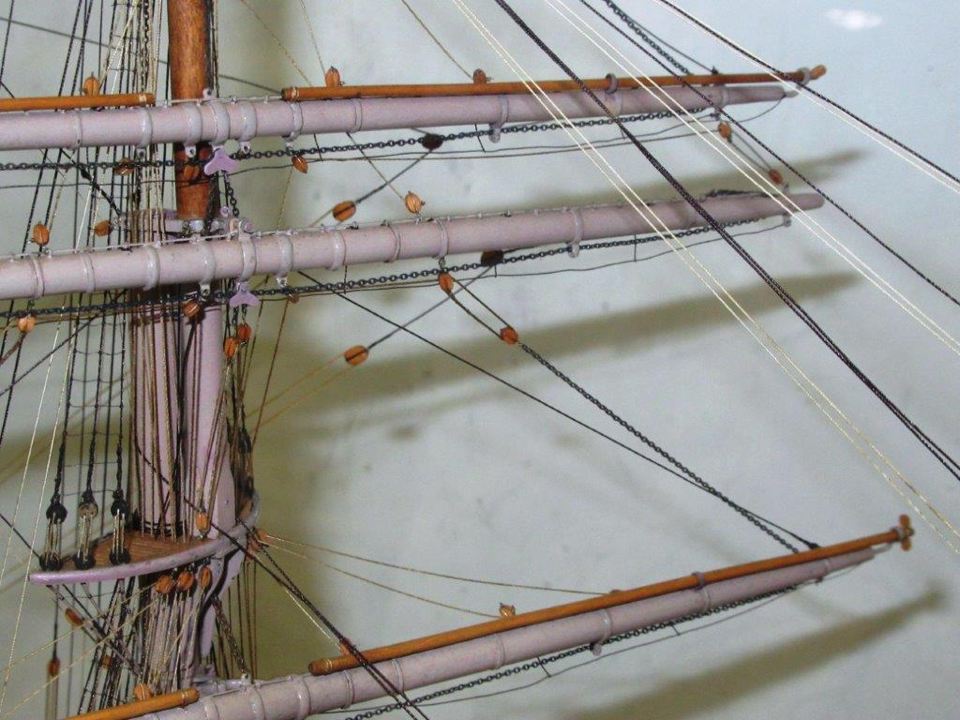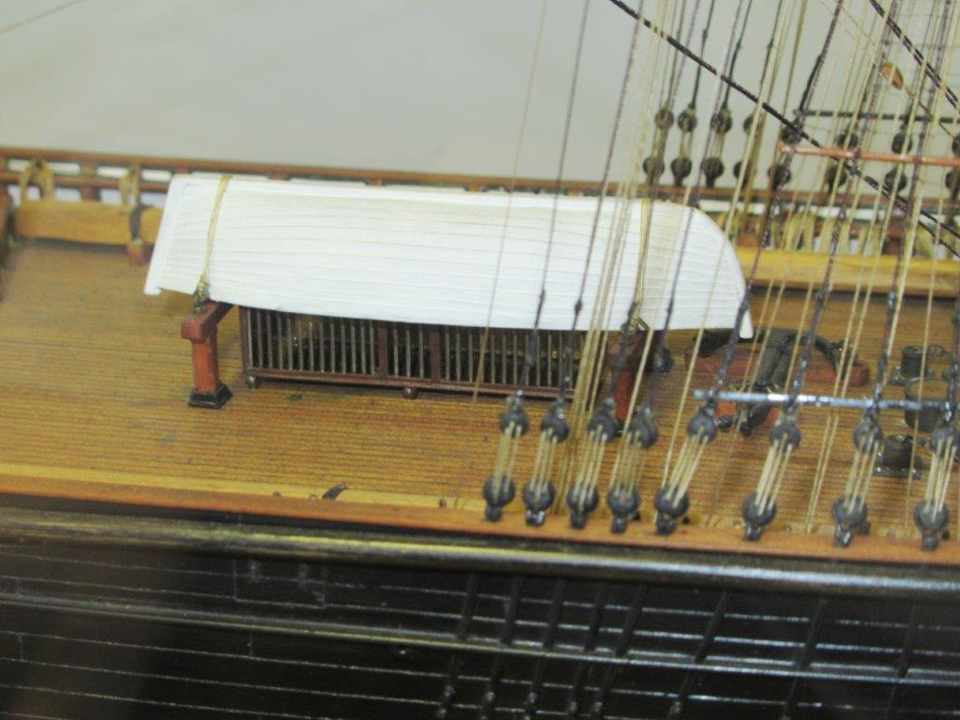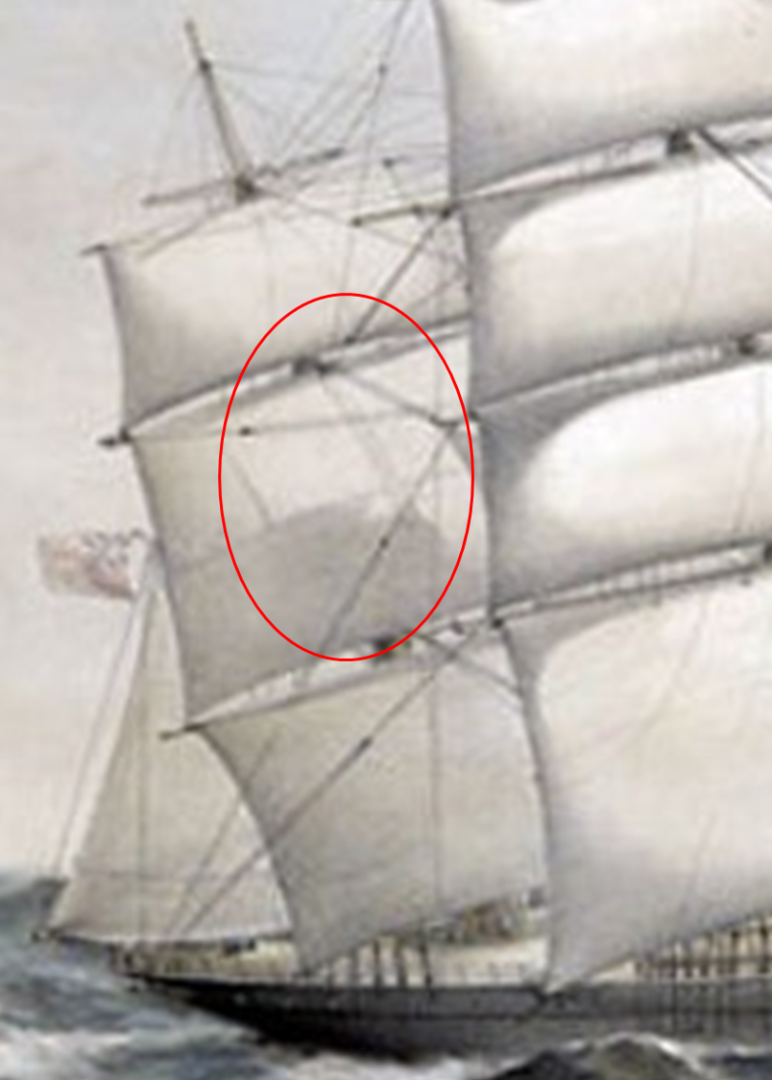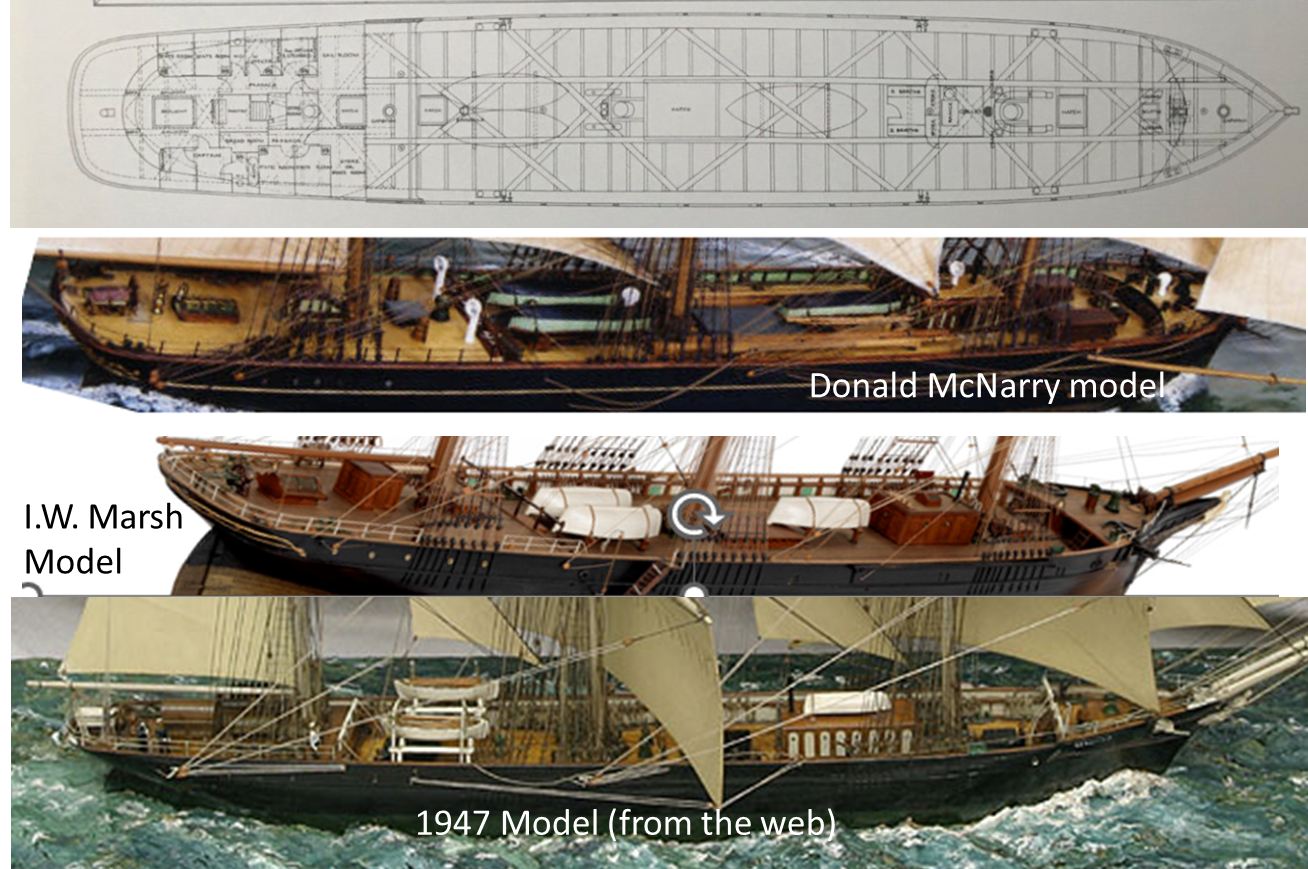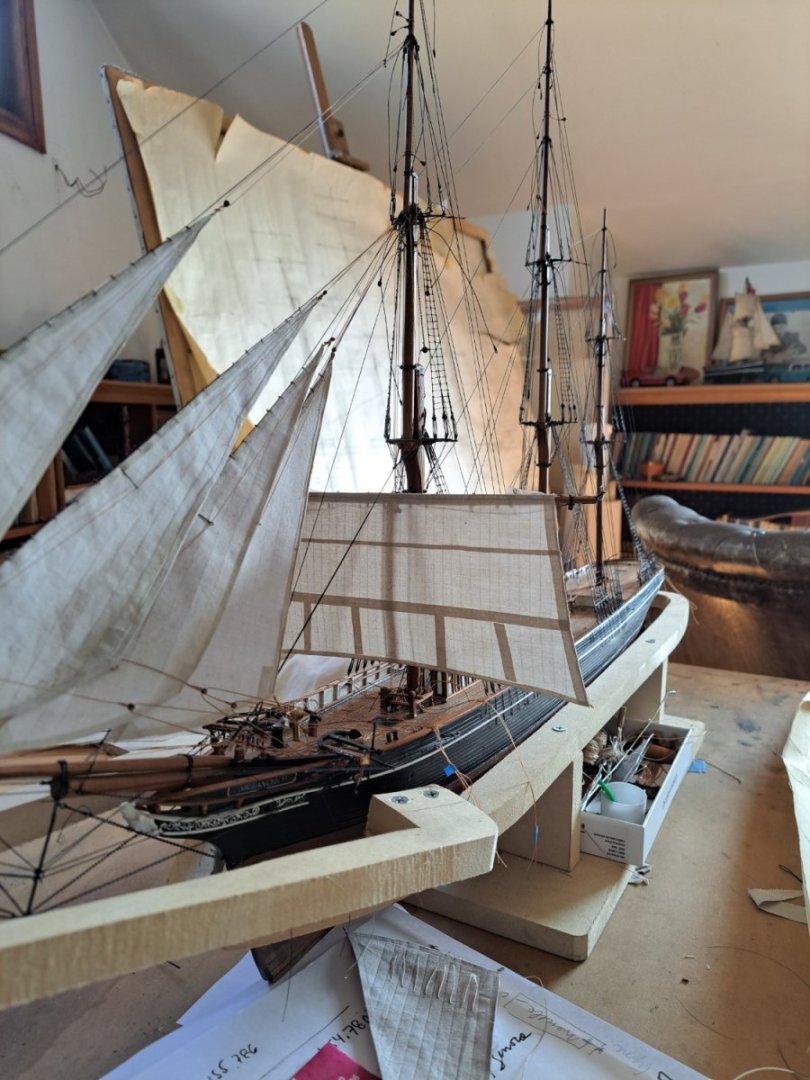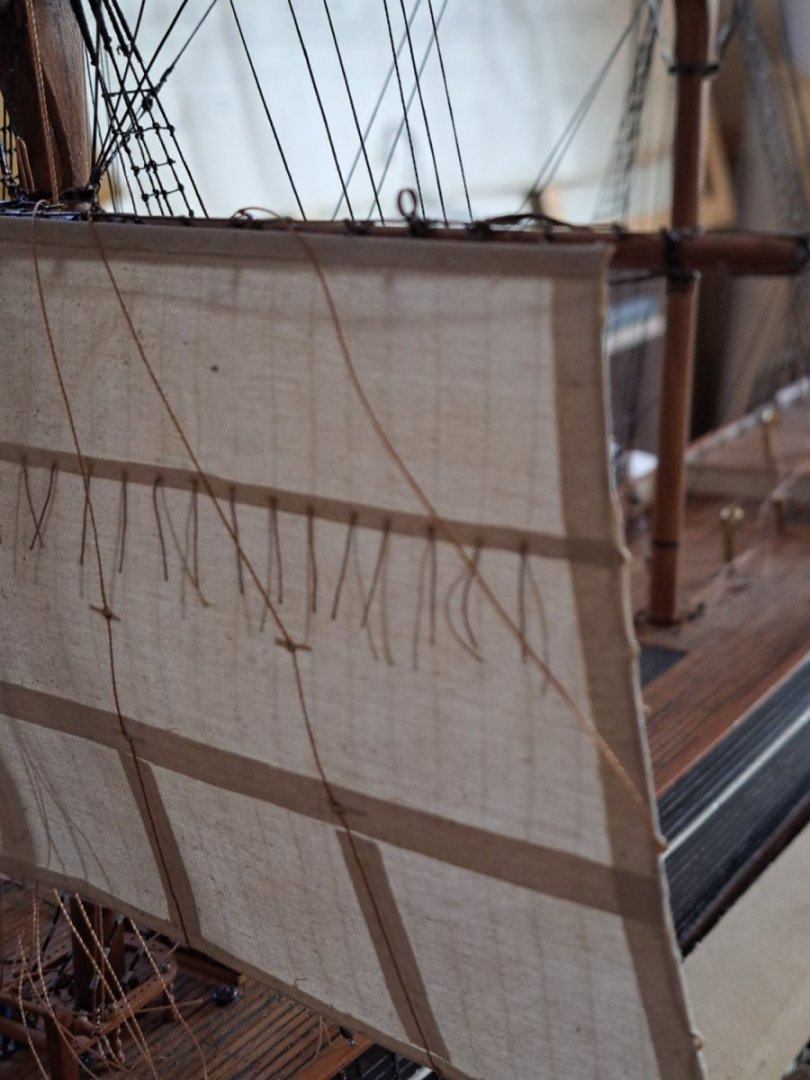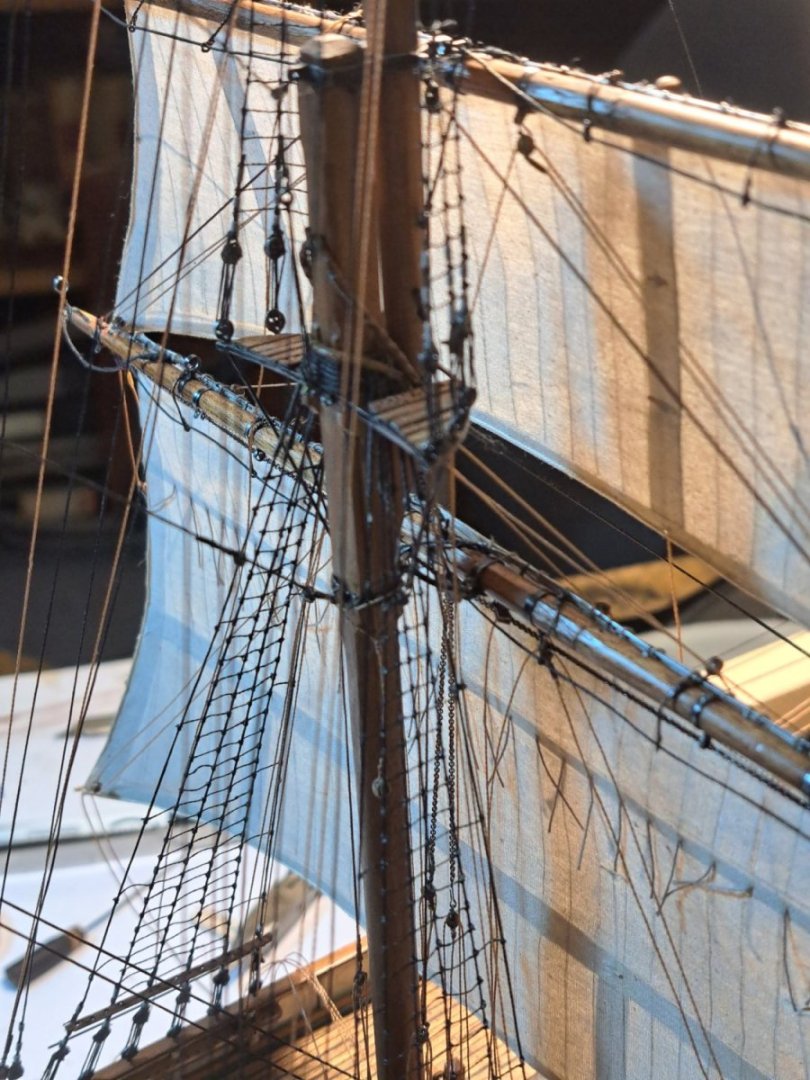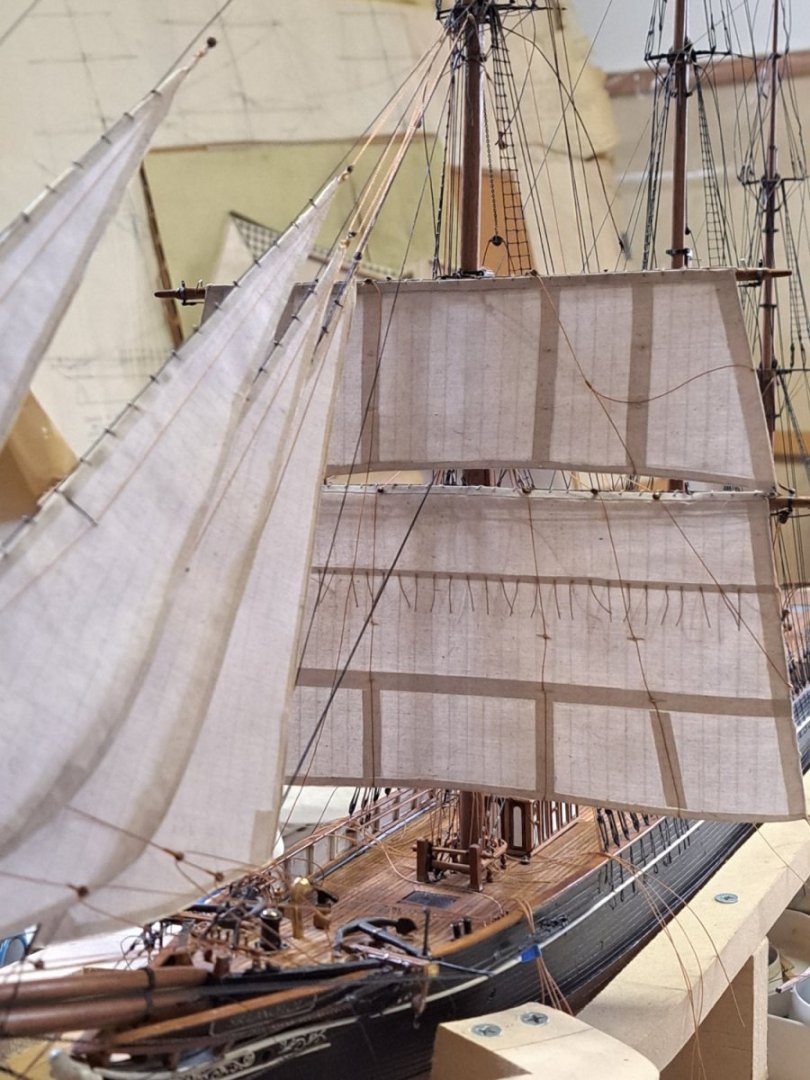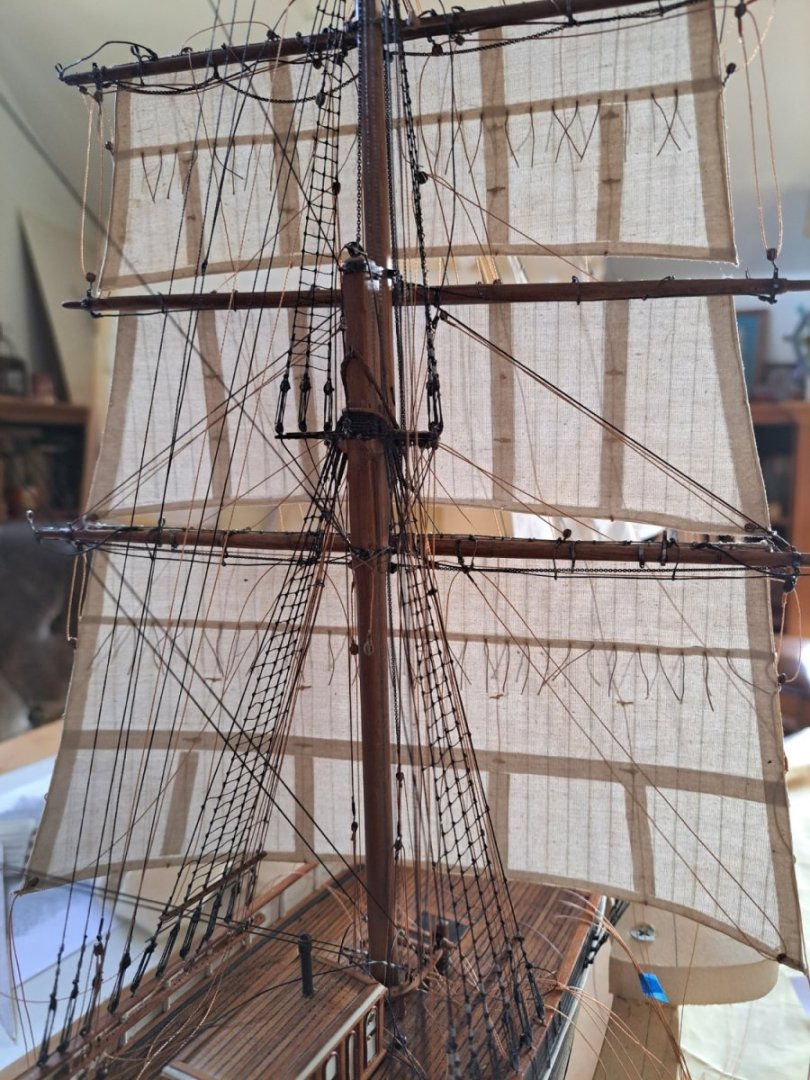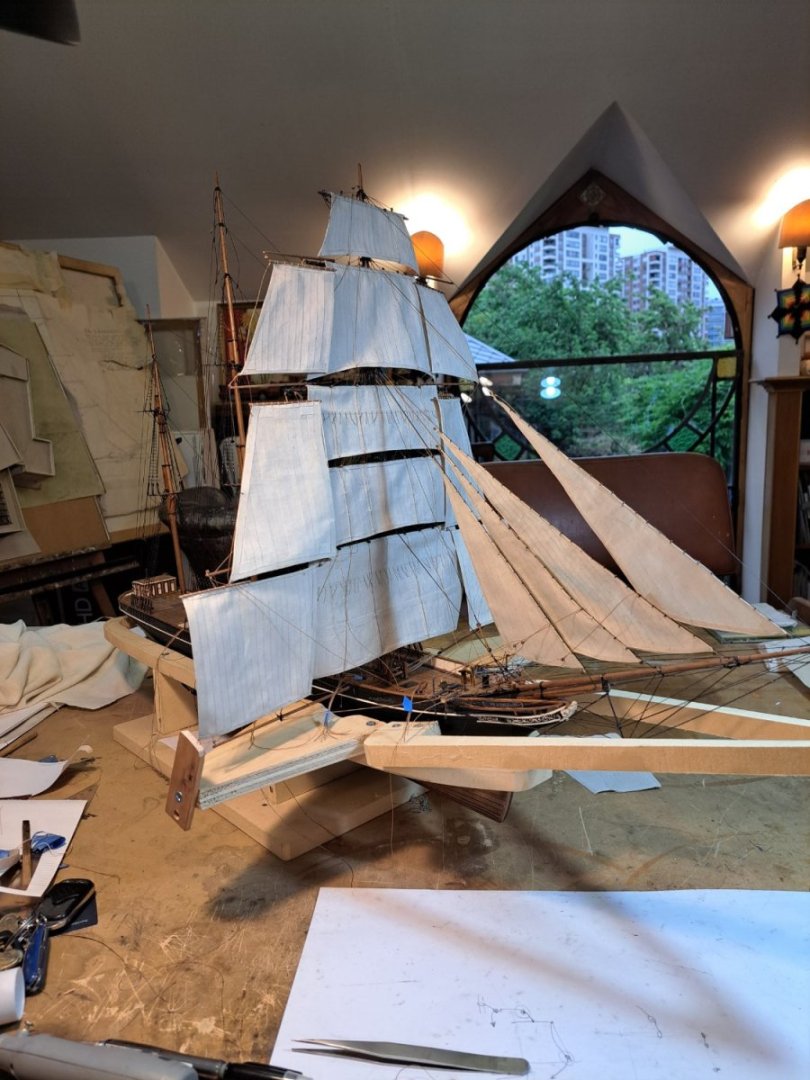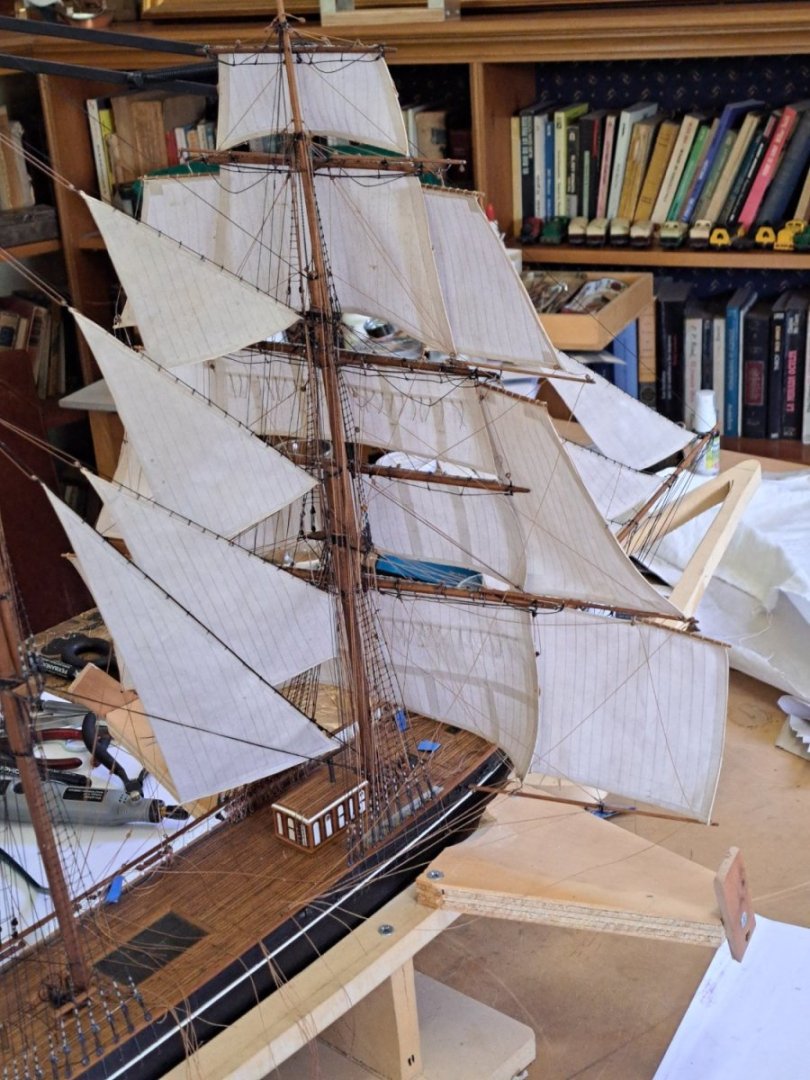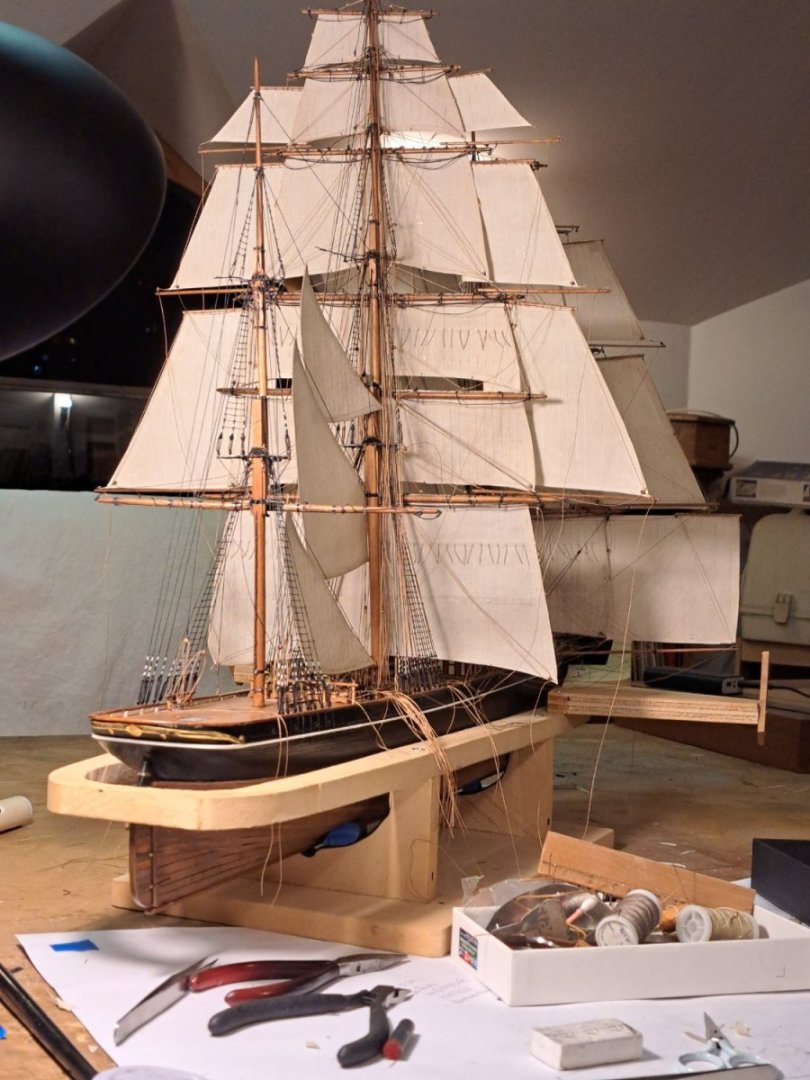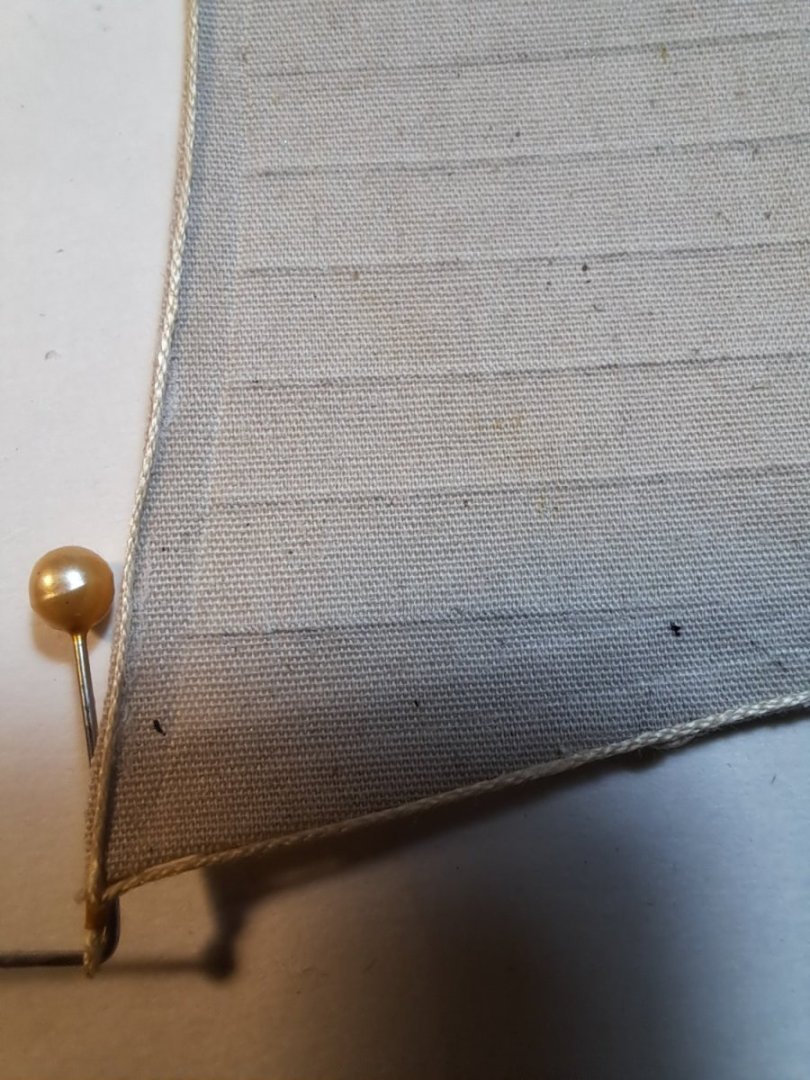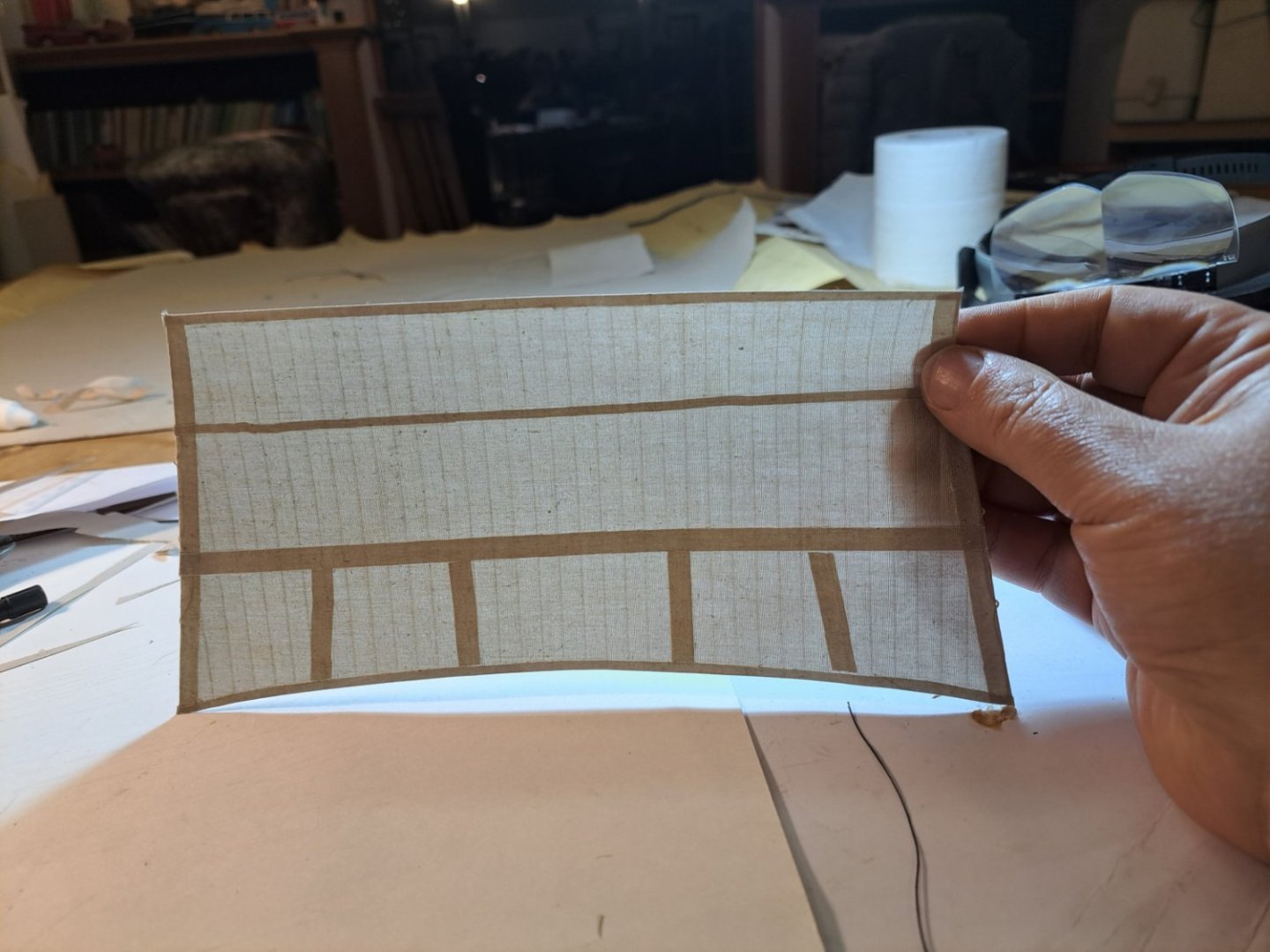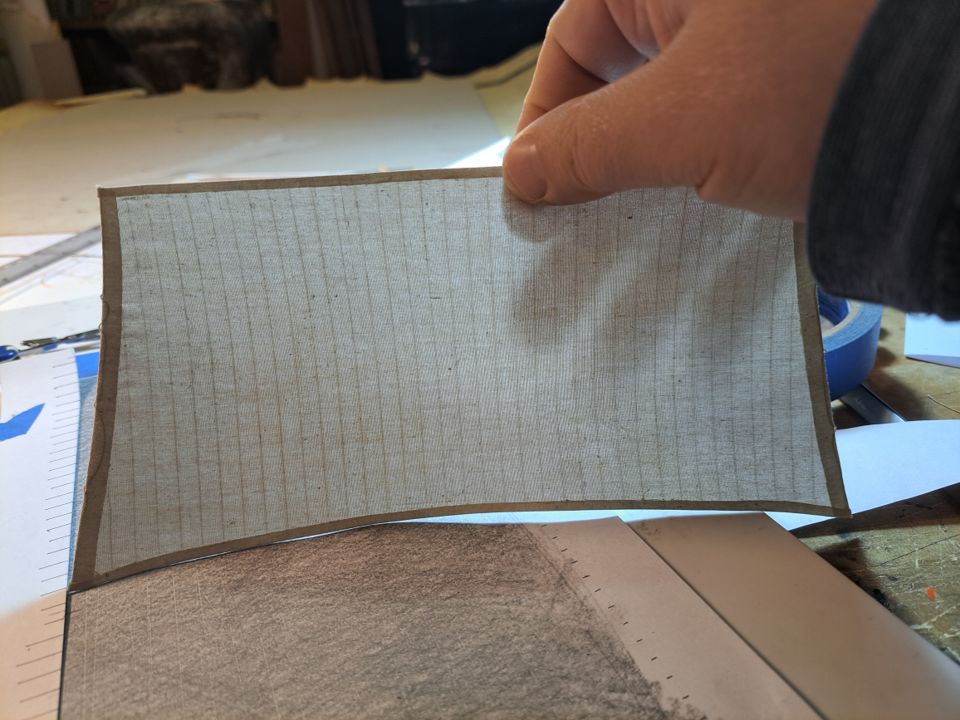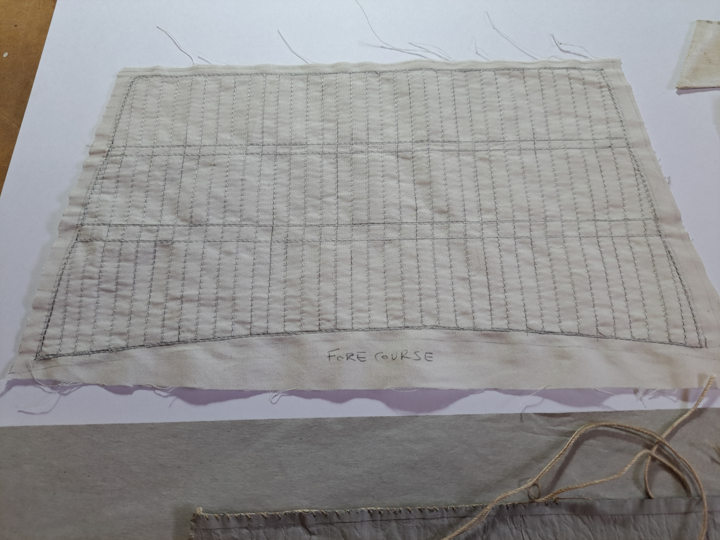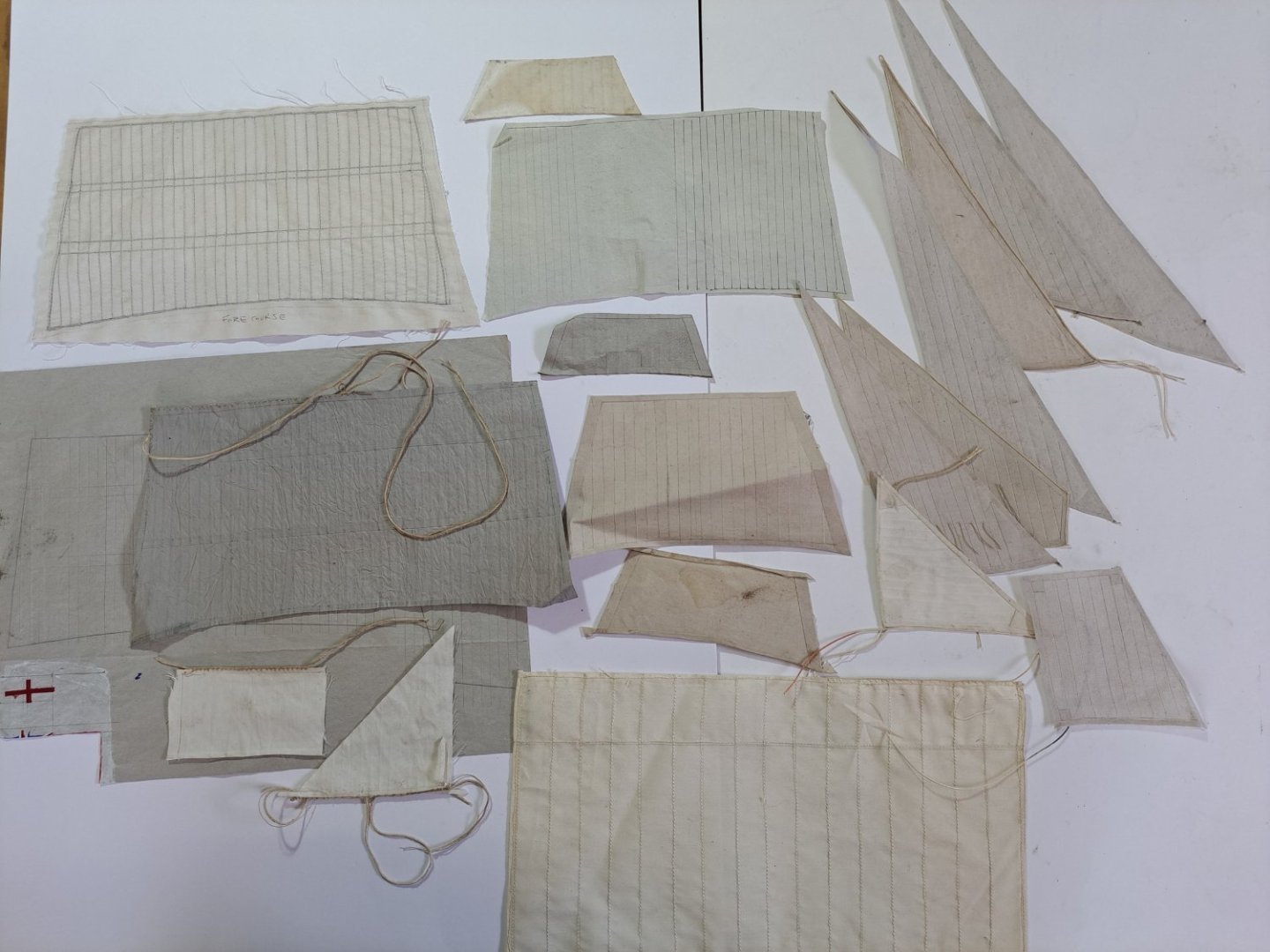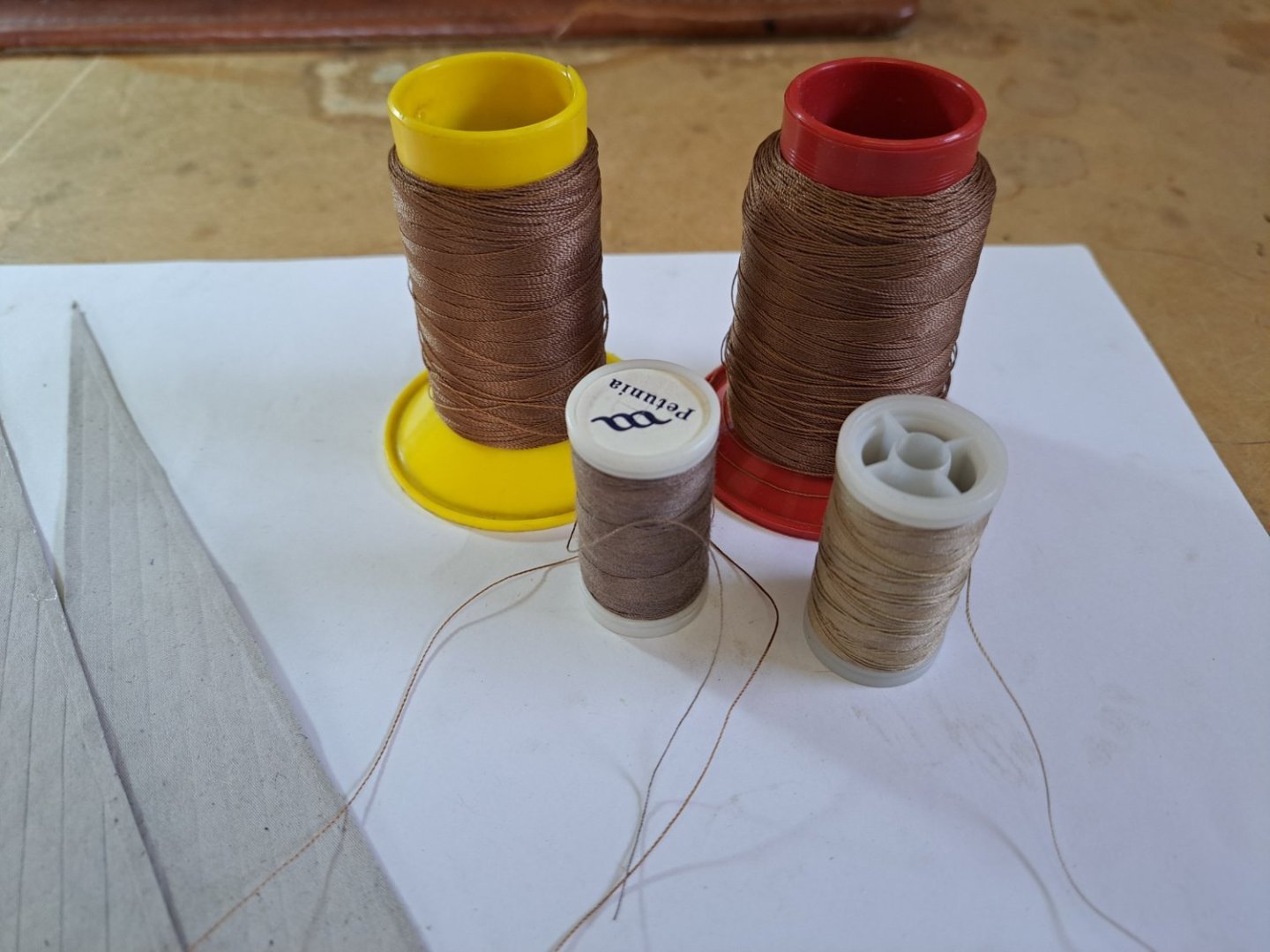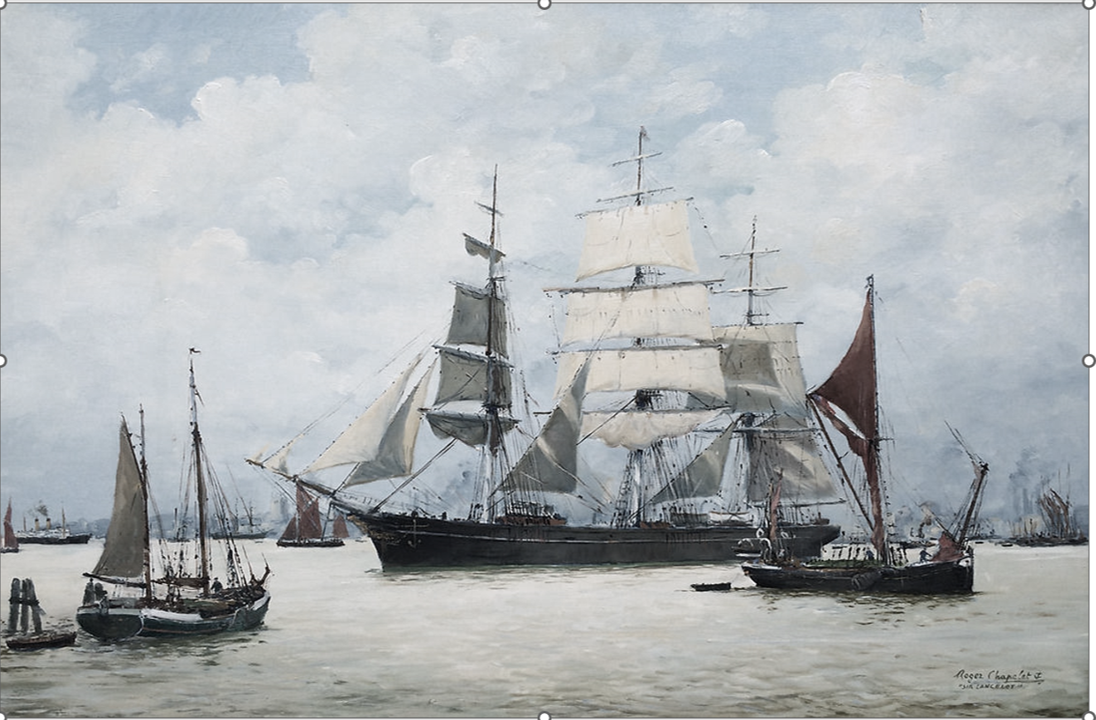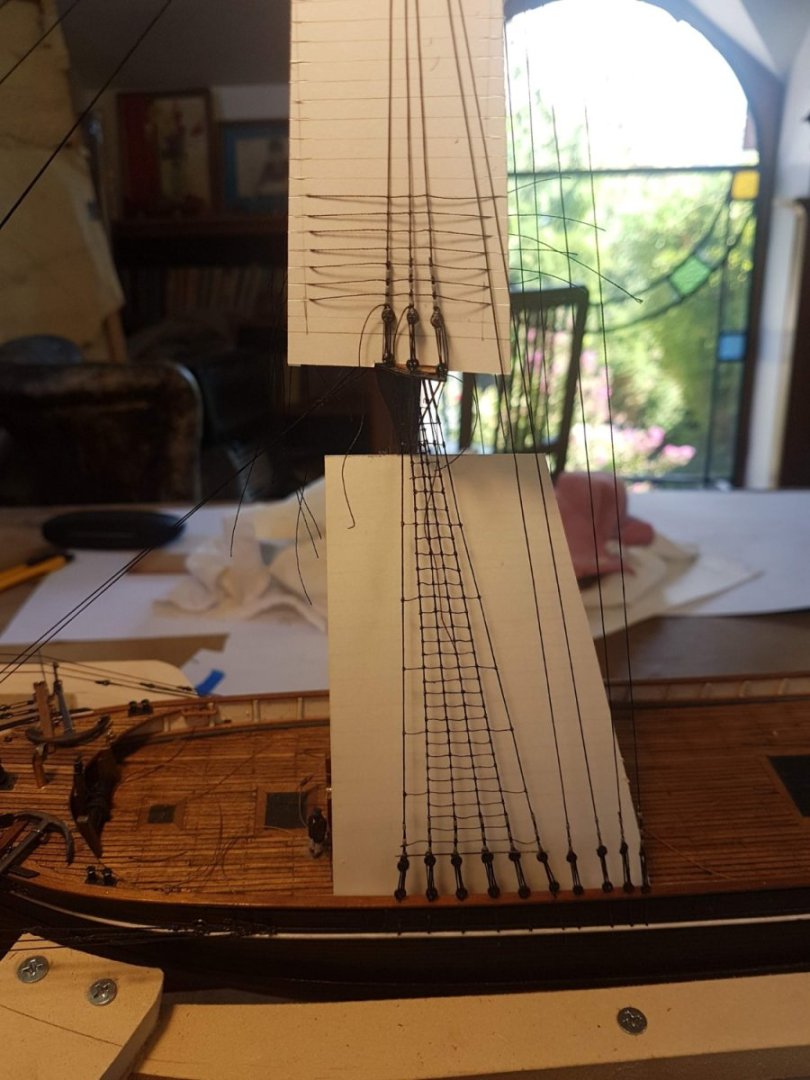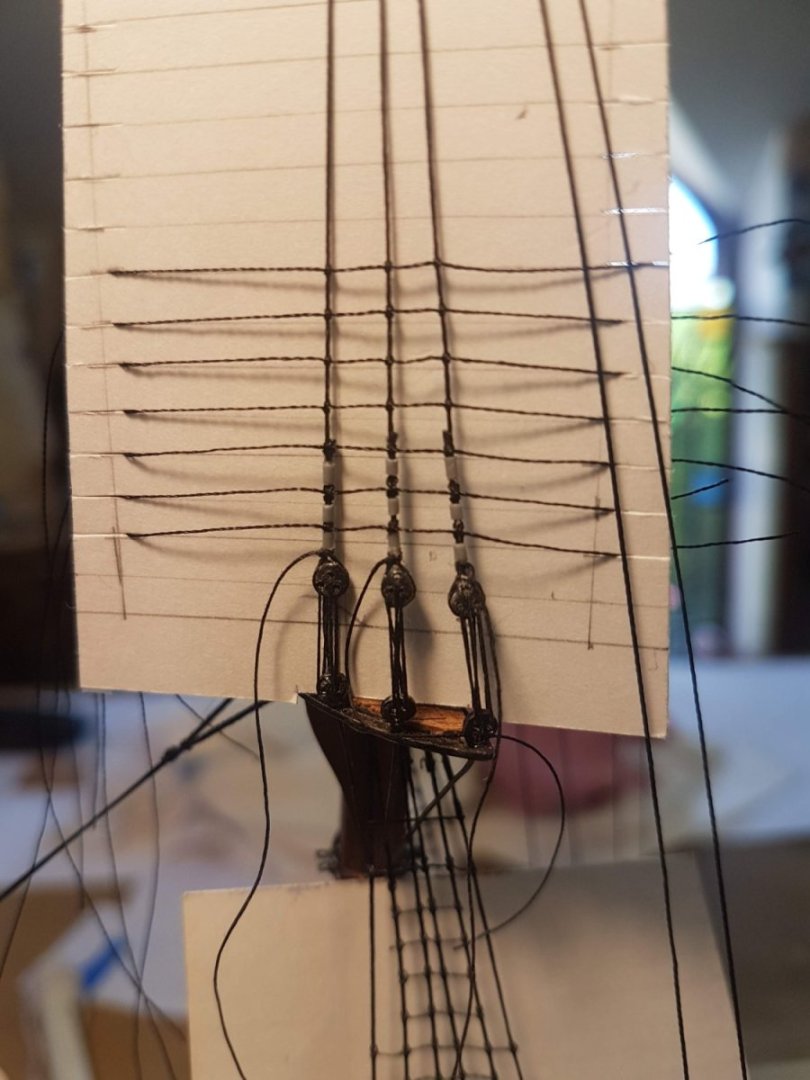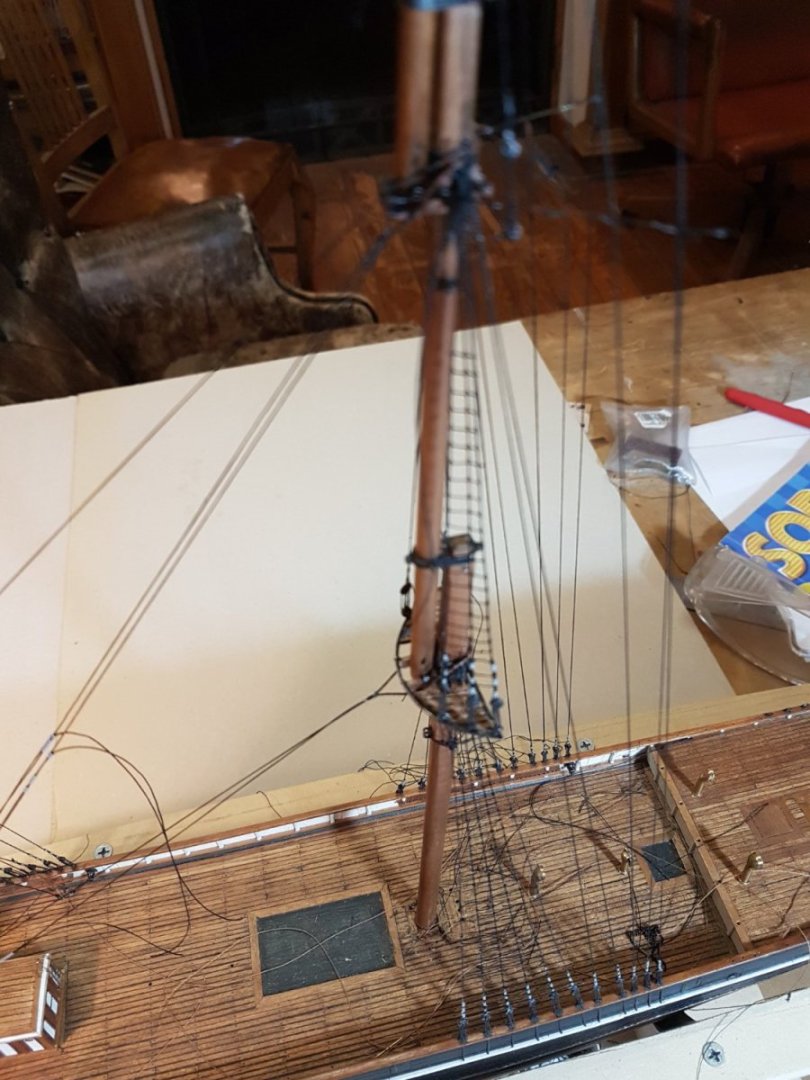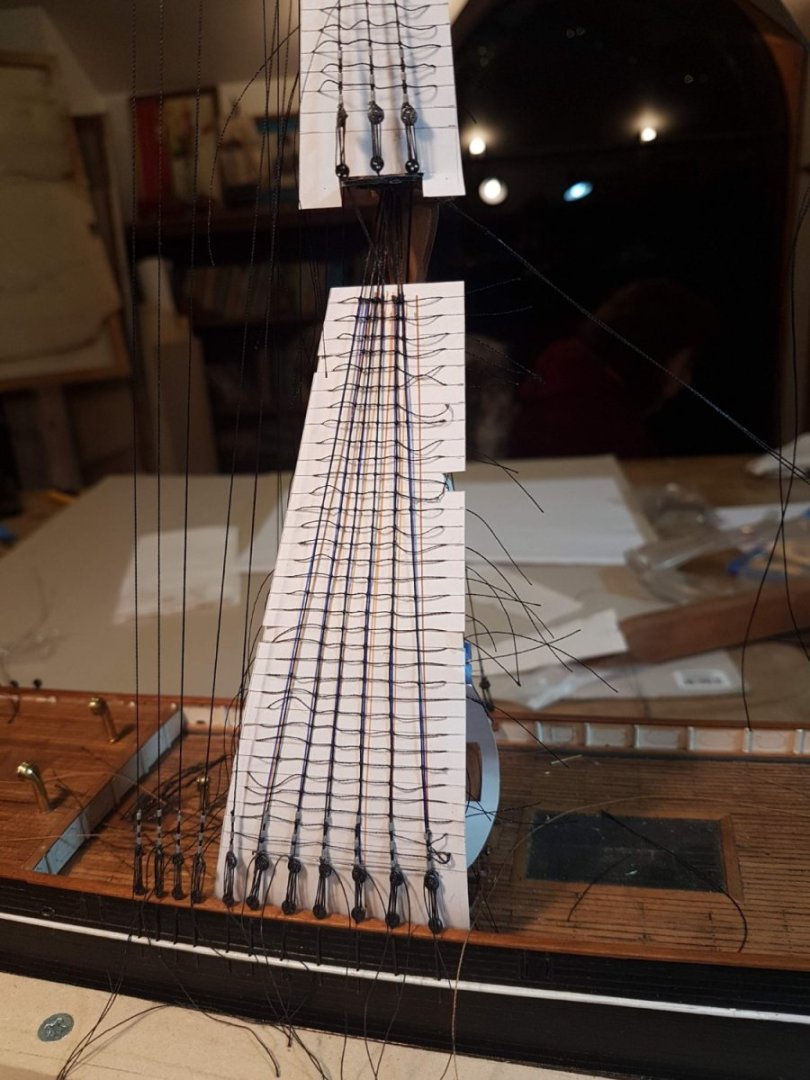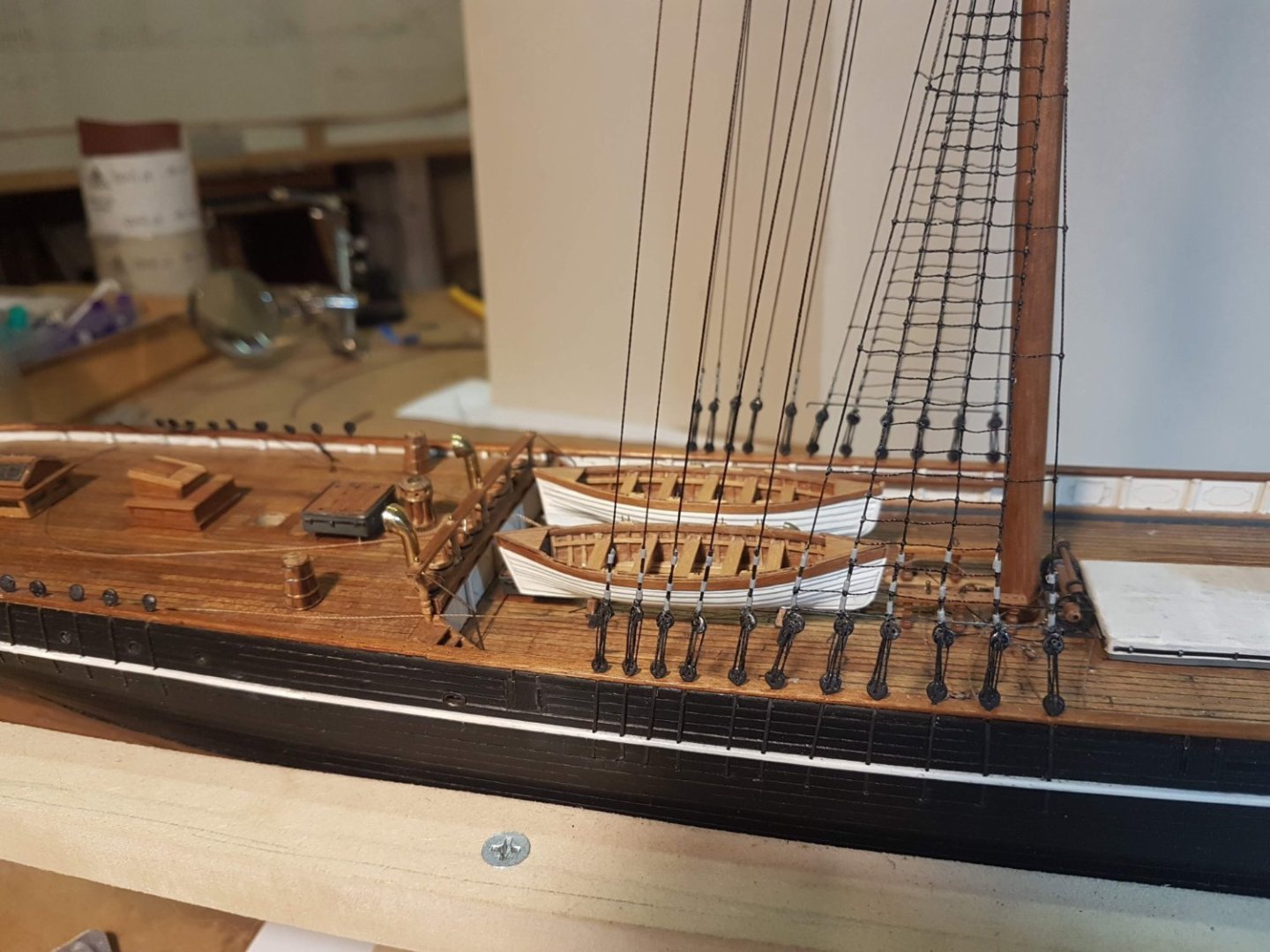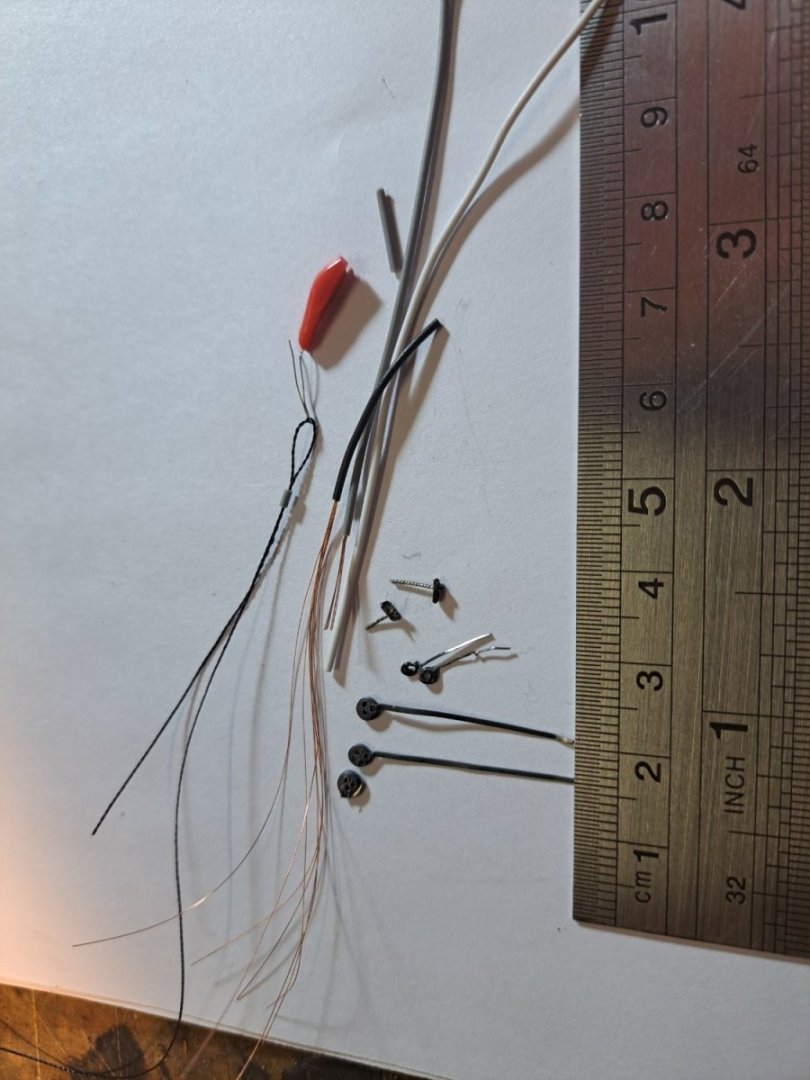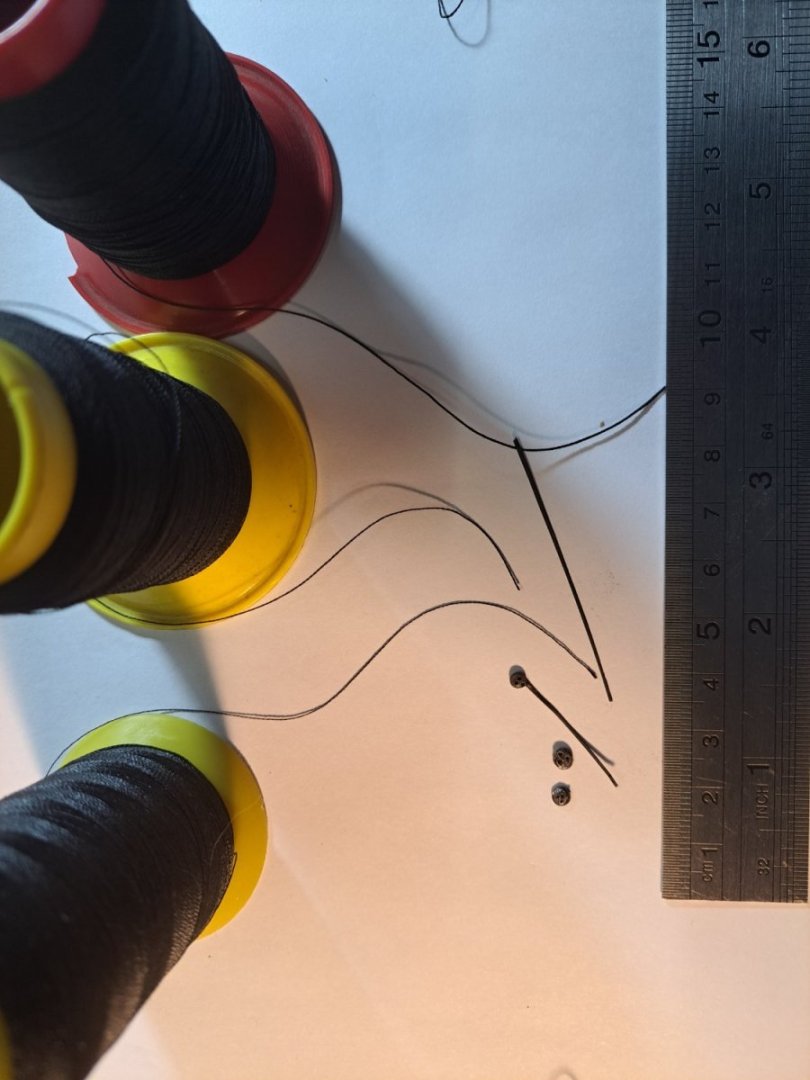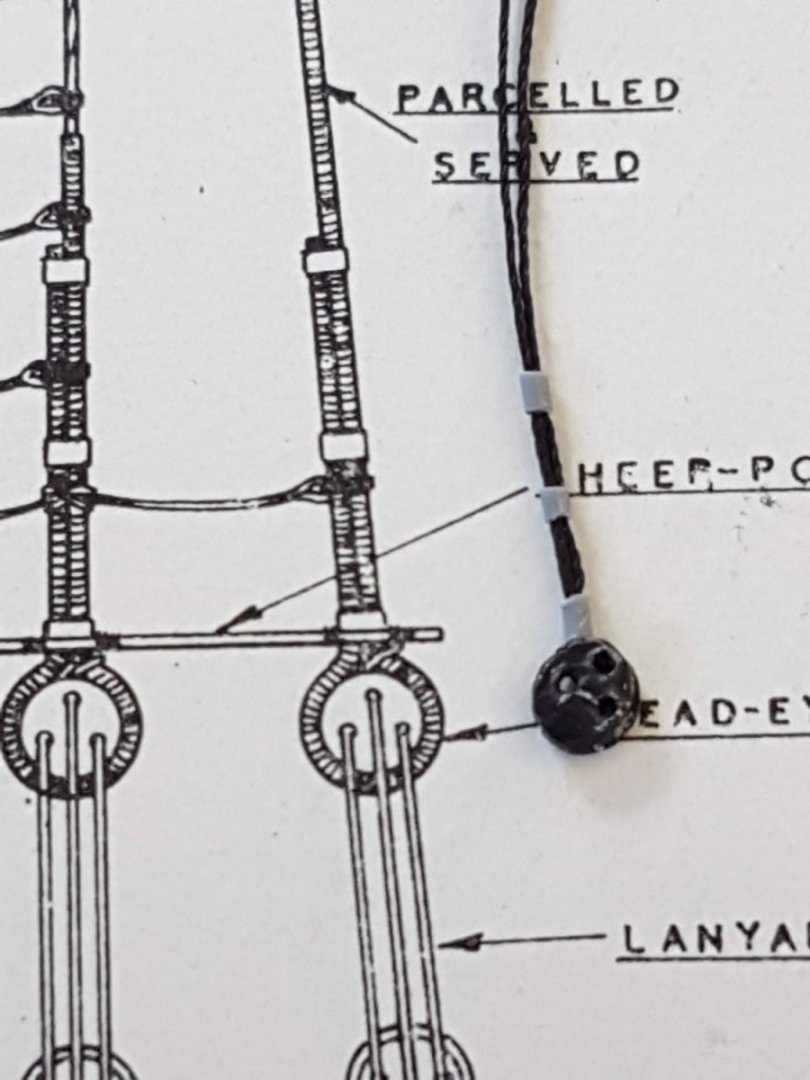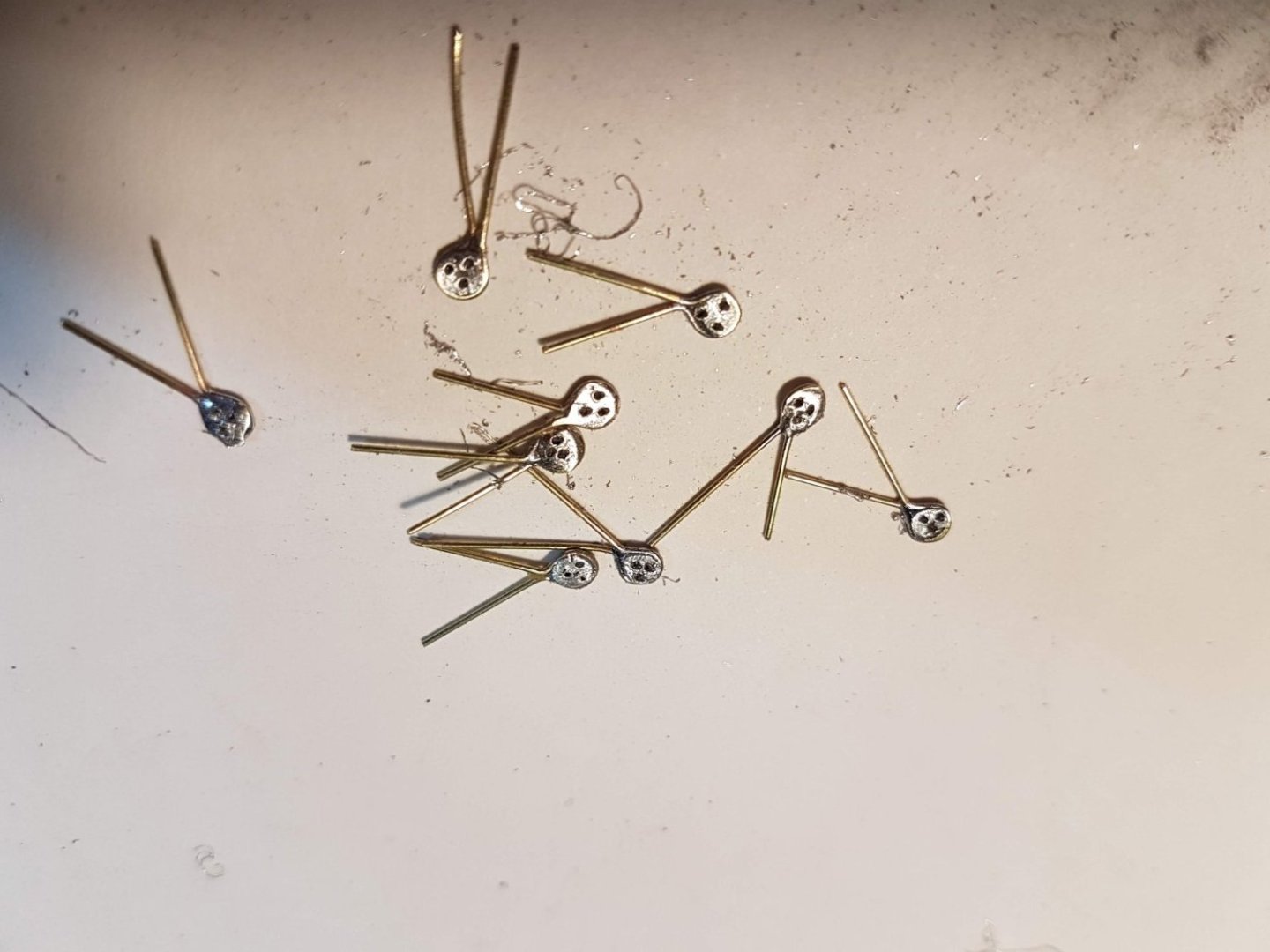
Luis Felipe
Members-
Posts
35 -
Joined
-
Last visited
Content Type
Profiles
Forums
Gallery
Events
Everything posted by Luis Felipe
-
Many thanks again, what a nice picture of Sir Lancelot. Its interesting that depicts white masts and also white cabins, deck arrangements are the ones of the Sir Lancelot, also depicts davits, davits appear in some representations and models and by example Mr. McNarry does not include davits in its models. There is a beautiful model of the Red Jacket by Donald McNarry, very handsome ship, will check also the WILD PIGEON. About the Stephen D. Hopkins book "Red Jacket" I have been looking but it is not available anywhere, so Mr. ClipperFan if you have some scans I will appreciate a lot if you can share it with us. By the way, did you know that here in Chile we have still afloat the ship " Huascar" commissioned by the Peruvian Navy in 1864 to Lairs Brothers, Birkenhead, England. https://en.wikipedia.org/wiki/Huáscar_(ironclad) https://huascar.cl/ Thanks Again. Saludos from Chile, LFG.
-
Many thanks for your recommendations and support. I will start studying the material that I already have plus the books that will arrive soon. Anyway, this is not a decision that will be taken in the short term, I need to recover the enthusiasm after the last "pandemic" sprint that was required to complete Sir Lancelot". In relation to the Stephen D. Hopkins book, Red Jacket let me see if I can find a used copy somewhere, I really like to go over these books, help me to dream about being on board this magnificent hand-made machines that combine 0 emissions with outstanding beauty.
-
Hi, many thanks for your advice, Davy Crocket is interesting, at first browse there is very few to use, a plan with the hull lines, a couple of low resolution model photos and that is, no deck plans no sails plan to be used as references. James Baines and Comet are listed on the William L. Crothers "The American-Built Clipper Ship", I found also few references for Snow Squall. By the other hand is Young America, and I agree is Ed. Tosti phenomenal achievement and an excellent choice for accuracy. I believe that you have provide me a good starting point, I will continue looking on this ships to see what I can find. Thanks again.
-
Now I would like your advice to start the research for my next project, I would like to build an American clipper, there are several options: Flying Cloud: Very well documented, full set of plans available, appealing ( I read Flying Cloud: The True Story of America's Most Famous Clipper Ship and the Woman Who Guided Her See more) and its a very good history. Sovereign of the seas, I got the E. Armitage McCann book "How to make a Clipper Ship Model" documentation is basic, will require much more research. Young America, it seems that its fully documented in three books Modeling the Extreme Clipper YOUNG AMERICA 1853 Volume I, II and III by Edward Tosti, sounds interesting. Flying Fish, I got the Instruction book from BEN LANFORD, may be that I also can get a set of plans. What do you Think fellow clipper fans?
-
Thanks for watching and for your motivating comments. Now the case, case size is 100x39x64cms, this is 39"x15"x25". Wood is some variety of Acacia, brittle but nice color and grain. The plan is use standard glass adding after a layer of UV Protection film. Also it will include a brief review and a couple of images of Sir Lancelot "on the trade".
-
Hi, just want to say that you are doing an amazing job, the rigging details are superb and there is a high degree of coherence and harmony all over your work, its truly inspiring. In relation to wood carving, to prepare the wood for figures carving some artisans just cook the wood, yeap, this is put the piece of wood in a pot with boiling water, somehow this soften the grain easing the details carving. Again, great job. Saludos, LFG
-
Another interesting fact is that Sir Lancelot was initially fitted with Iron Masts but was completely dismasted in its second voyage in Dec 13, 1866. Quoting Mr. Mc Greggor “She was hastily re-rigged in six weeks with a set of Oregon pine masts with proven satisfactory”. The incident is very well described in the Basil Lubbock book the China Clippers. So, modelling decisions again, I decided to use wood for all the masts and maintain the single roller-reefing topsail with Cunningham´s patent on the mizen as shown on the Dutton´s lithograph.
-
Many thanks for your replies and contributions, what a wonderful group of ship modelers. In fact, Mr. Donald McNarry is a “Master” and the 2 models of Sir Lancelot that he built are truly masterpieces. Unfortunately, I implement some early decisions back in 2001 about my model what results in white bulkheads no monkey rail. Later when I found the beautiful “pea green” used by Mr. MacNarry was too late. By chance I believe that the decision about the bulkheads was OK.
-
The hide glue treated fabric results very workable, can be ironed (even with steam), cut as paper with a cartonnier knife and the borders does not fray easily, then I come with the idea of mark the seams with an awl, the result was satisfactory, finally I simulate the seams making a mark with the awl followed by marking lightly with a carbon pencil in each side of the sail. The reinforcements and the hems were done using fabrics glue. Leech ropes were also glue to the sail borders. Other interesting thing is that the more you work or manipulate the sail the stiffness becomes softer. 20220801_185002.mp4
-
Sails I used old handkerchiefs with seams for my previous model, but the sewing generates too many wrinkles spoiling the result, so, for Sir Lancelot I want something better. I do several trials with silk span applying the techniques found in the web, at the end the texture does not fully convince me. So I went back to the fabric, I use and old white cotton shirt and I come with the idea of soaking the fabric in diluted hide glue to add stiffness when dried, the idea was that if the fabric was stiff then the sewing will result in less wrinkles, and it works at some extend but the result was to rude for the scale.
-
Running Rigging For the running rigging I use also tan shoemaker thread (0,3/0,2 and 0,12 mm) with most of the splicing done as the standing rigging with tan 26/24 AWG wire PVC insulation. I start doing the blocks from scratch but the results, specially in the small ones (2 mm) were unsatisfactory, I ended buying the high-quality blocks from Model Shipways with very good results.
-
Standing rigging All references pointed to the use of steel wire for the standing rigging, crossing steel wire sizes with what was available I end up using black shoemarker´s thread in 3 sizes, diameters aprox. of 0,3 mm, 0,2 mm and 0,1 mm (serving & ratlines). One of the challenges was the production of the deadeyes with diameters of 3, 2,5 and 2 mm. Finally and end up making the deadeyes using electronic solder 60/40. The hull side was done filling a thin metal strip folded in a circle of the right diameter and the shroud side filling a formed wire that was retired after. For the seizing of the shrouds I end up using grey PVC insulation of data cables AWG 26 and AWG 24, I was able to pass the wire using an adapted needle threaders creating a loop were to fix the deadeye, this solution also provides the ability to easy adjust the position of the deadeye.
About us
Modelshipworld - Advancing Ship Modeling through Research
SSL Secured
Your security is important for us so this Website is SSL-Secured
NRG Mailing Address
Nautical Research Guild
237 South Lincoln Street
Westmont IL, 60559-1917
Model Ship World ® and the MSW logo are Registered Trademarks, and belong to the Nautical Research Guild (United States Patent and Trademark Office: No. 6,929,264 & No. 6,929,274, registered Dec. 20, 2022)
Helpful Links
About the NRG
If you enjoy building ship models that are historically accurate as well as beautiful, then The Nautical Research Guild (NRG) is just right for you.
The Guild is a non-profit educational organization whose mission is to “Advance Ship Modeling Through Research”. We provide support to our members in their efforts to raise the quality of their model ships.
The Nautical Research Guild has published our world-renowned quarterly magazine, The Nautical Research Journal, since 1955. The pages of the Journal are full of articles by accomplished ship modelers who show you how they create those exquisite details on their models, and by maritime historians who show you the correct details to build. The Journal is available in both print and digital editions. Go to the NRG web site (www.thenrg.org) to download a complimentary digital copy of the Journal. The NRG also publishes plan sets, books and compilations of back issues of the Journal and the former Ships in Scale and Model Ship Builder magazines.

